Future Cave
December First, 2022, Future Cave Performance at The Cube, Moss Arts Center
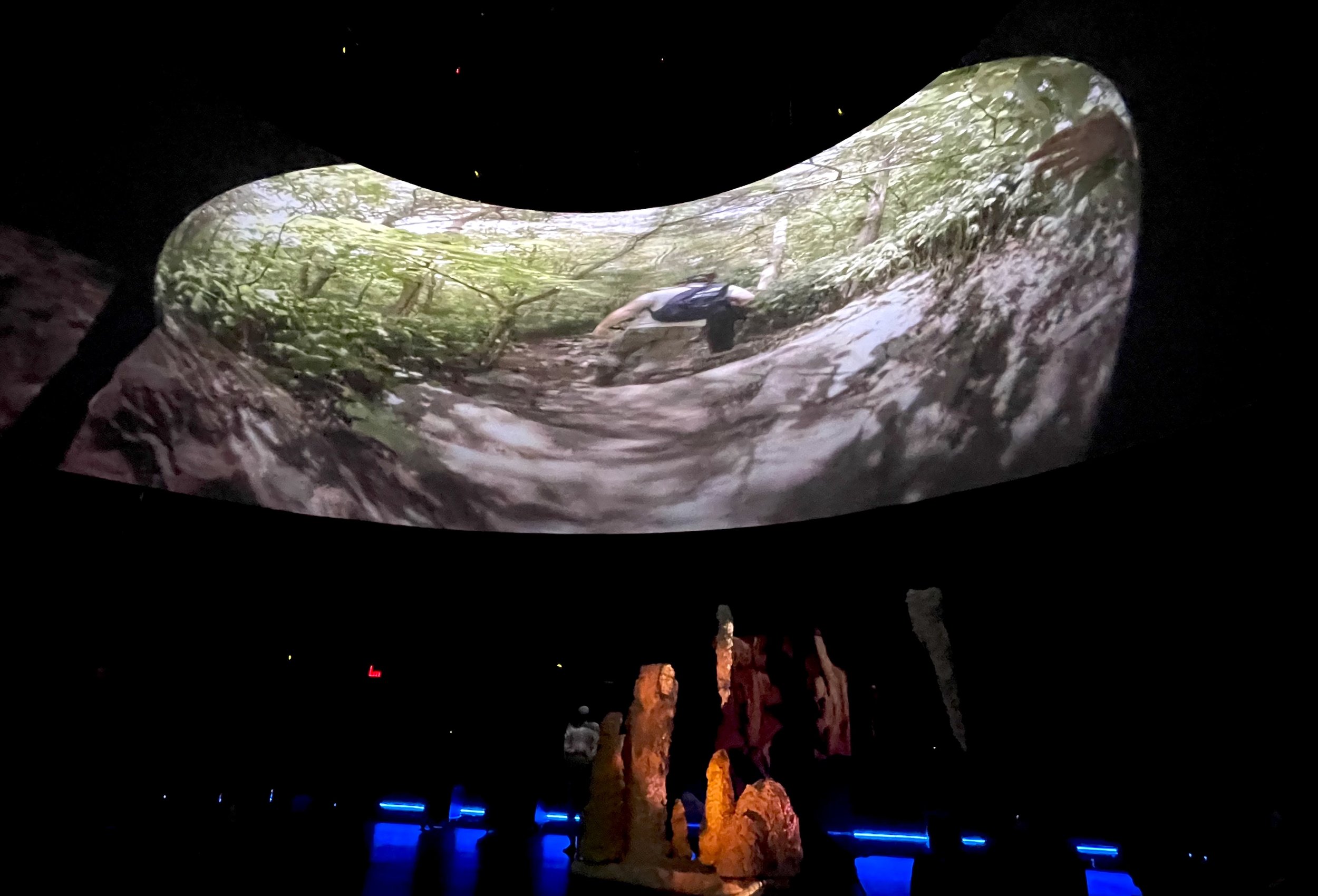
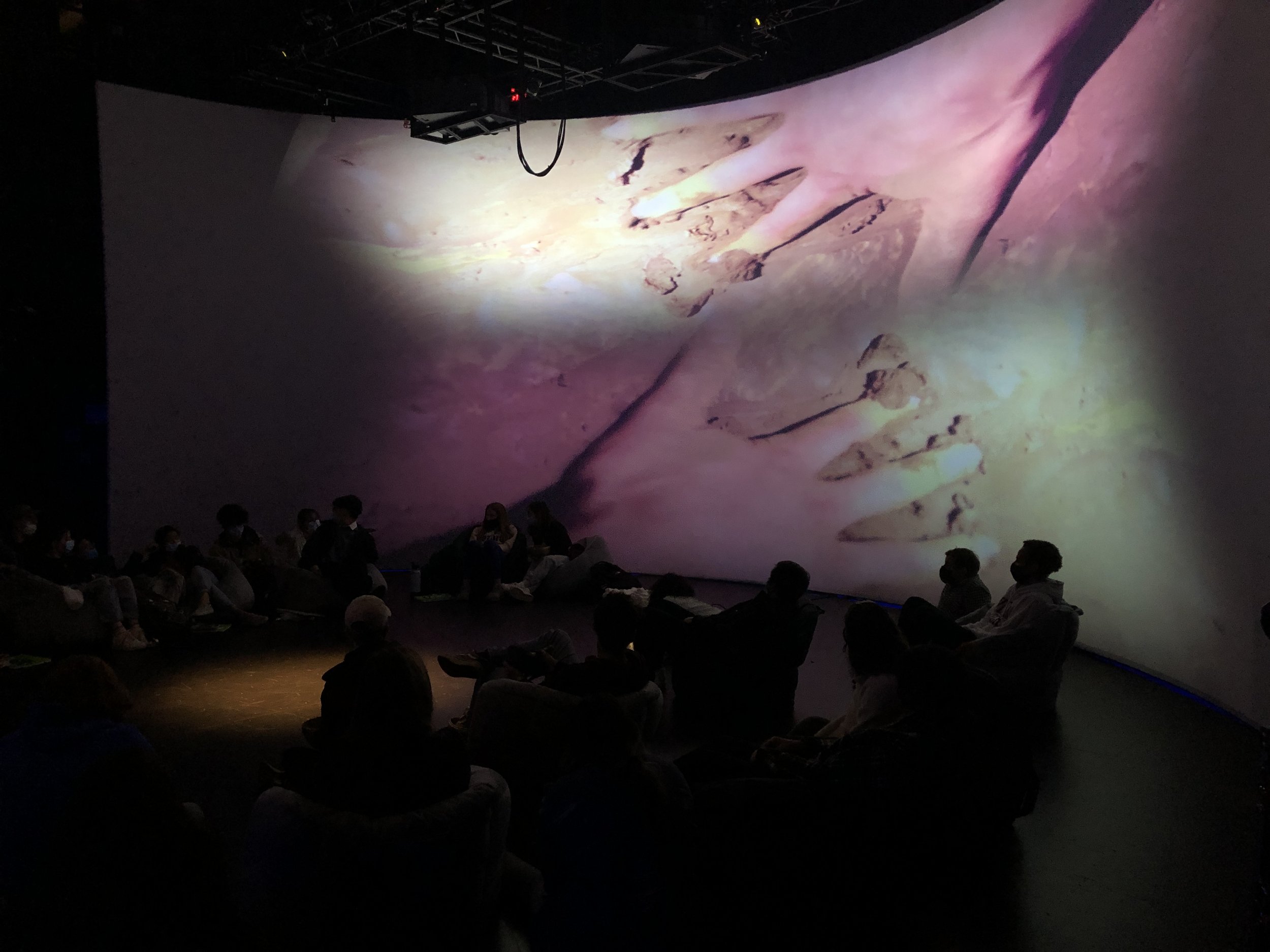
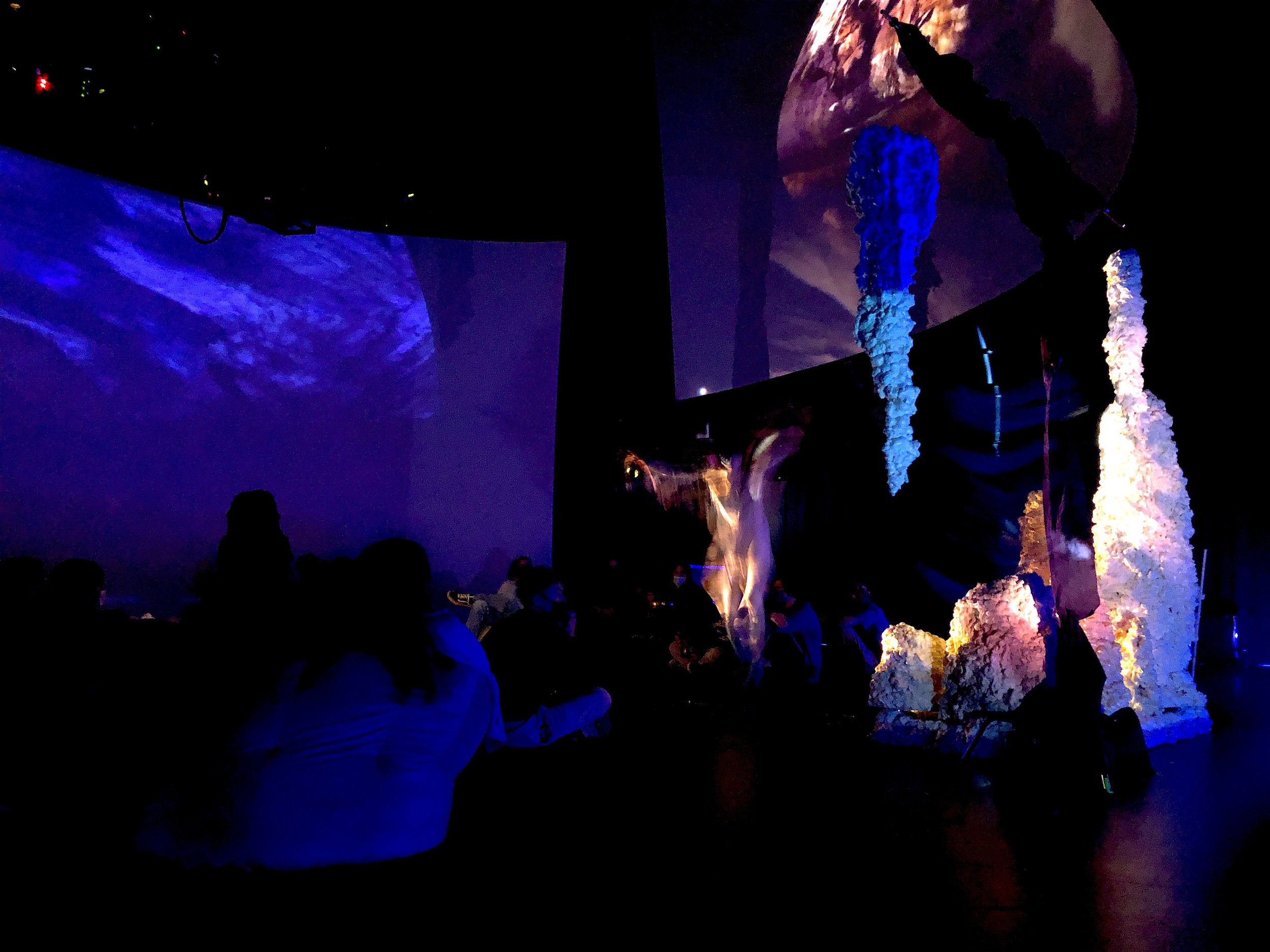

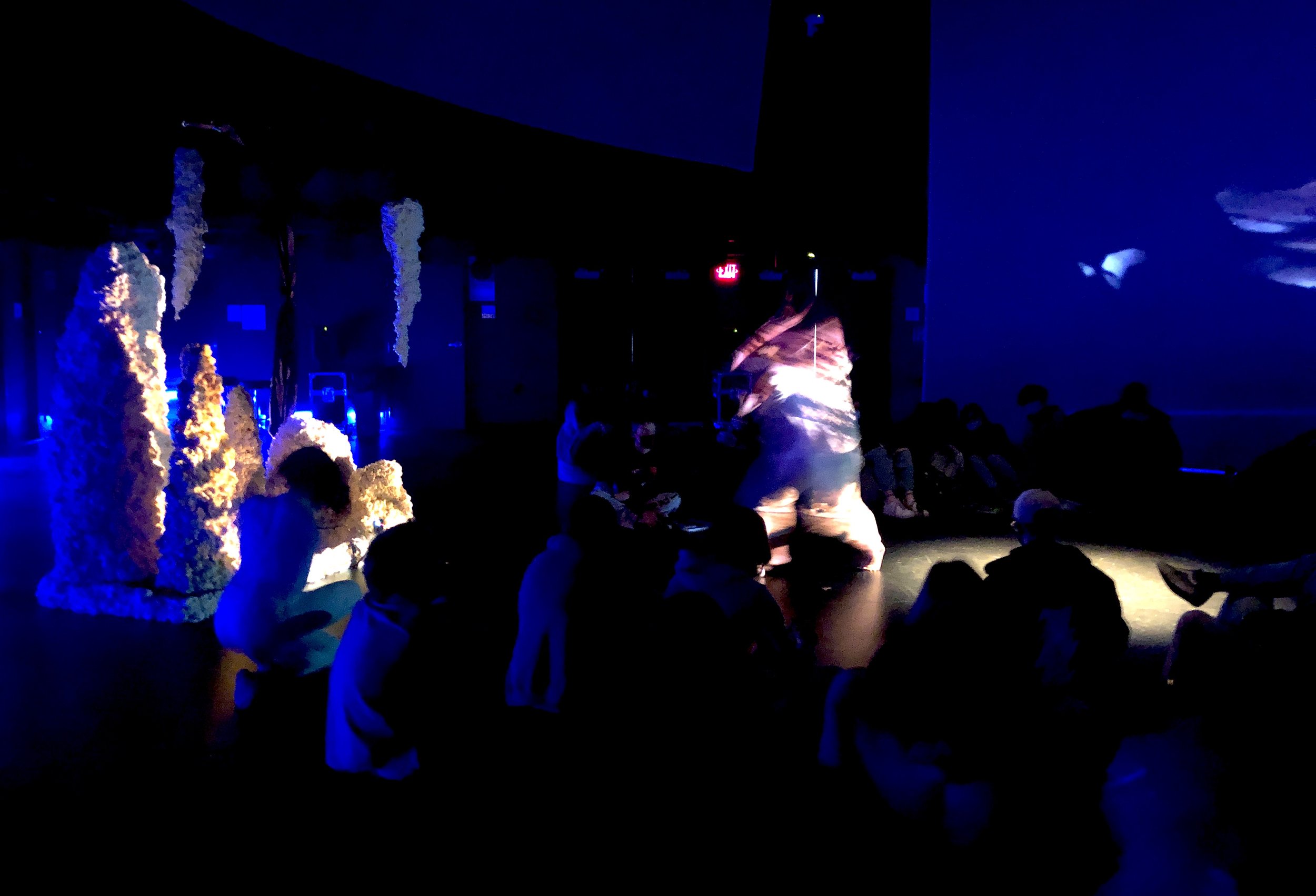
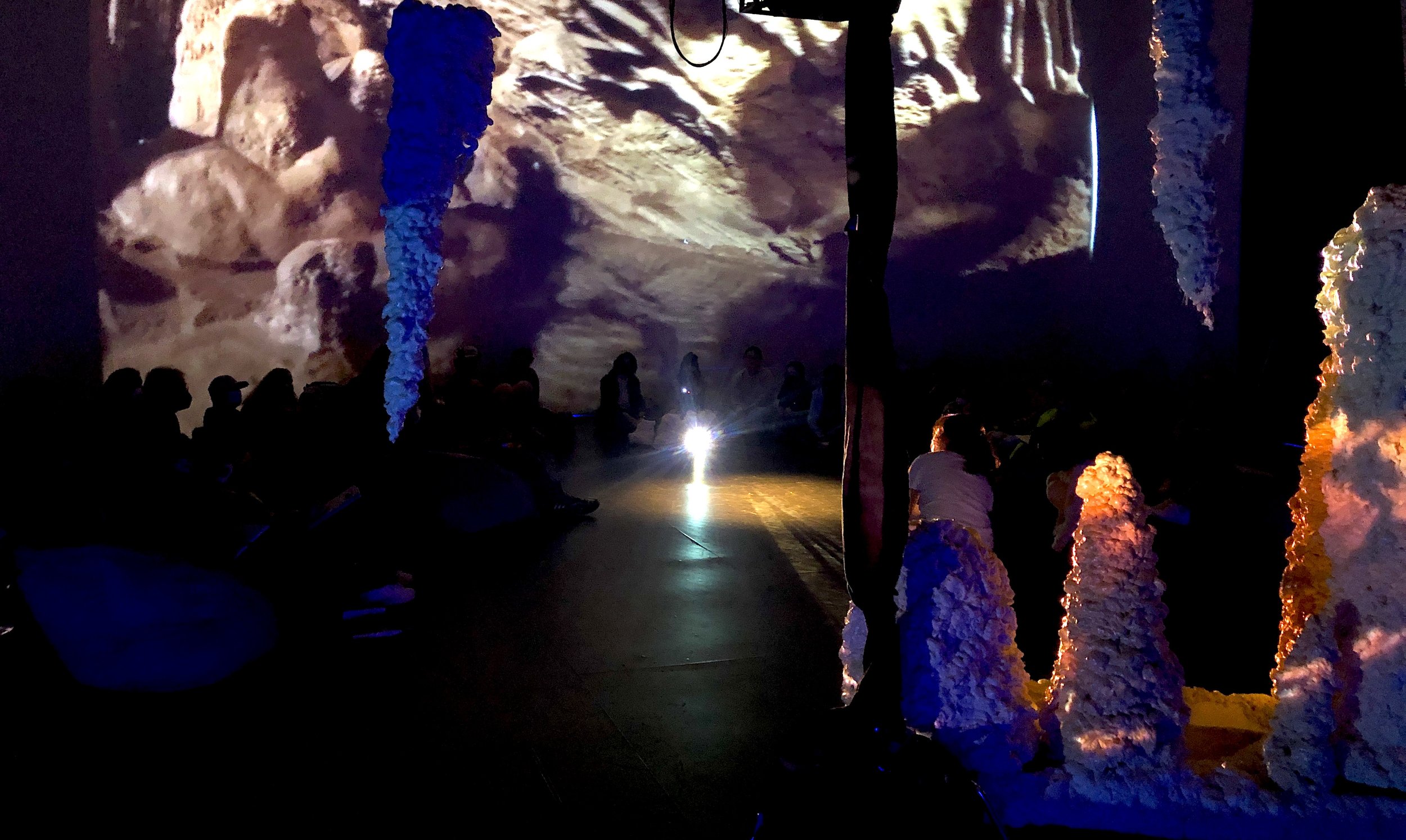

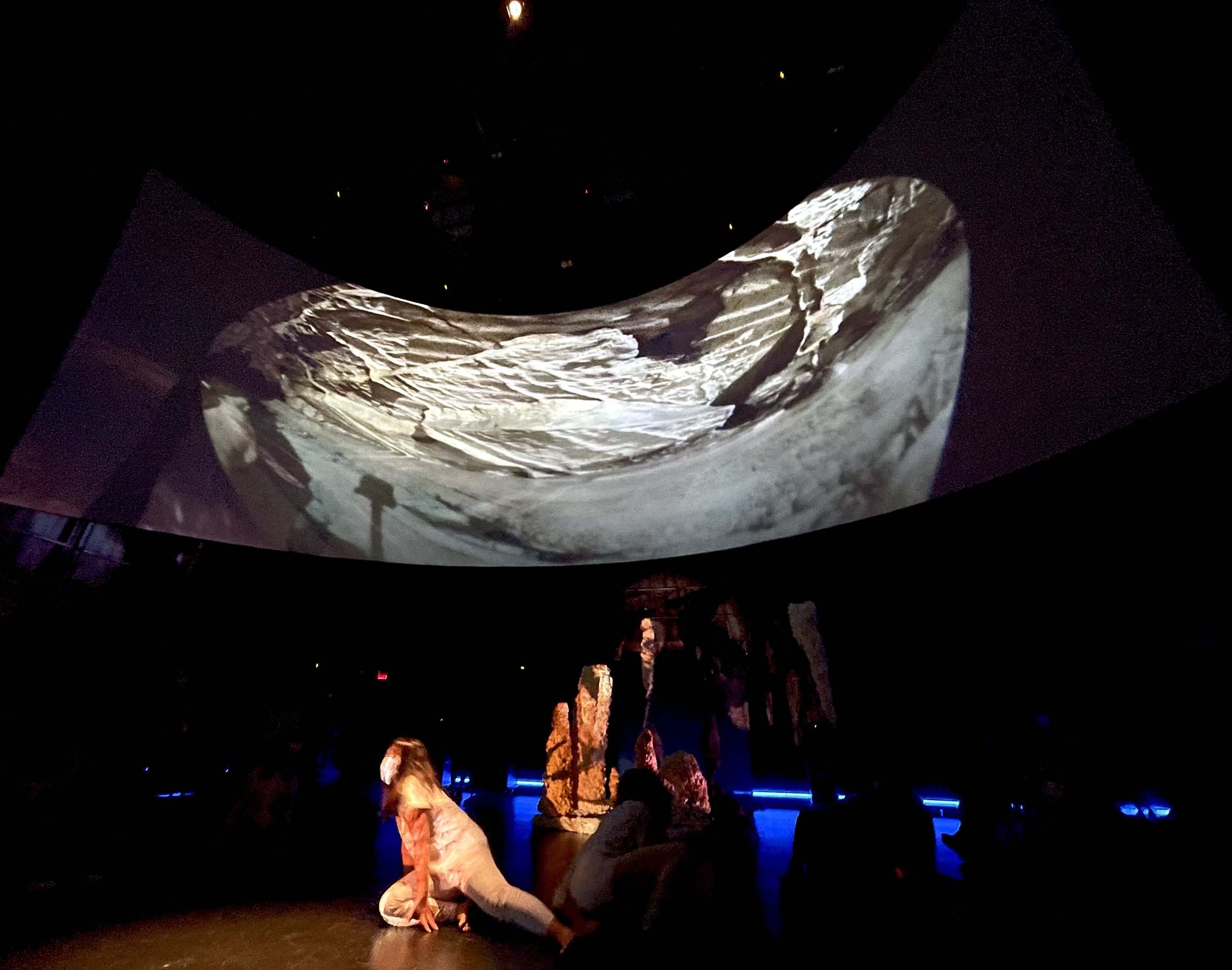
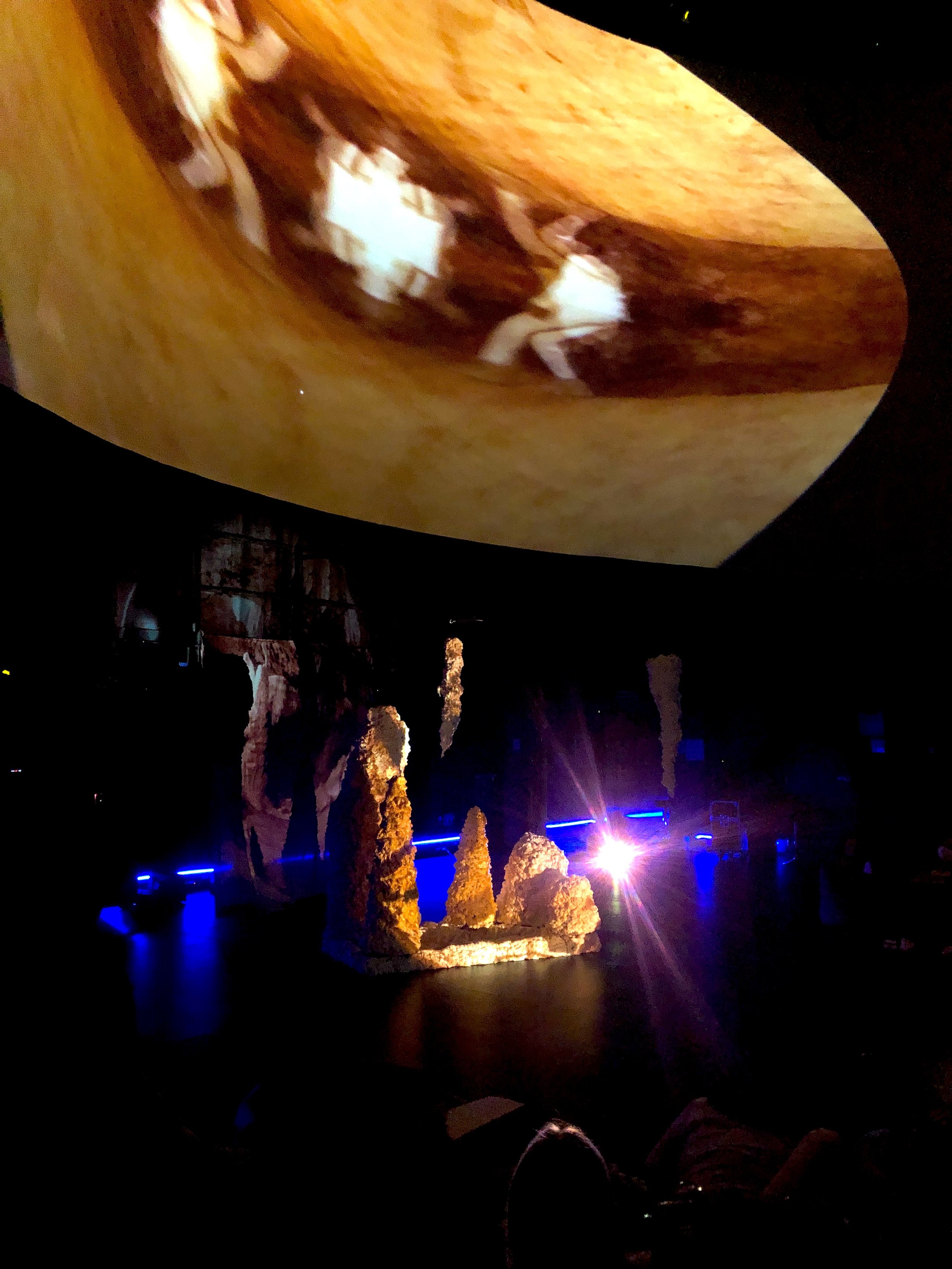
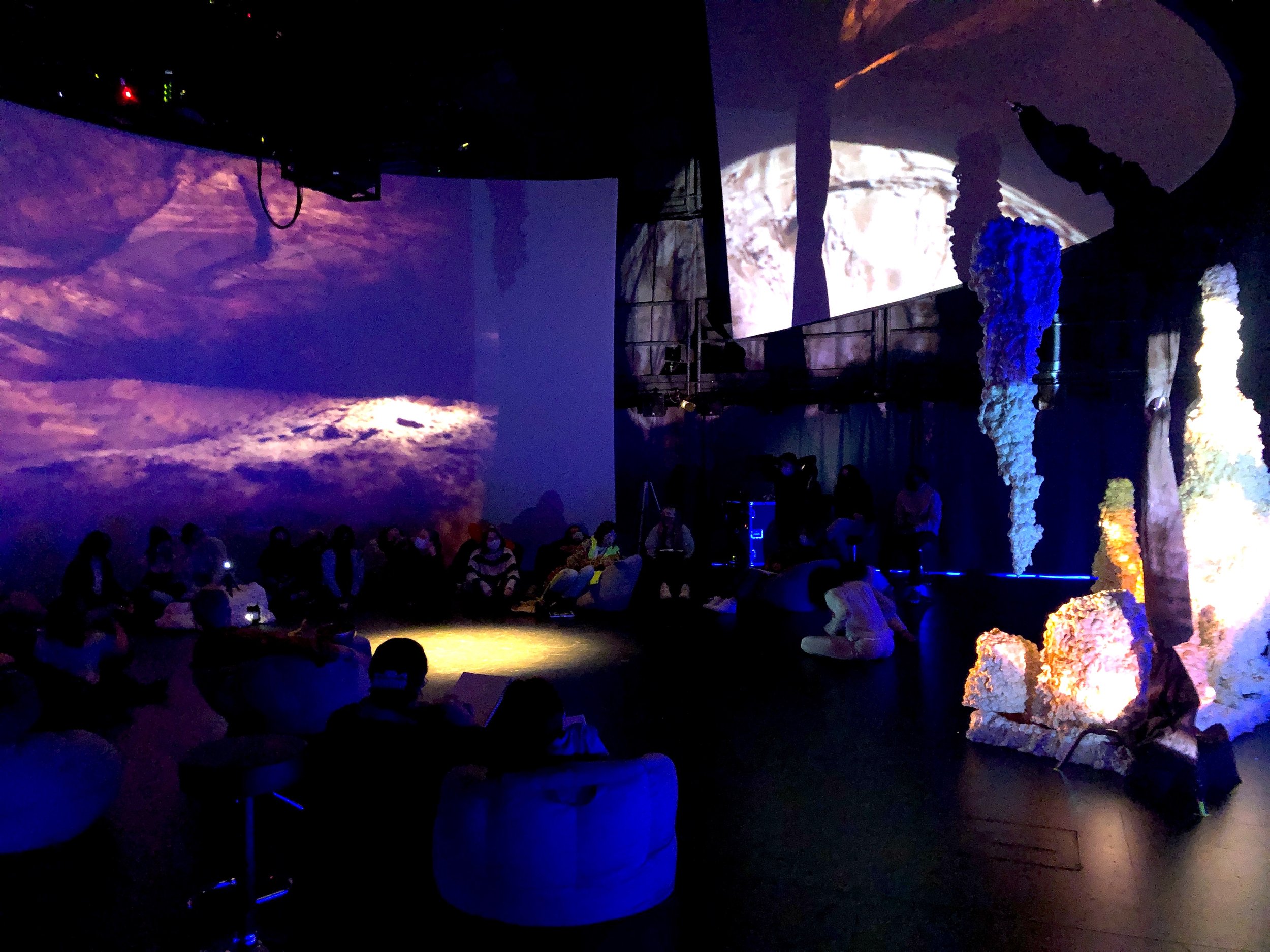
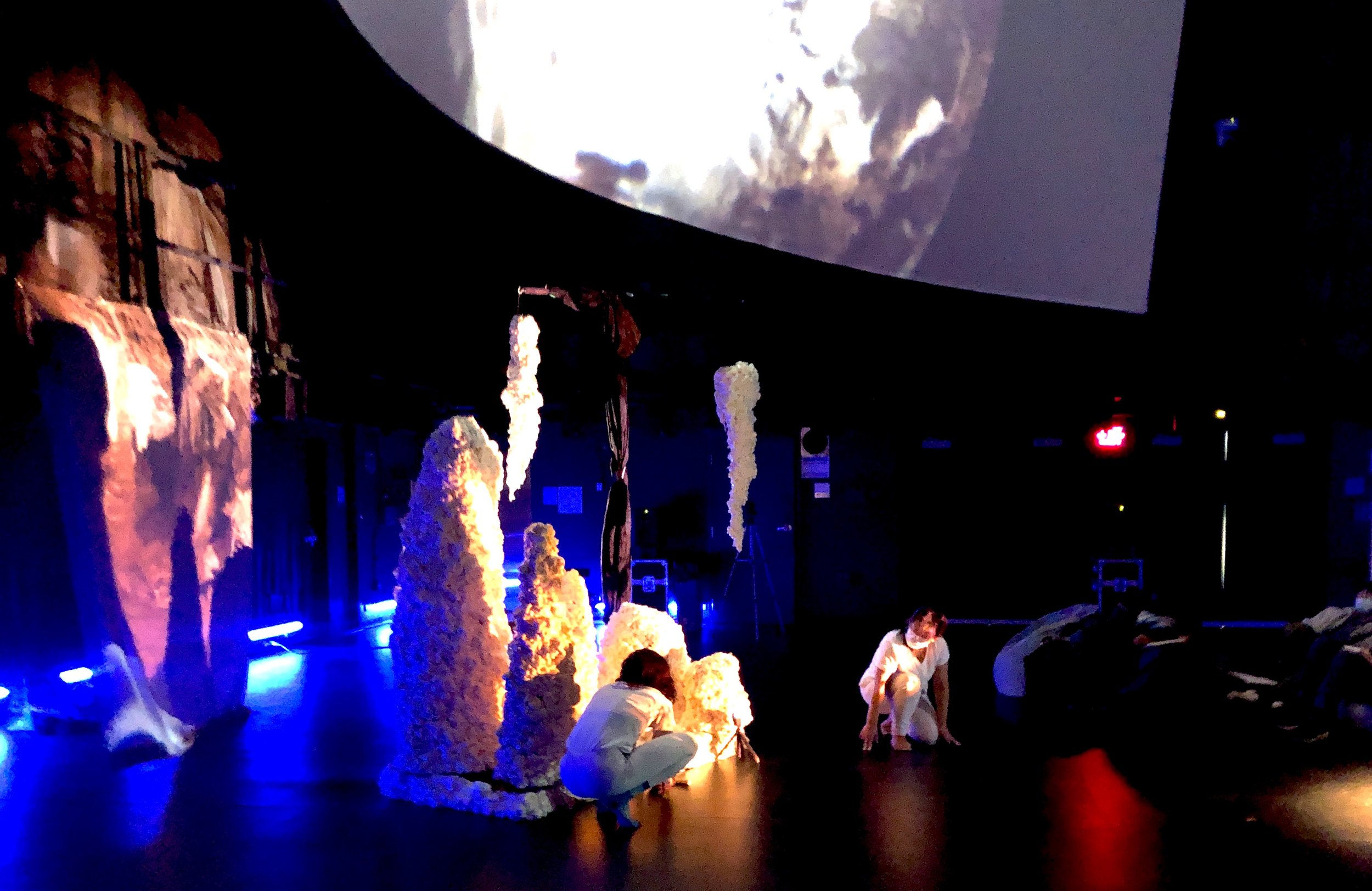
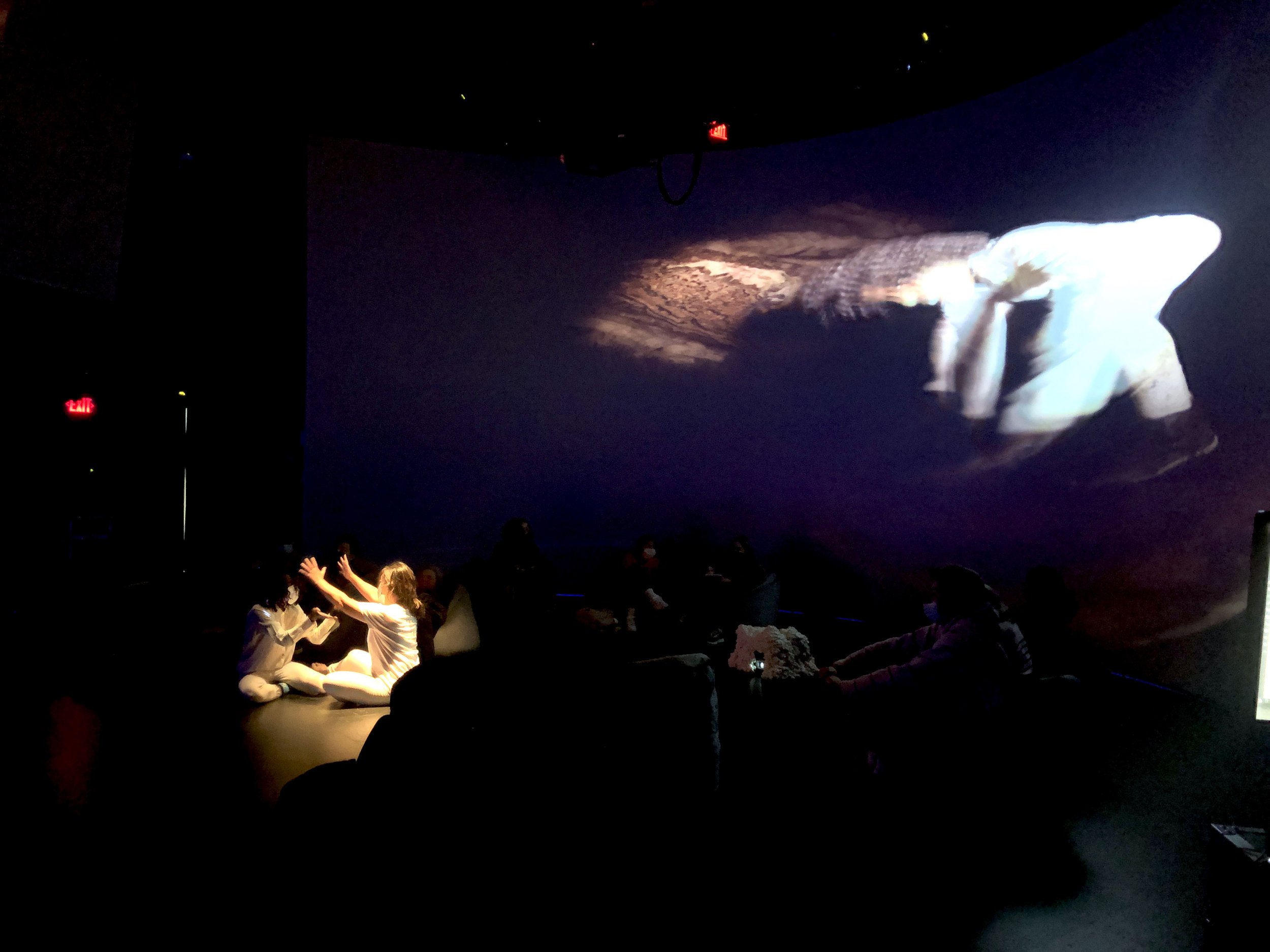
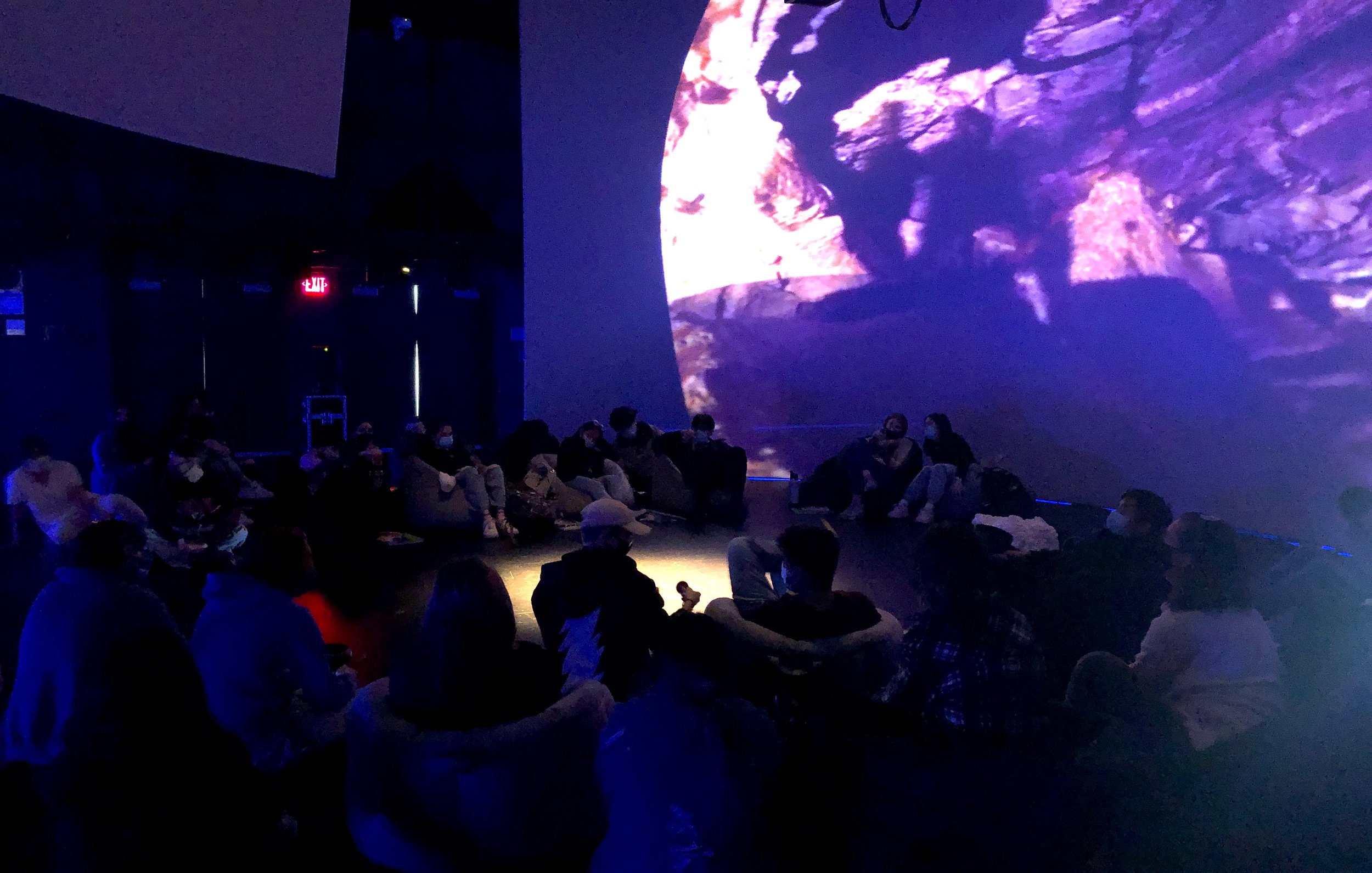
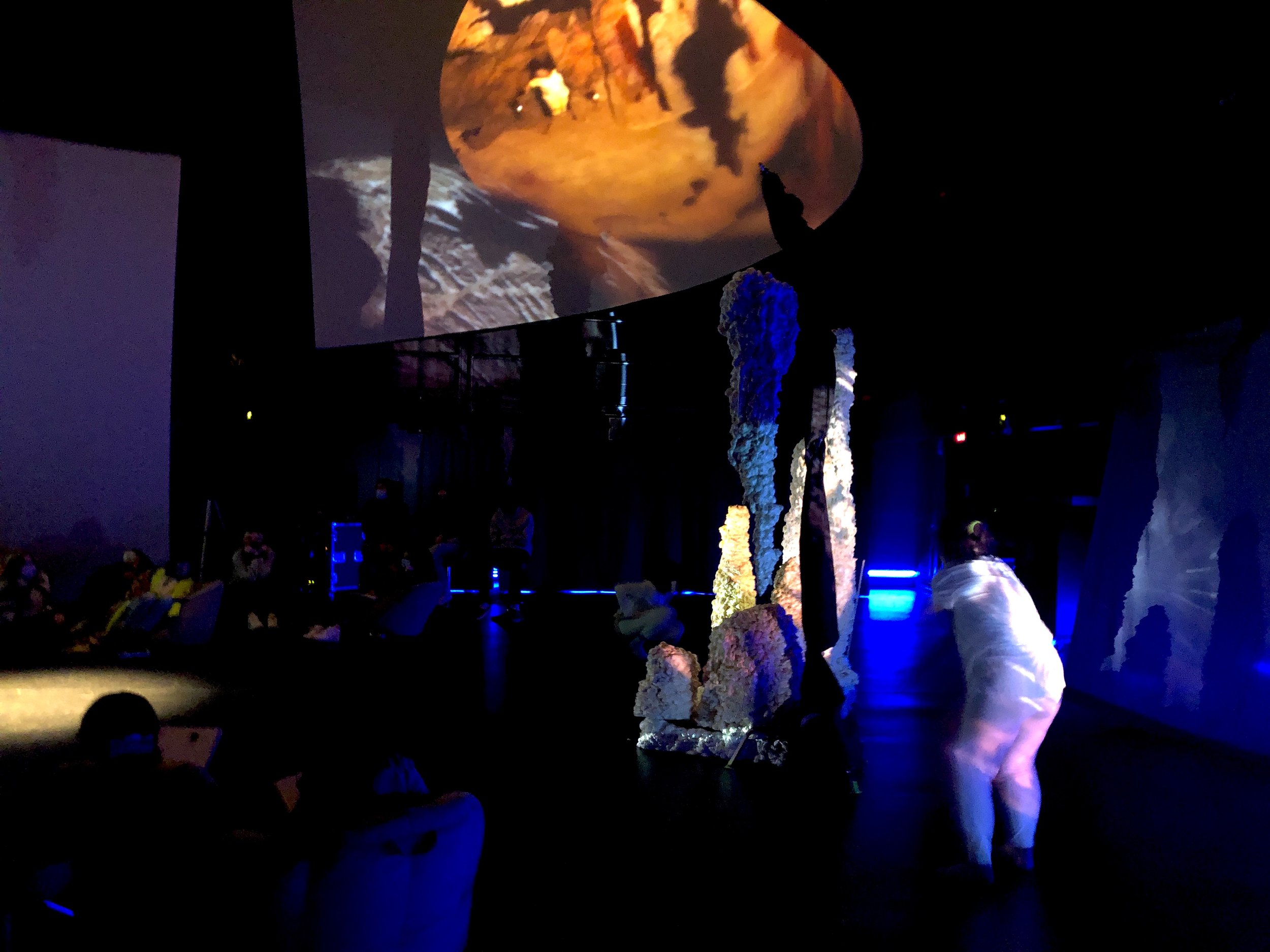
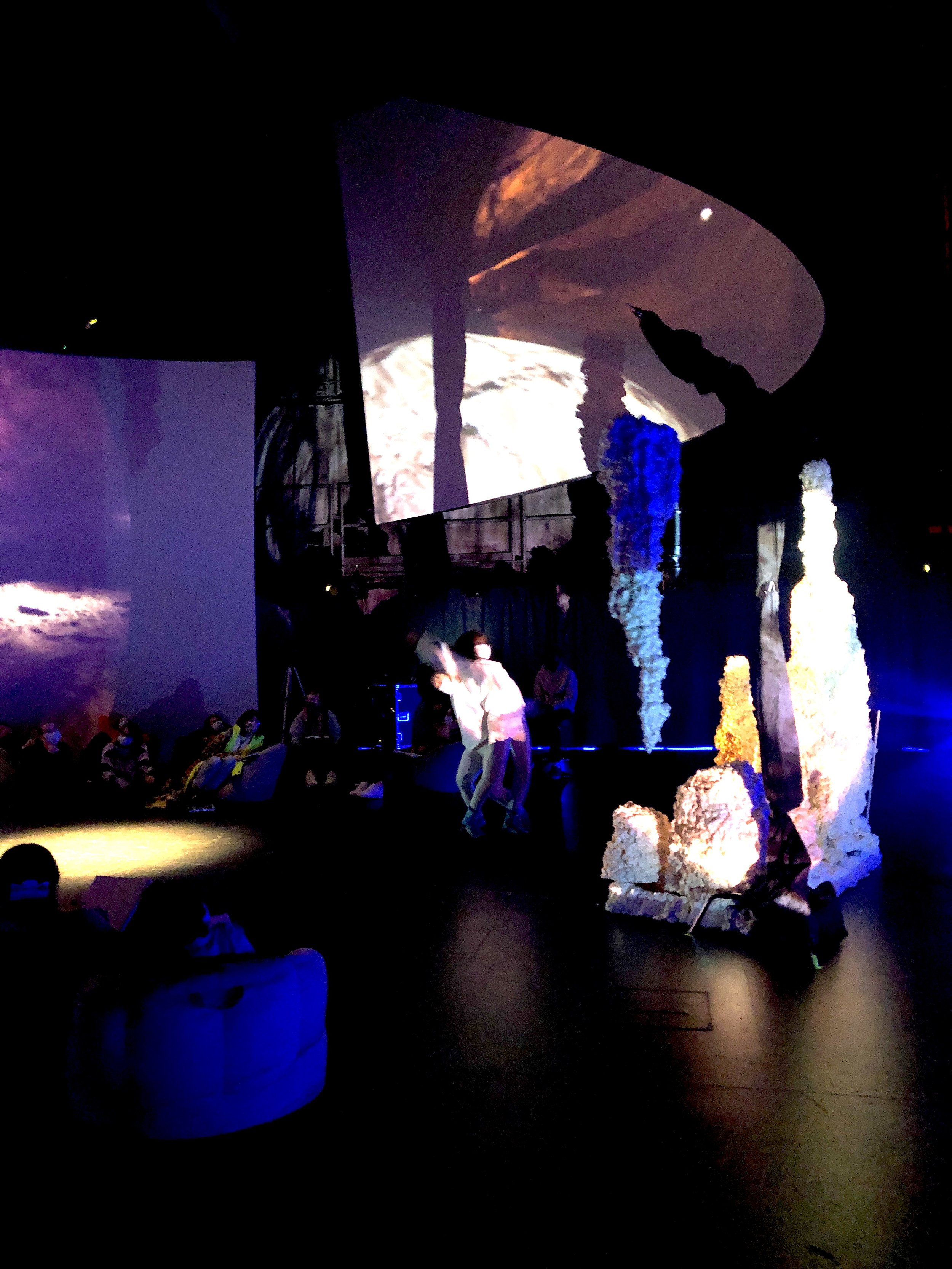
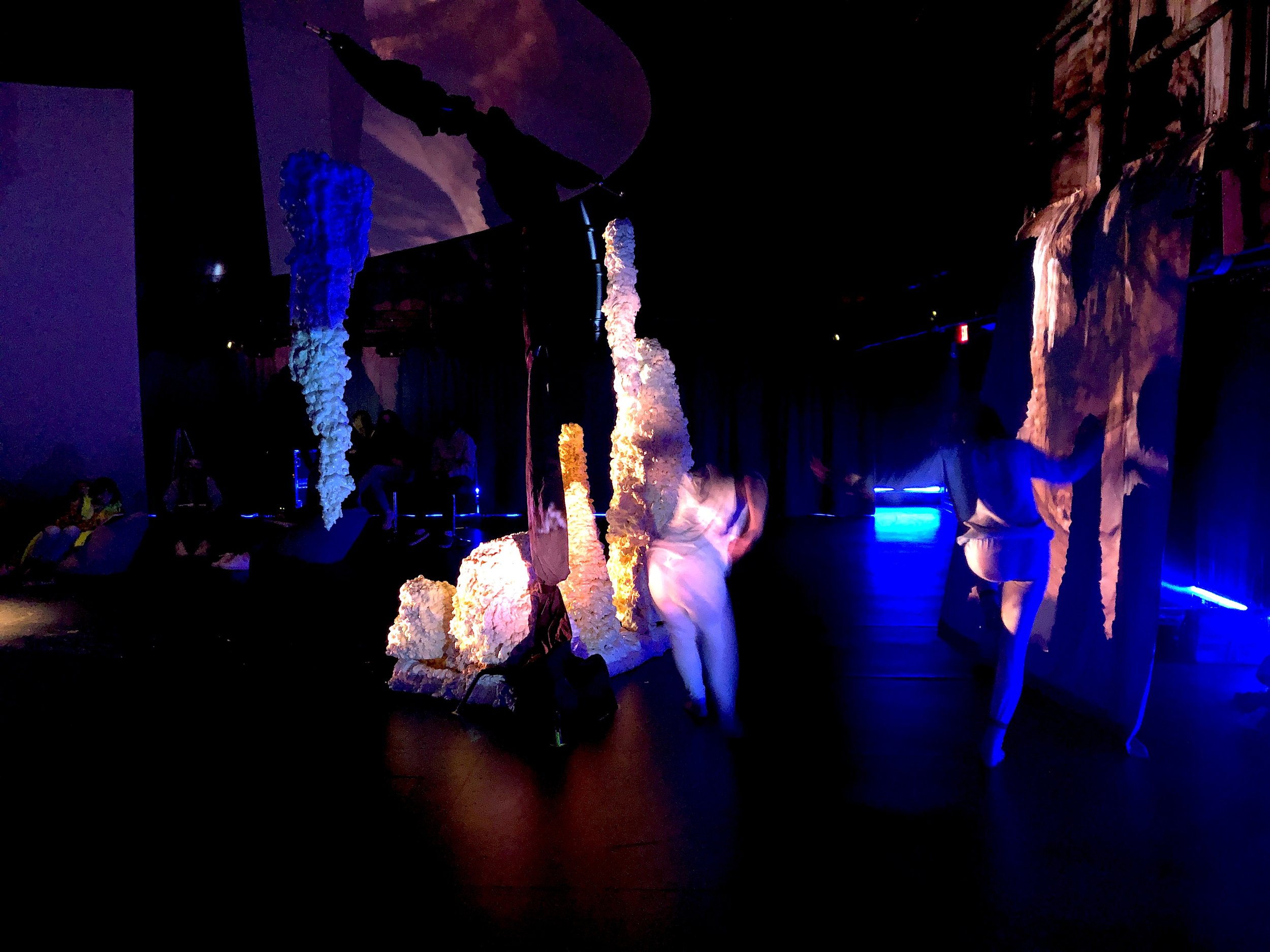
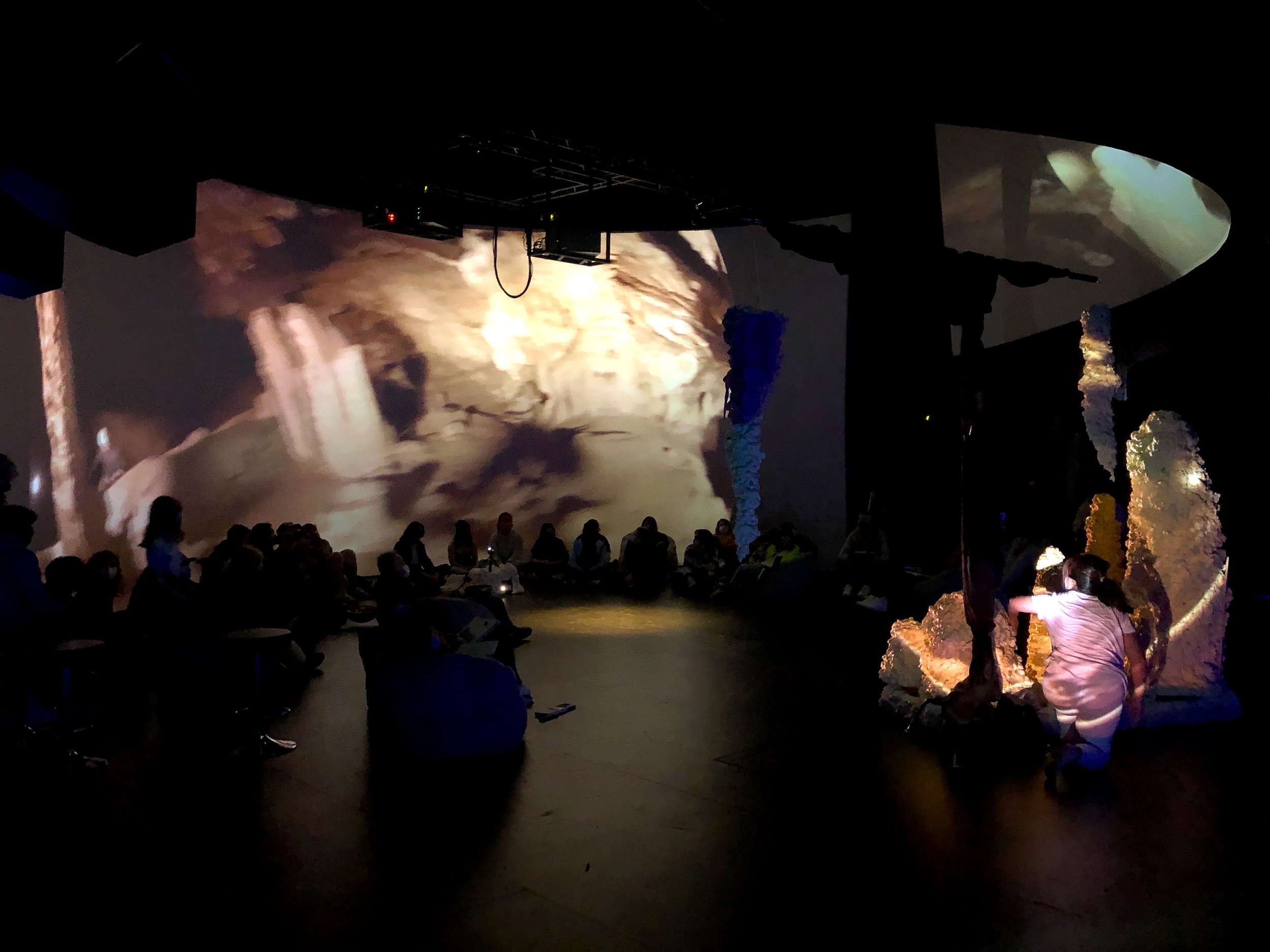
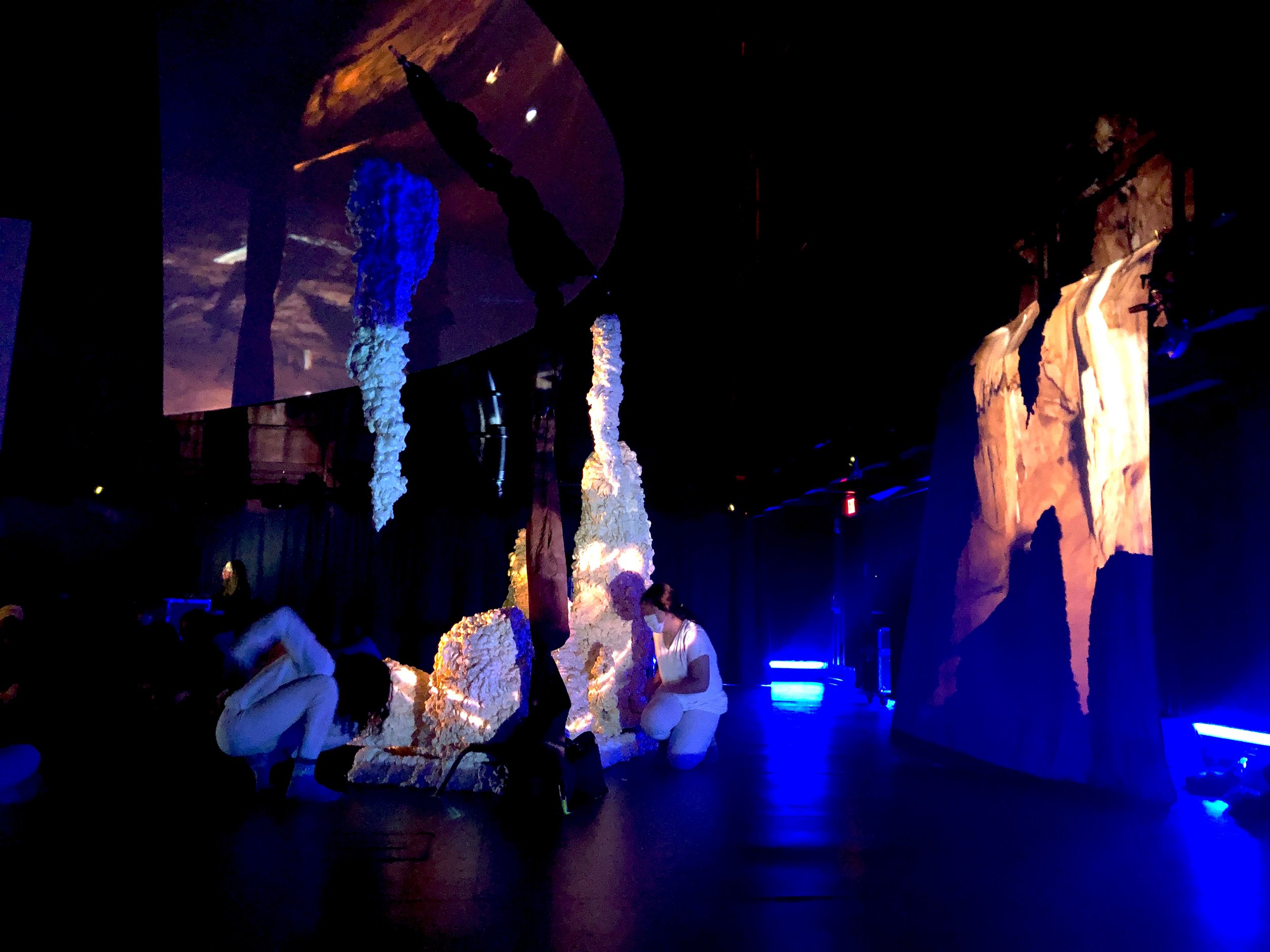
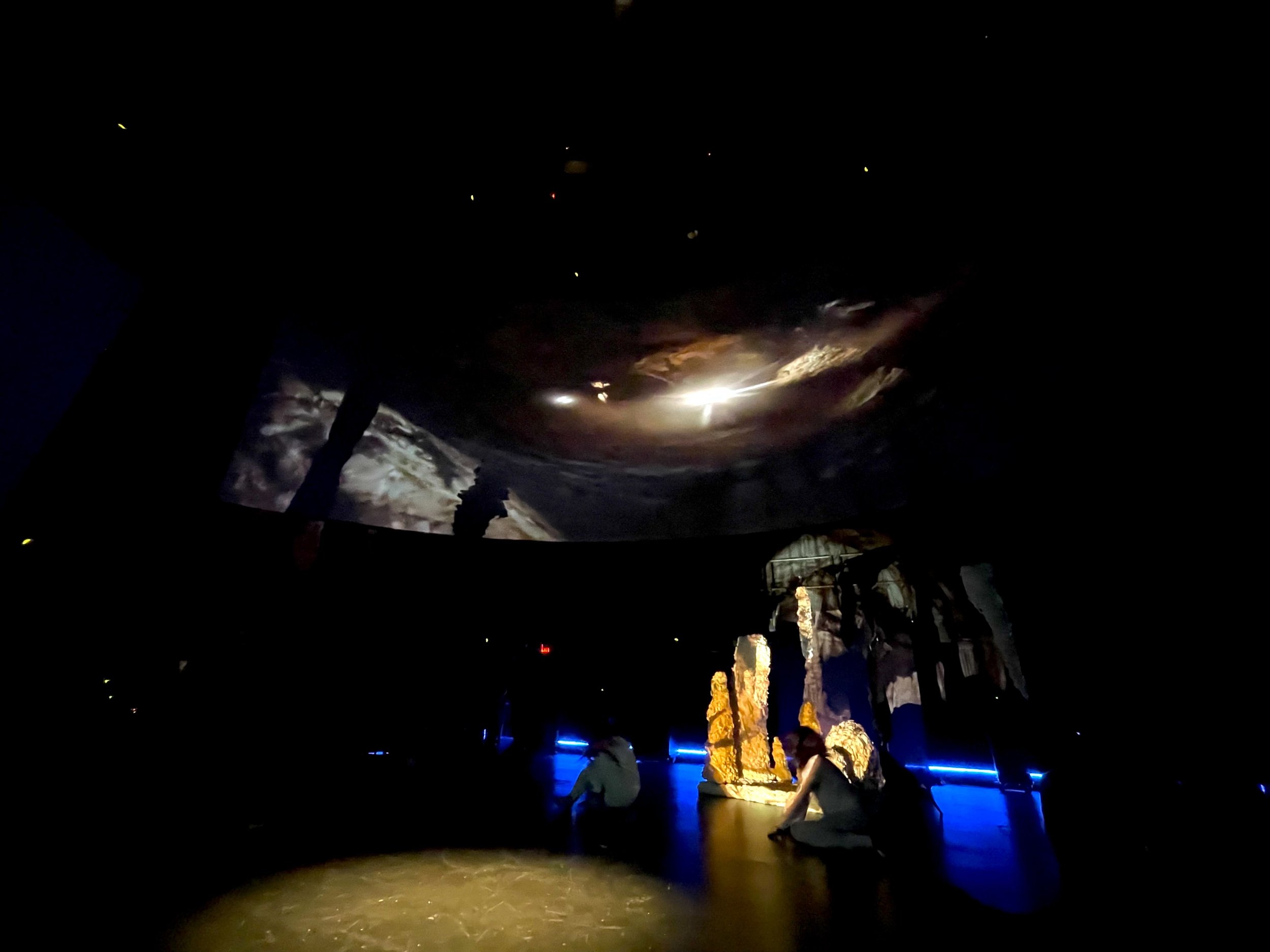
On Dec. 1st, 2021, Future Cave was exhibited in a first iteration as a performance and installation at the Cube in the Moss Arts Center at Virginia Tech. Here, Hiromi Okumura and Jasmine Edison performed dance and sound elements, and these videos were projected on cylindrical screens that enveloped the audience. The audience also participated, playing singing bowls, and sometimes dancing.
Katy Dryman, Blacksburg Highschool Art Teacher, and the Blacksburg Highschool Art Club created the cave formation sculpture in the Future Cave exhibition, after trekking with us down into Tawney Cave, in Spring of 2019.
Video was edited by Amelia Salisbury. Sound was created by Miles Washington, James Wood, and Amelia Salisbury. Performers and collaborators in these videos include: Phat Nguyen, Hiromi Okumura, Jasmine Edison, Nathan King, Claire Constantikes, Amelia Salisbury, James Wood, Miles Washington, Wallace Santos, Cambria Mcmillan-Zapf, August Roth, and Andrew Warren.
Future Cave was generously supported by an ICAT (Institute for Creativity, Arts, and Technology) SEAD Grant. We are profoundly grateful to Mike, Ava, & Onyx (land owners and stewards of Tawney) and to the Bat Ranch, and feel immense gratitude to Tawney Cave herself. Learn more about this Project here at our Future Cave Blog, through our ICAT Playdate Presentation, or through our recent Progress Report.
Video Projections, in Four Parts
One: Emerge, Ingress; a Myth Drifts
Two: Manus Mud-Dough Dewclaw-Lit
Three: Meta for Preda, a Cancrid Play
Four: Ritual of the Moon’s Rooms
Future Cave is a collaborative project that began Summer 2018, among friends: Phat Nguyen, Hiromi Okumura, and Amelia Salisbury, in Tawney Cave (Giles County, Virginia). On an initial cave trip, we played singing bowls sitting on the edge of Tawney’s subterranean stream. We listened to the vibrating songs as water dripped from the ceiling; our flashlights laying on the muddy banks. Meditative patterns of light, reflected from the stream across the cave walls. We were dazzled by these light bands, weaving, shimmering, and braiding in motifs that echoed the murmuring bell-sound of our bowls.
Tawney amplified the body’s internal sounds, and dismissed conventions of familiarity that bodies assume within their surroundings (balance, peripheral vision, relative position, scale, and relevance in time and space). The deprivation of familiar stimuli enhanced the shape of even the most minute discernments. Though we were immersed by Tawney, in real time and space, we noticed we still perceived the cave at large through our devices and screens. From there, we began capturing 360-degree video of Tawney’s tranquil environment and these small performances of sound and light. Many friends and collaborators joined us on more than 20 cave trips. Performance elements expanded to include dance, cast shadows, and projections.
We were thinking about primitive and futuristic bodies/beings and their representations, the human impulse to record one’s presence, leave marks, and create stories (from prehistoric cave paintings to digital dance projections and 3D mapping), the cave as a figurative form, the mind as a cave like form, origin myths, blurred boundaries between simulacra and authenticity (drawing analogies between the illusion of animated mega fauna in caves like Lascaux, the shadow forms in Plato’s Cave, and the digital screens we perceived and captured the cave through), the cave as a nourishing and healing source, and the transformations of process and vision that occur through collaboration.
December First, 2022, Future Cave Performance at The Cube, Moss Arts Center (Continued)
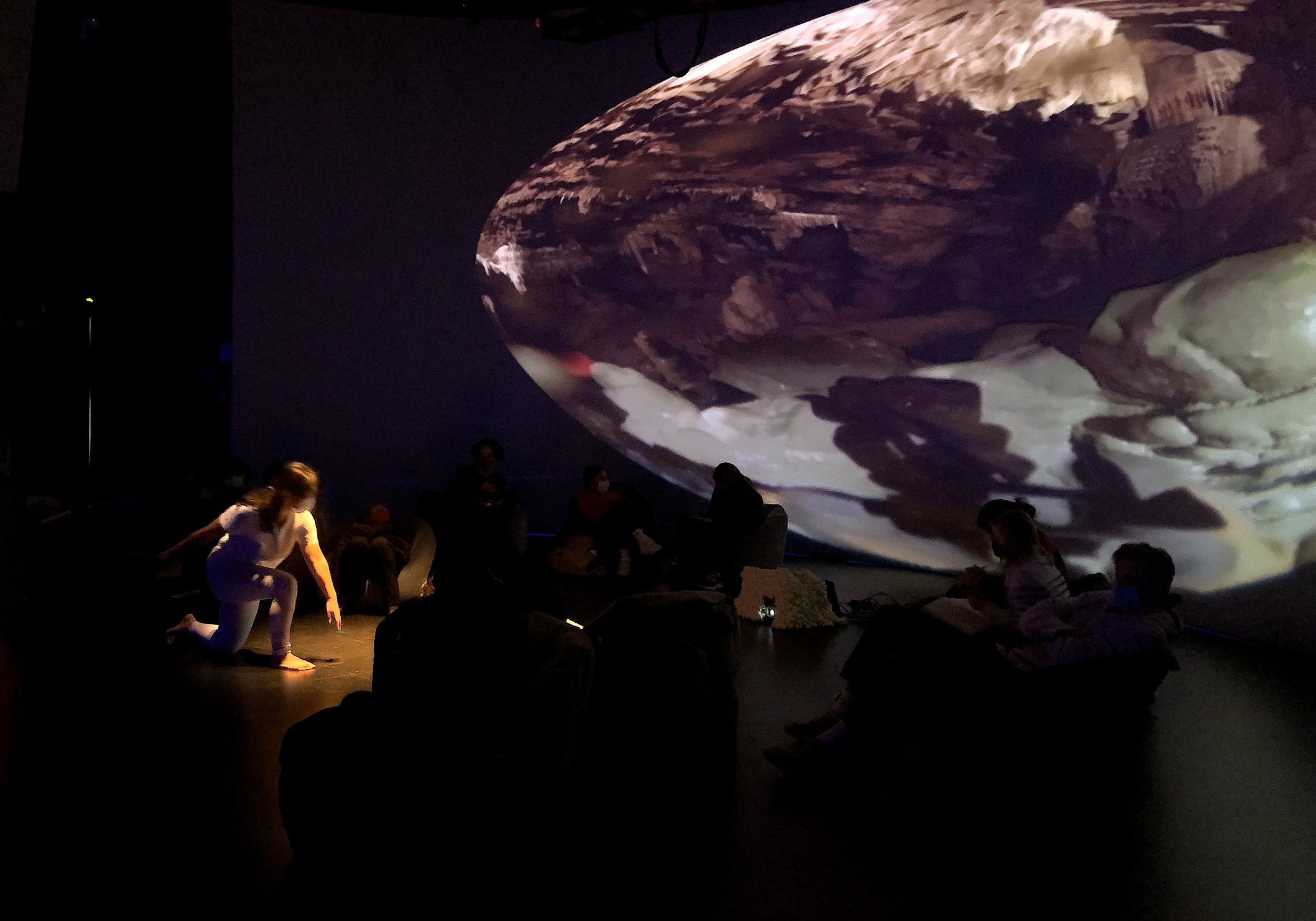
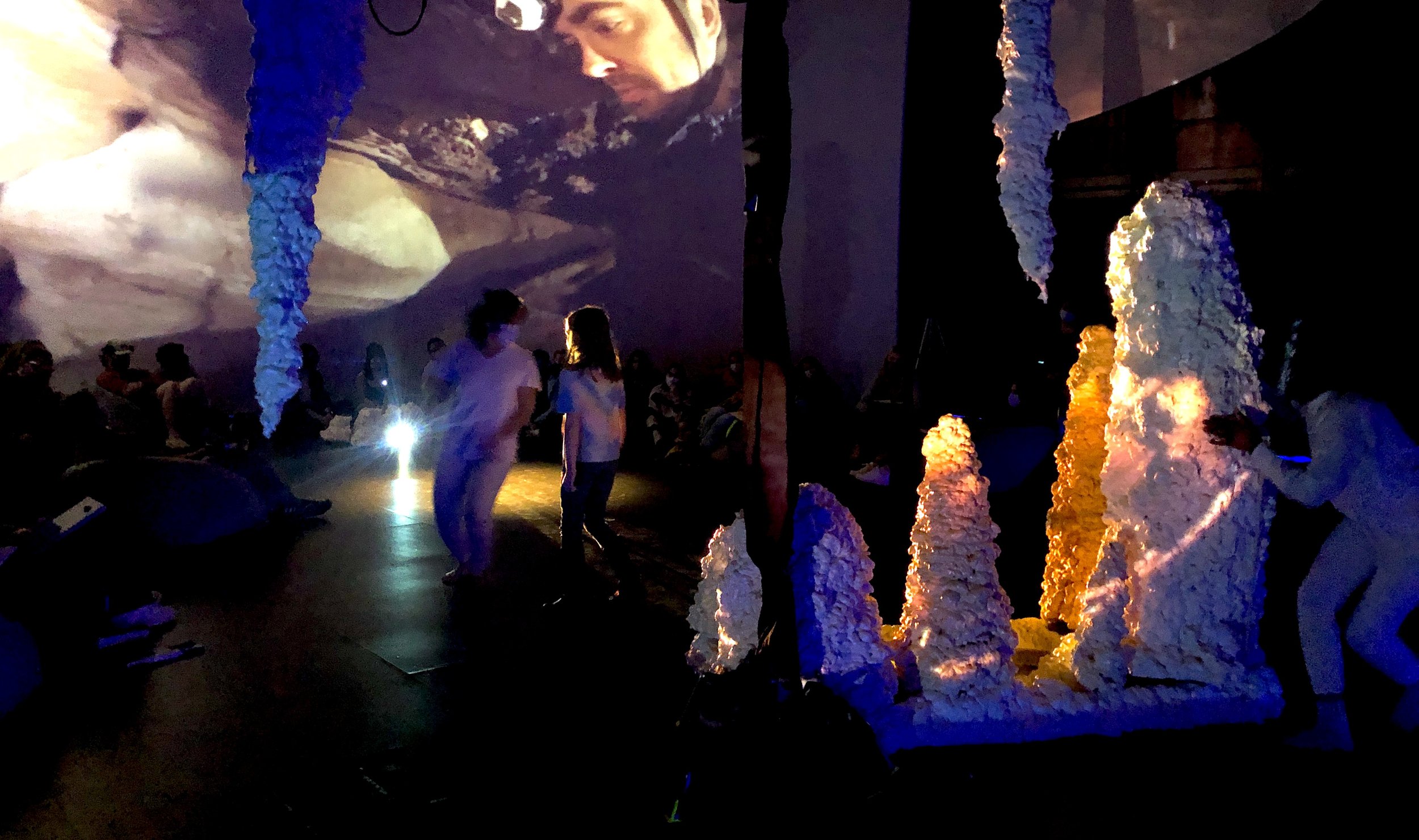
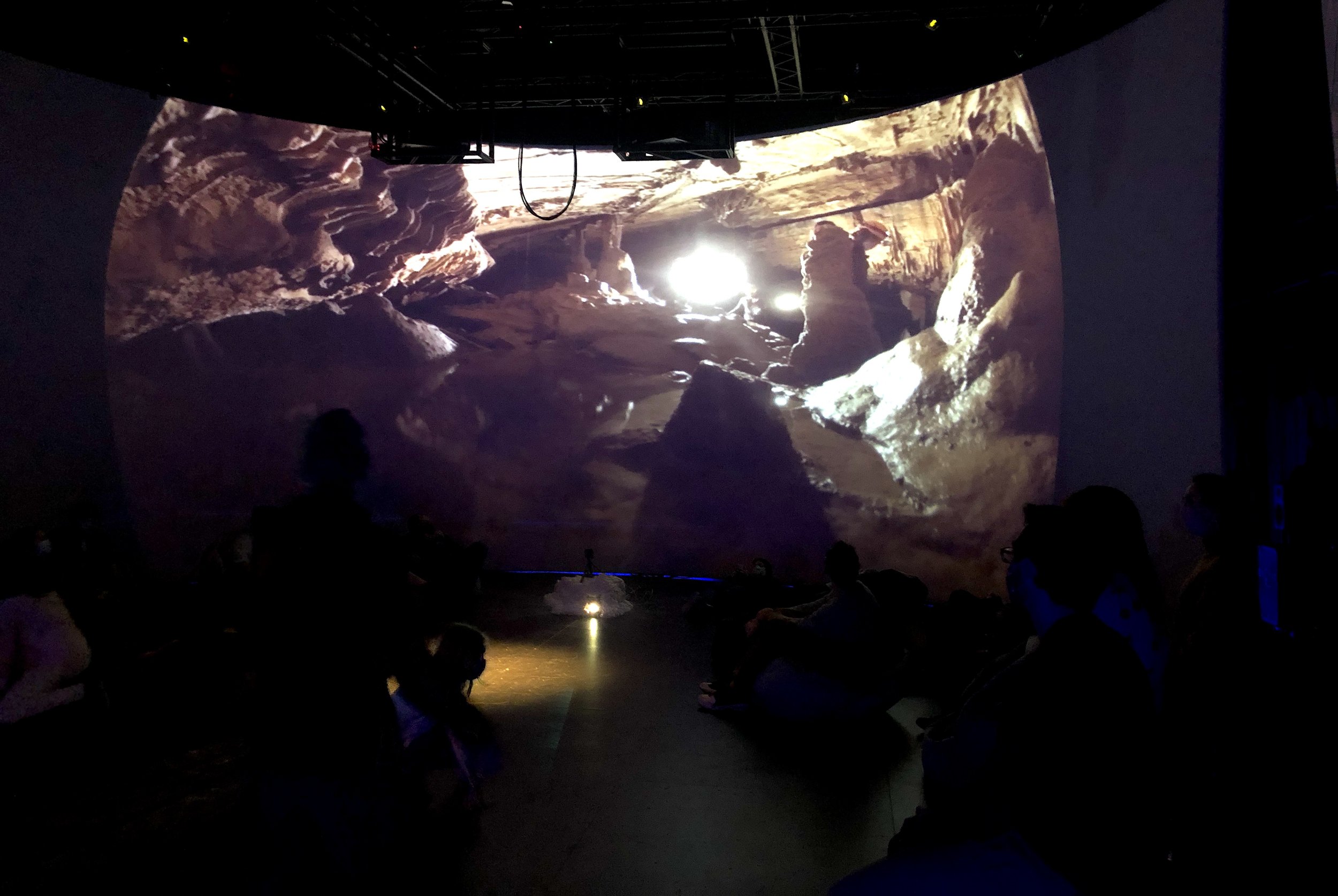

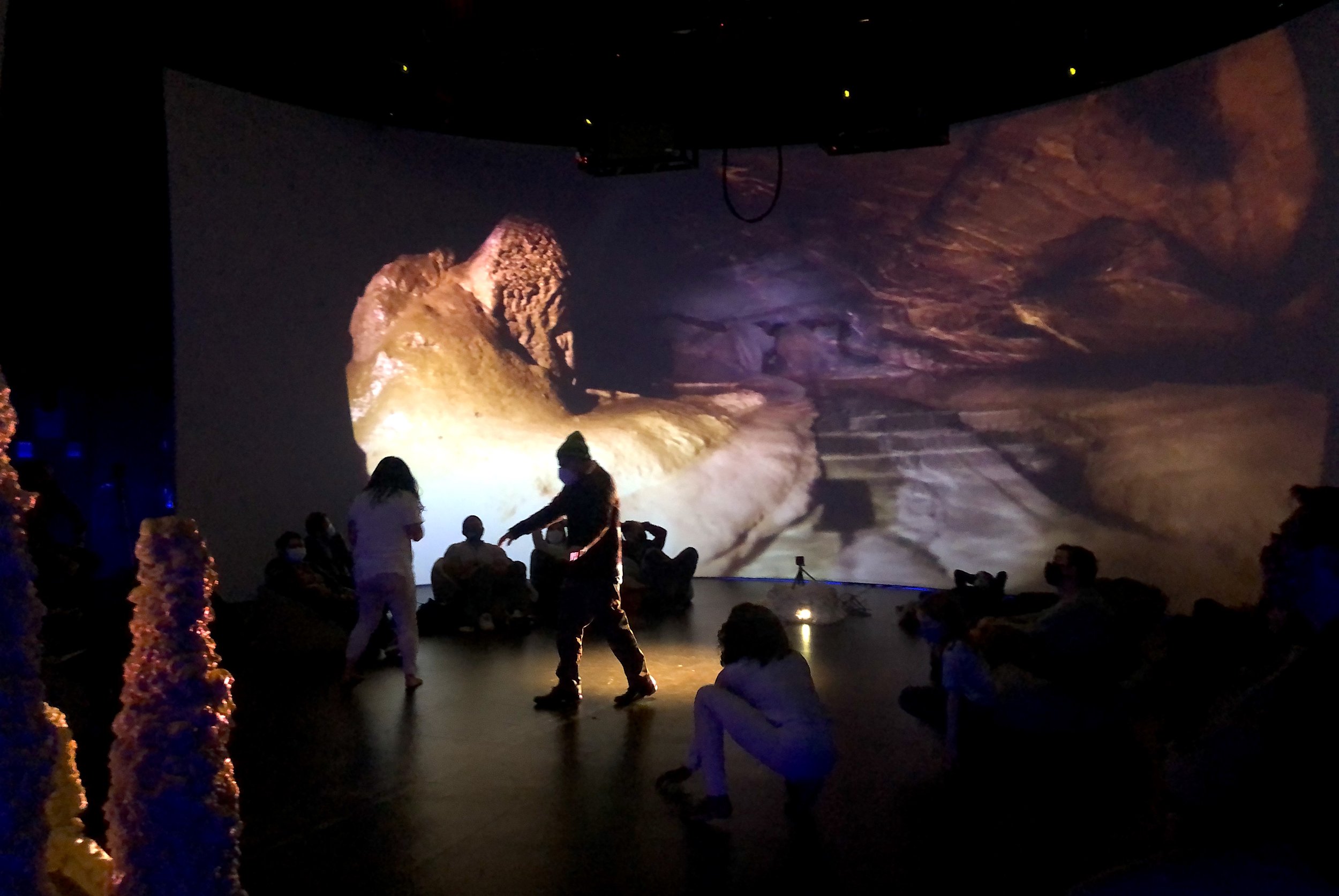
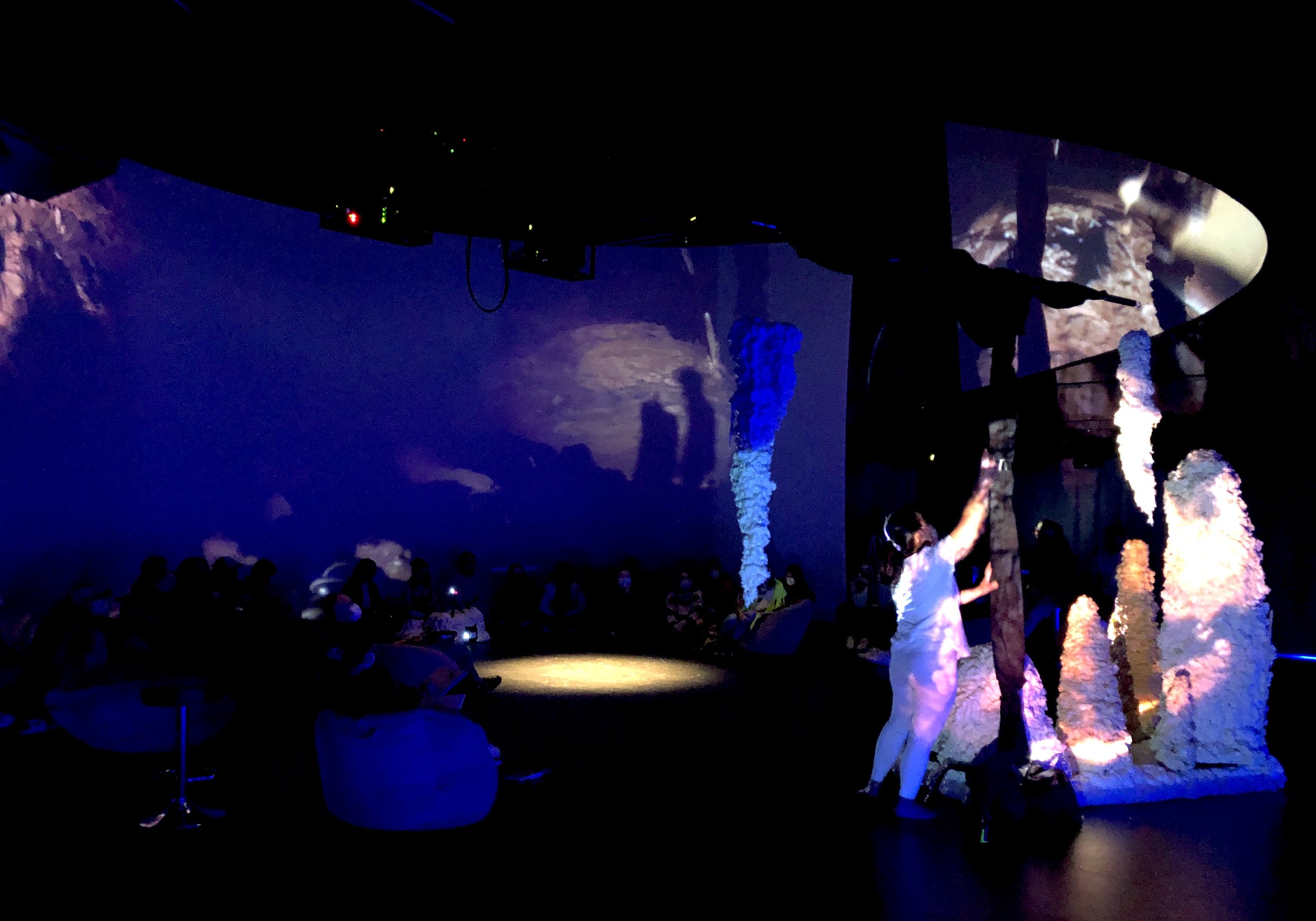
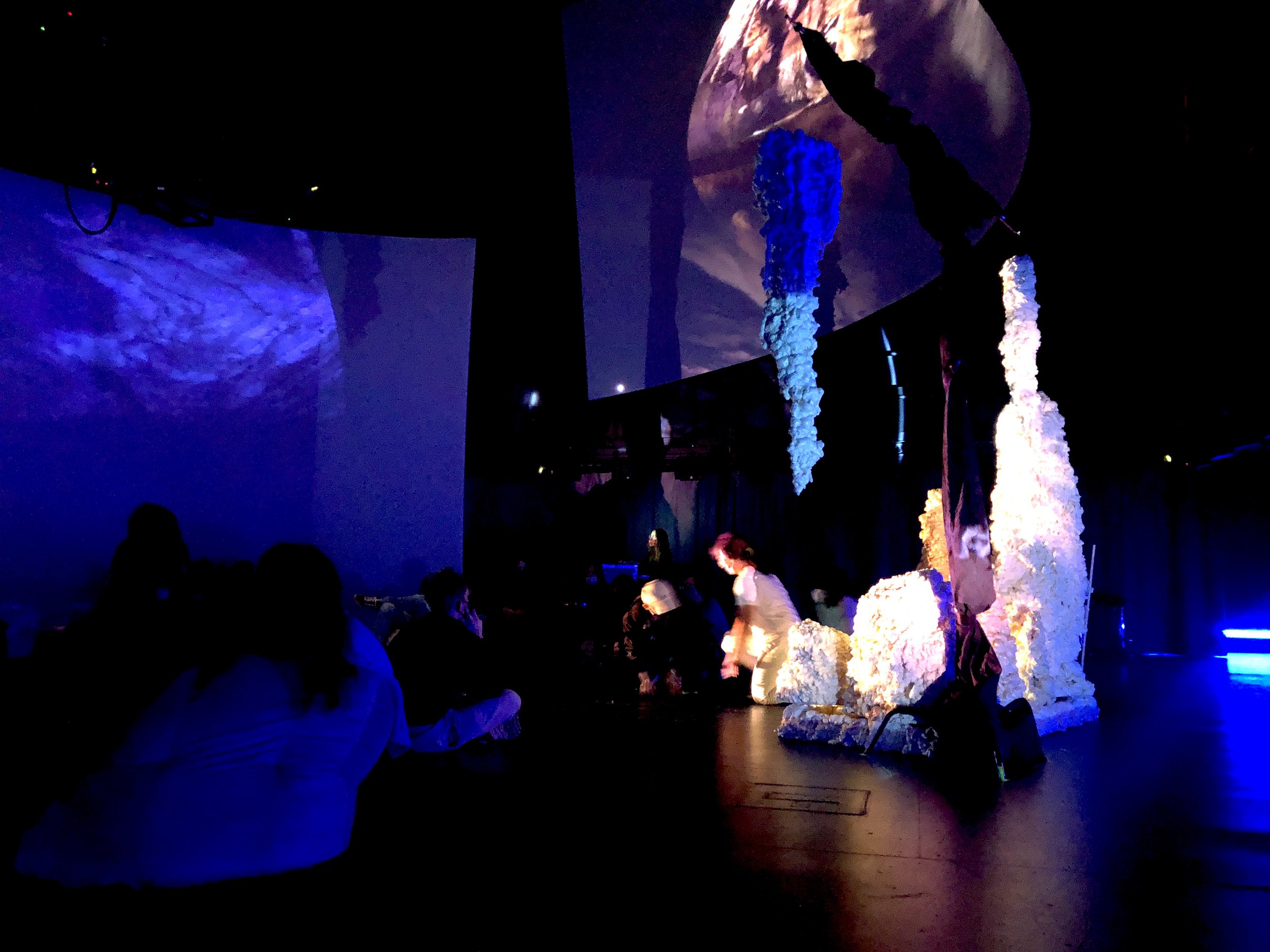
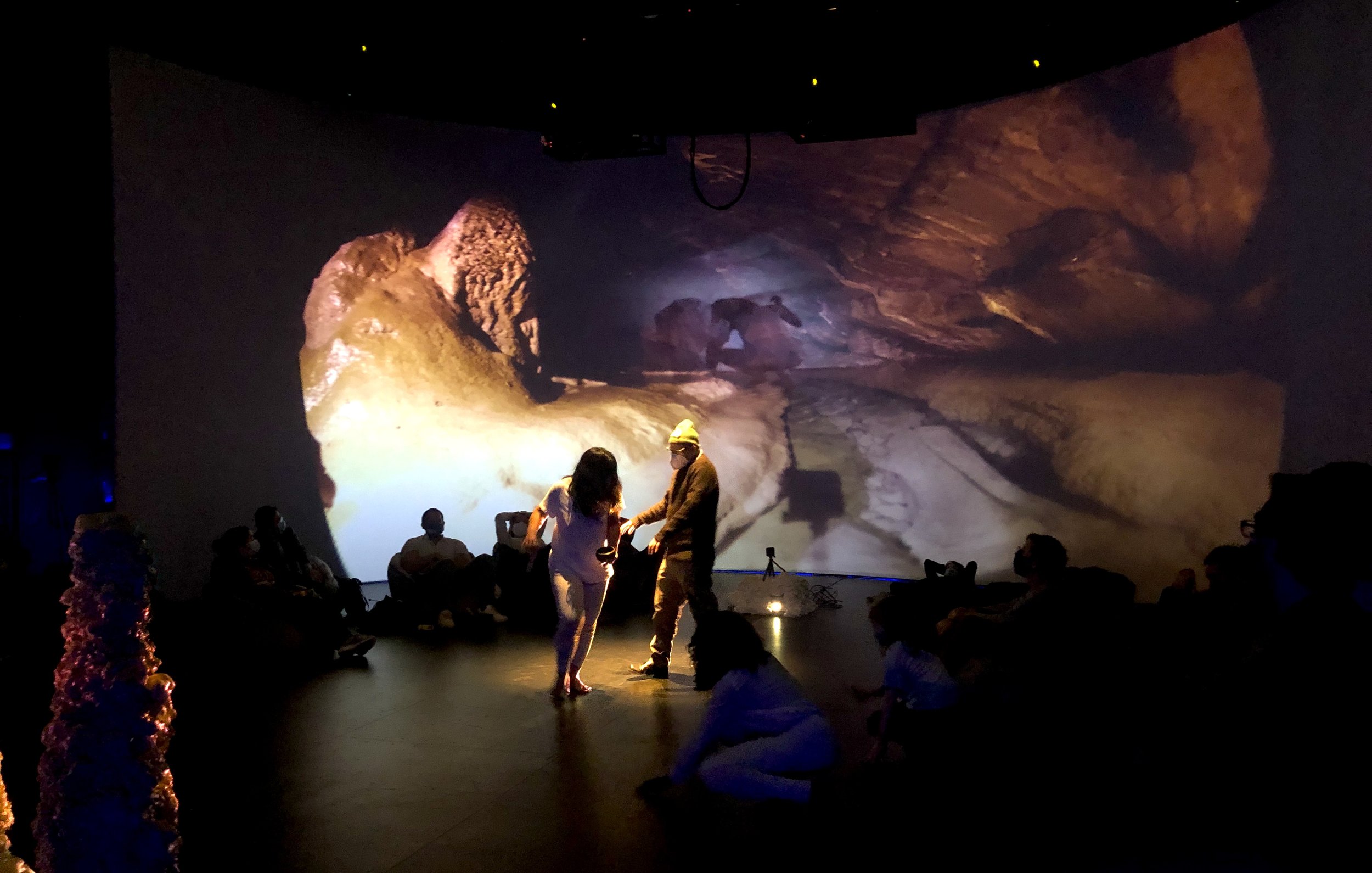
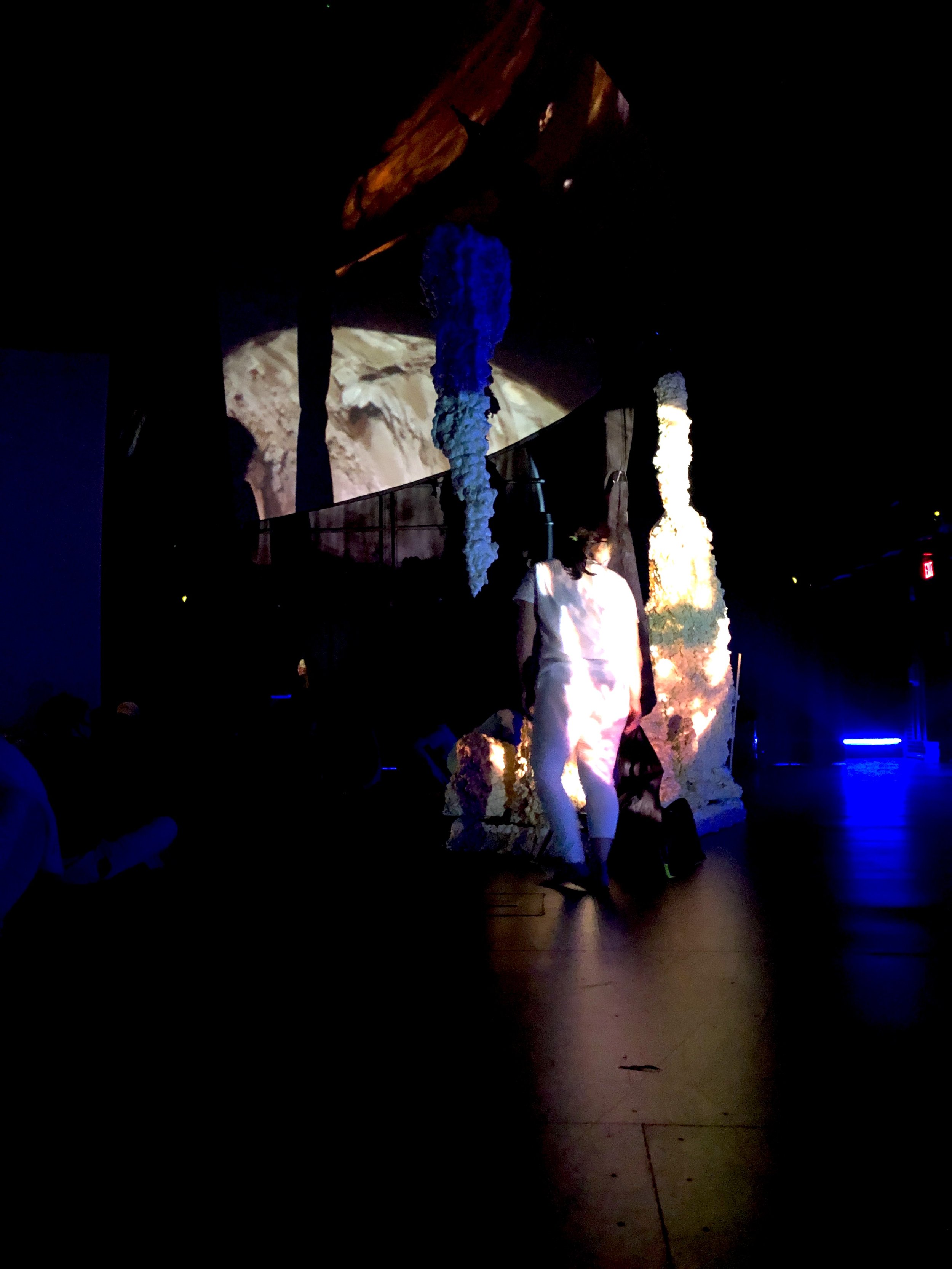
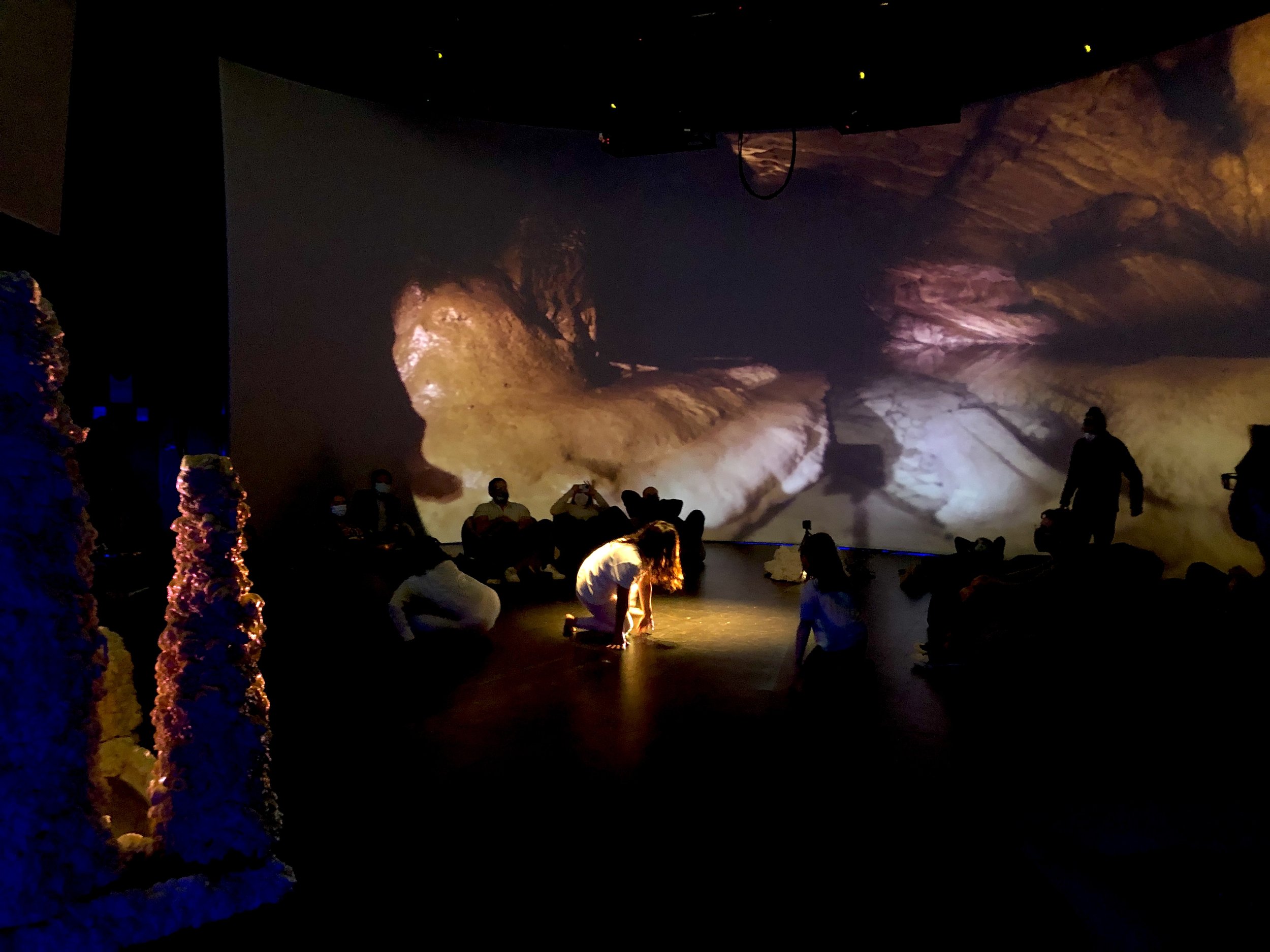
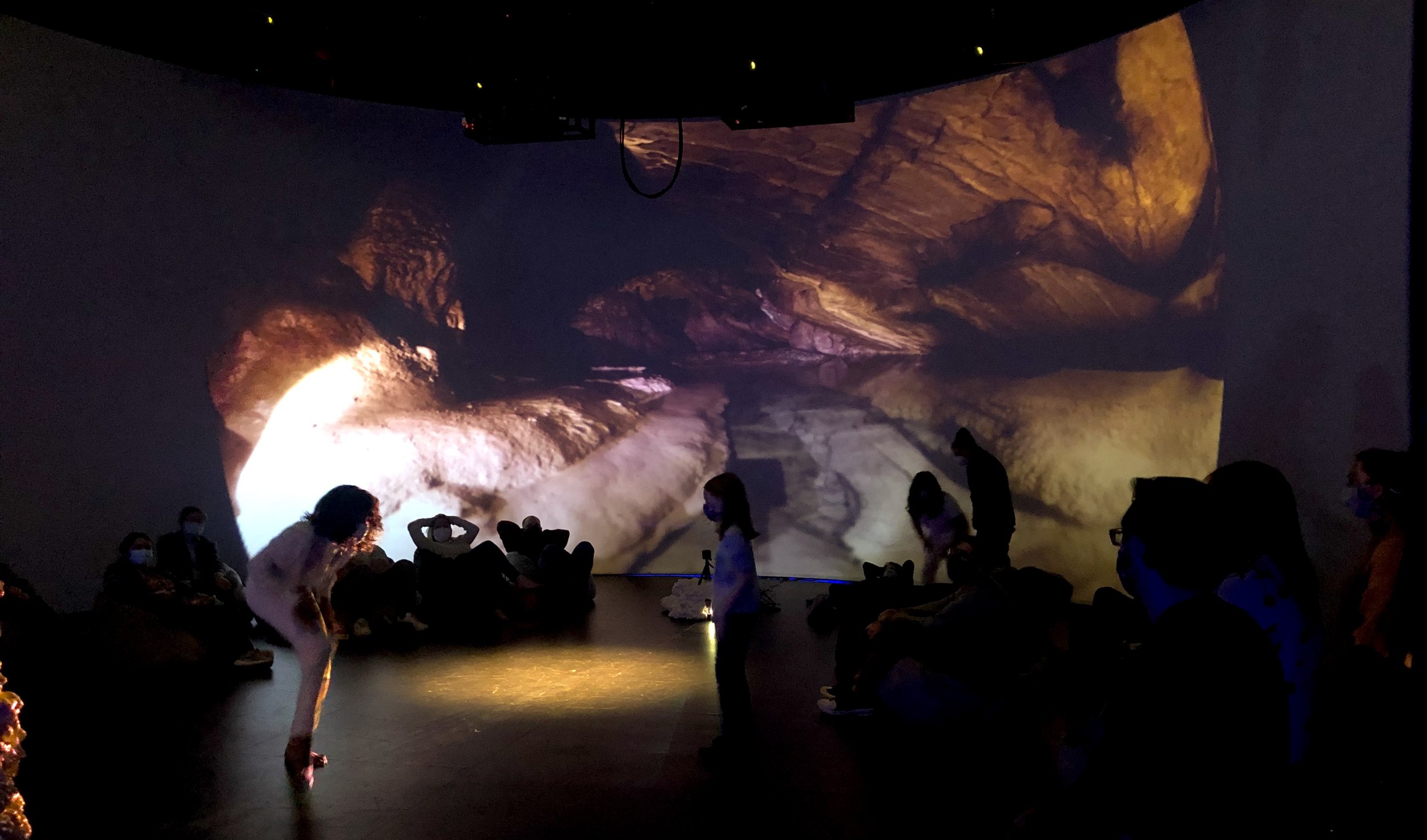
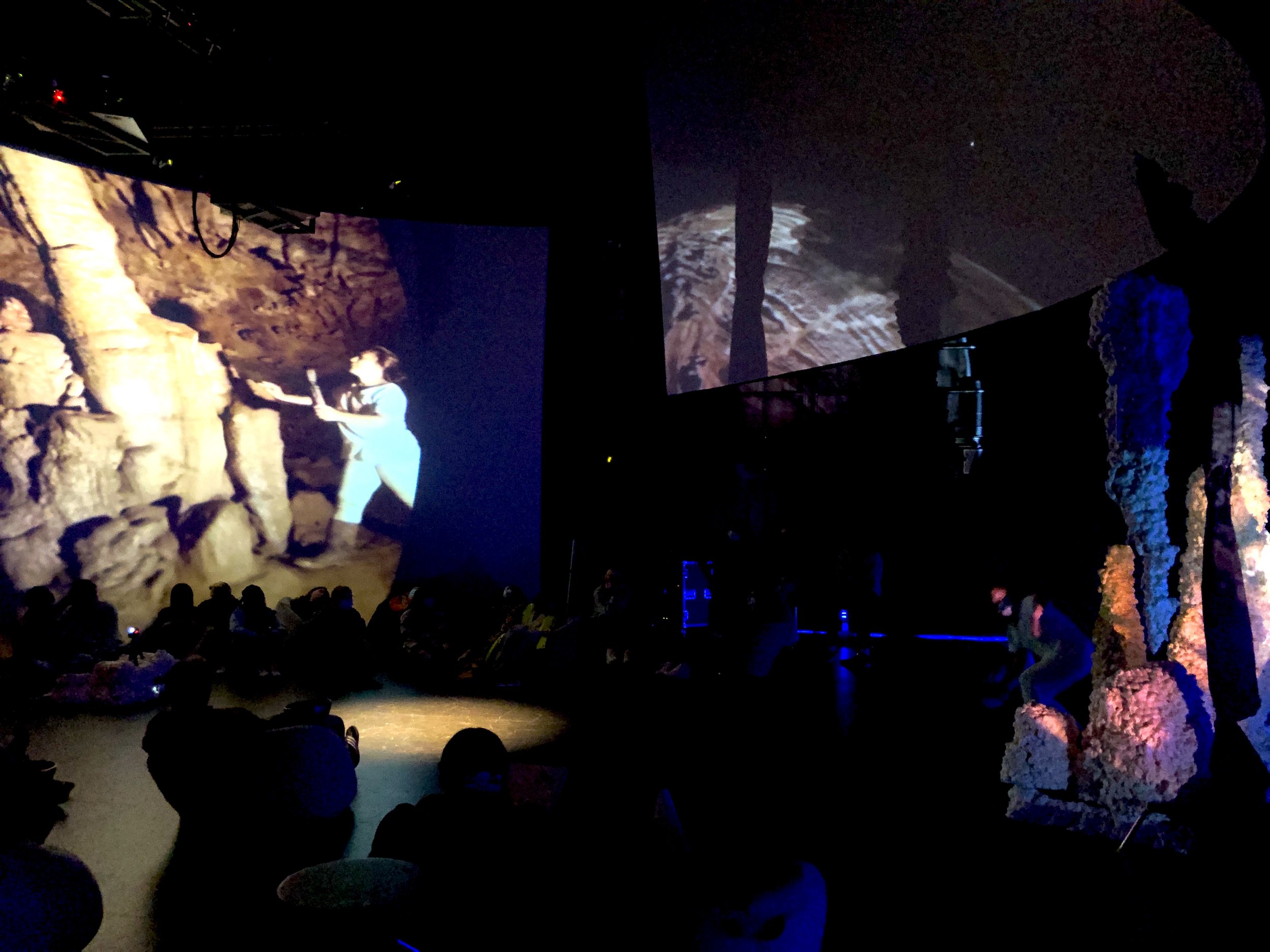
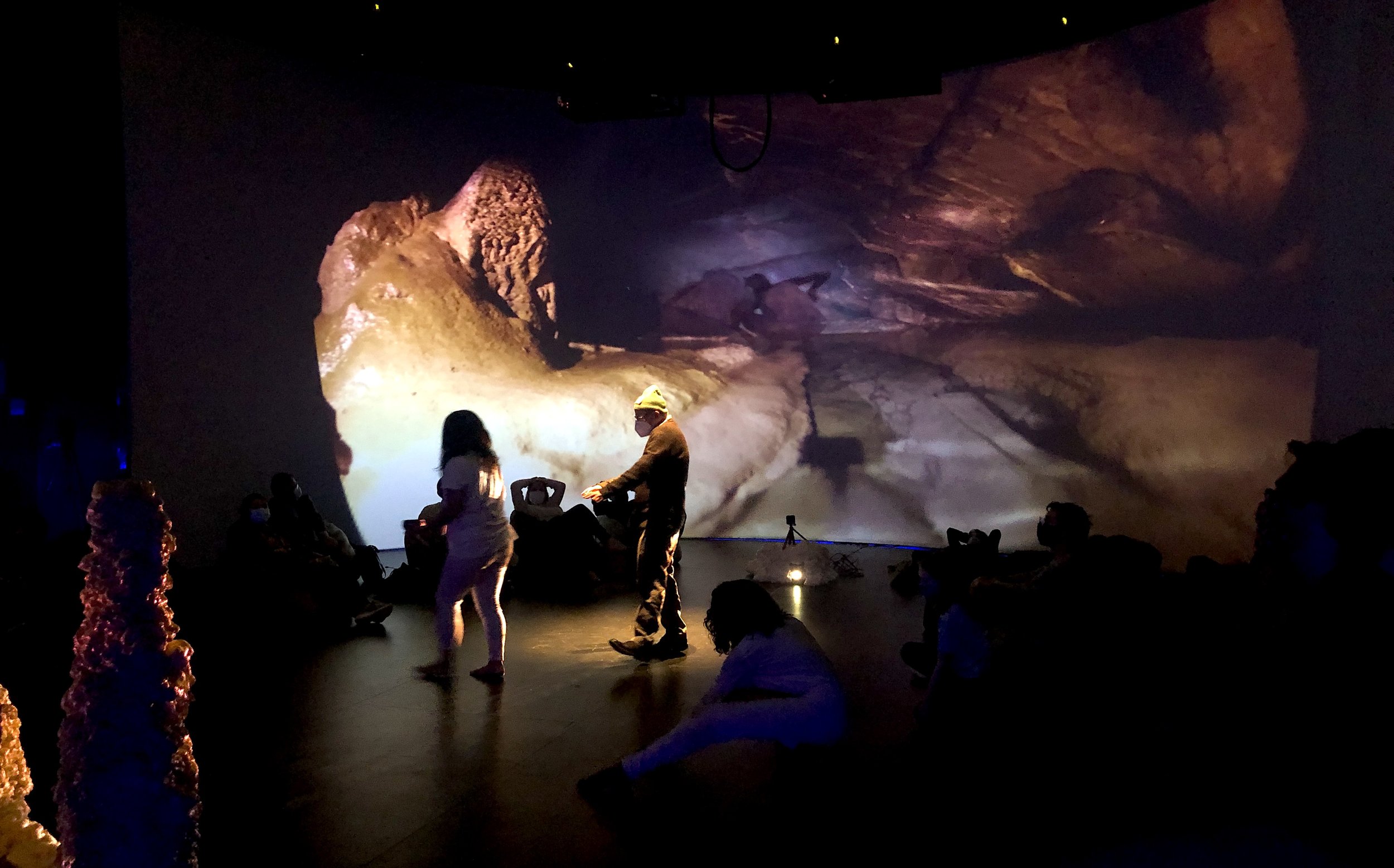
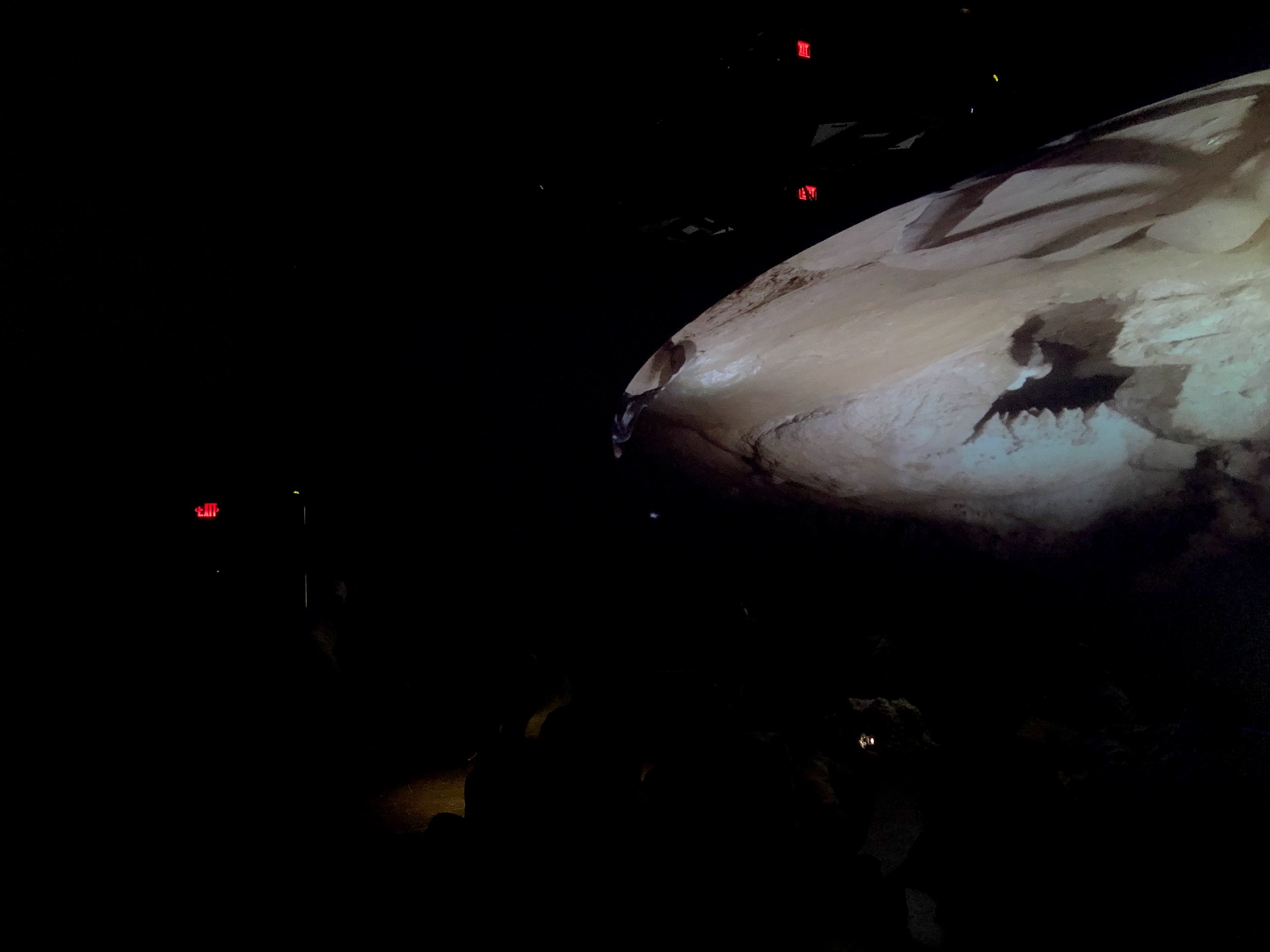
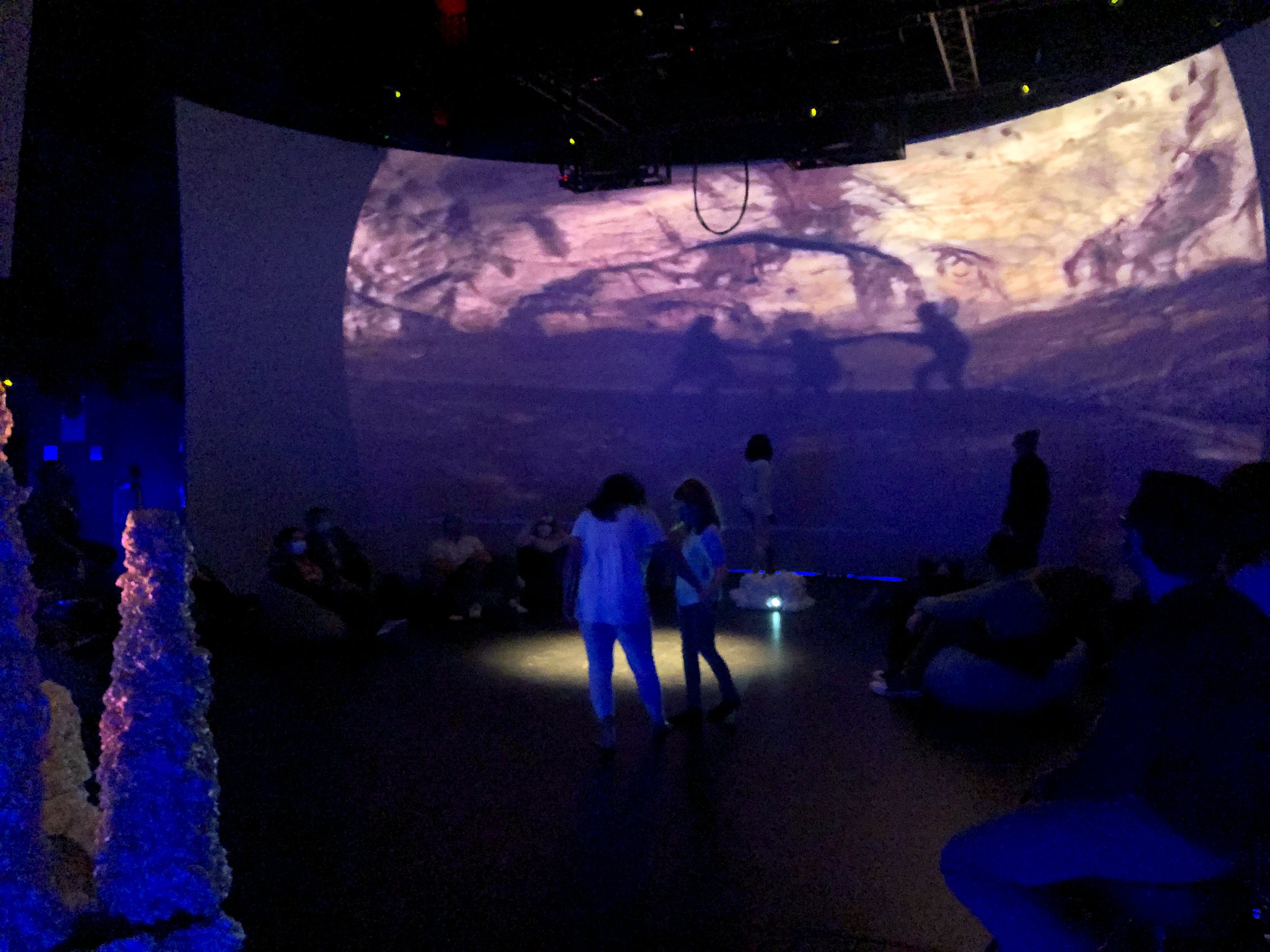
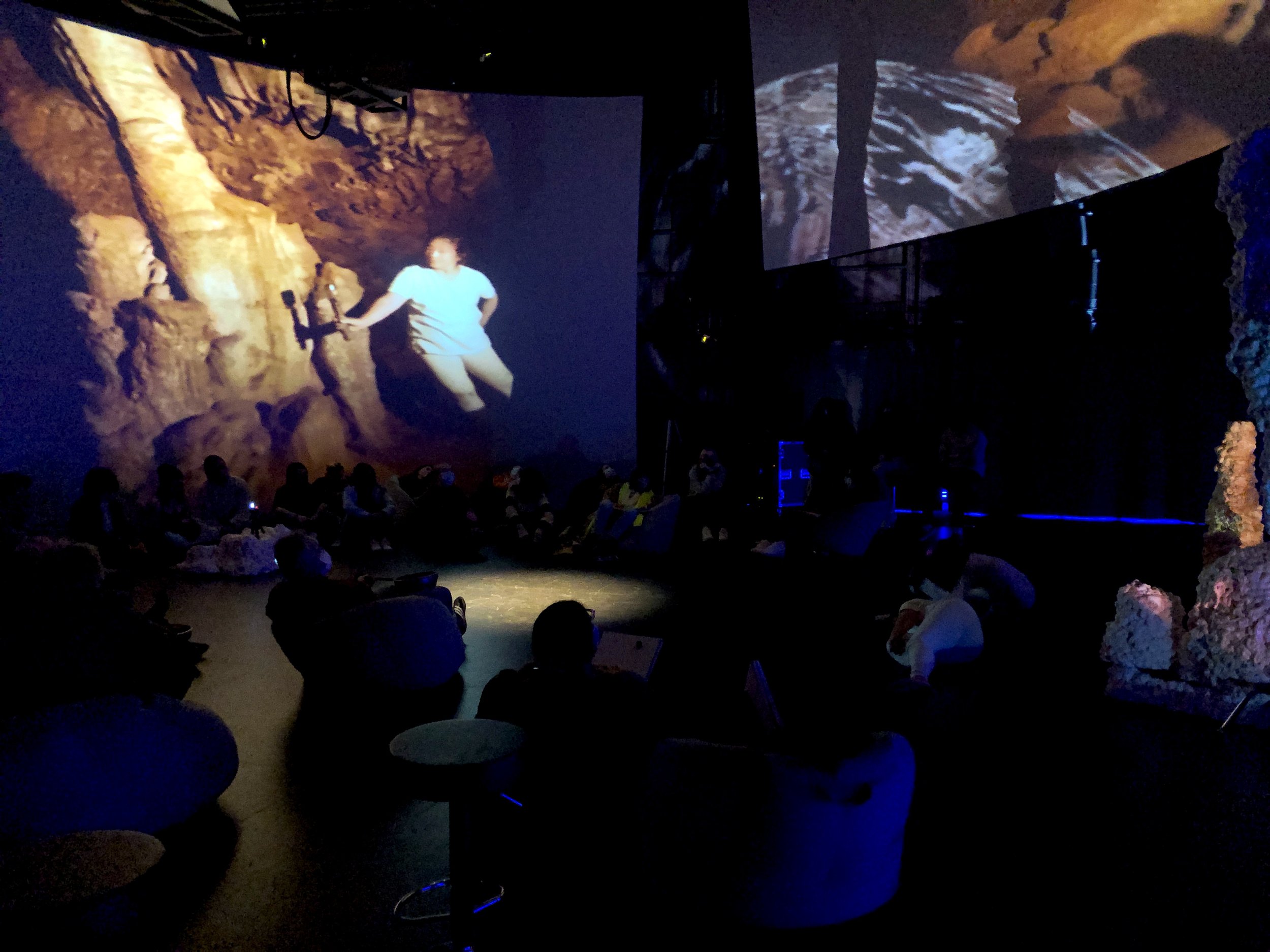
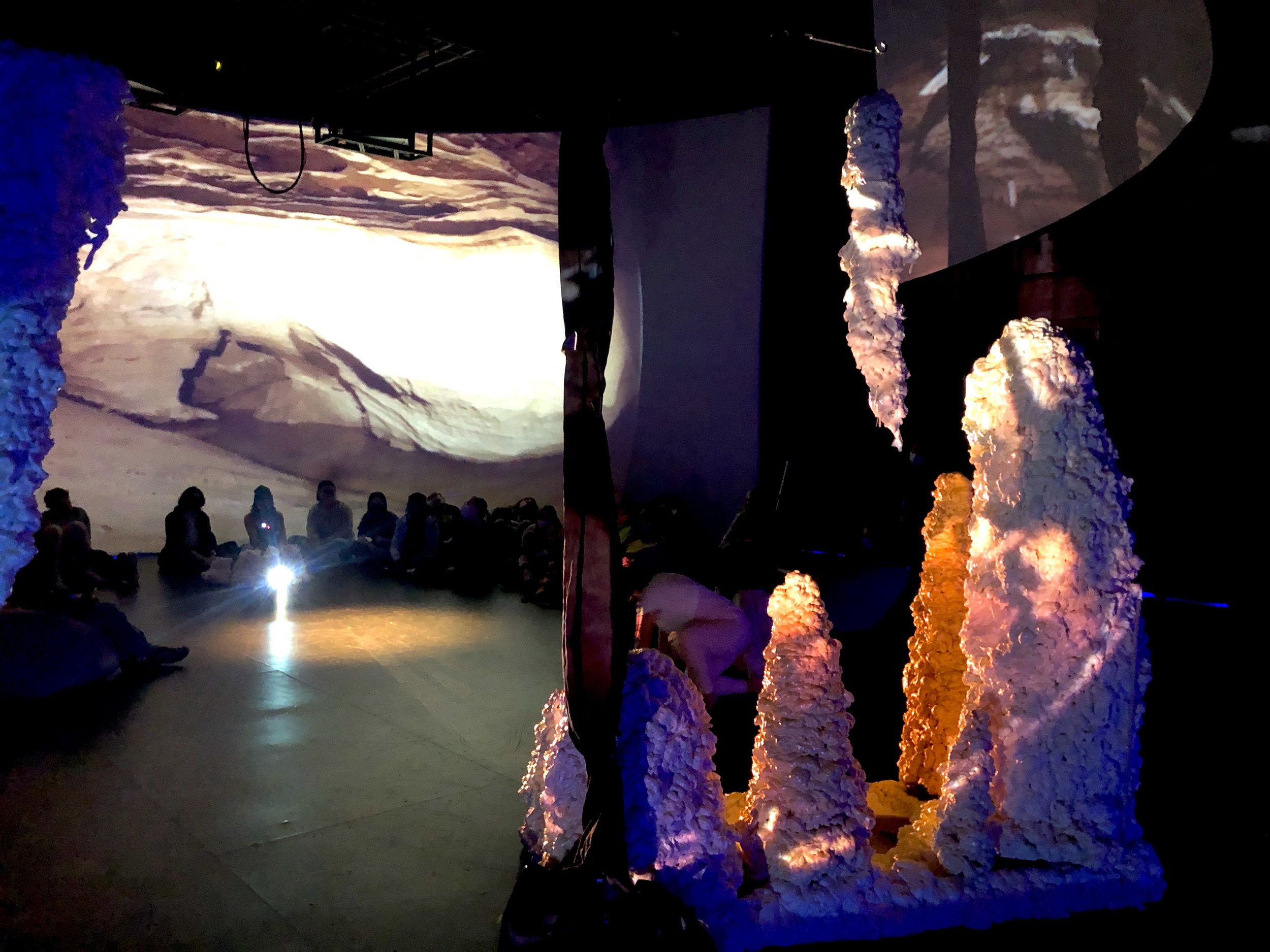
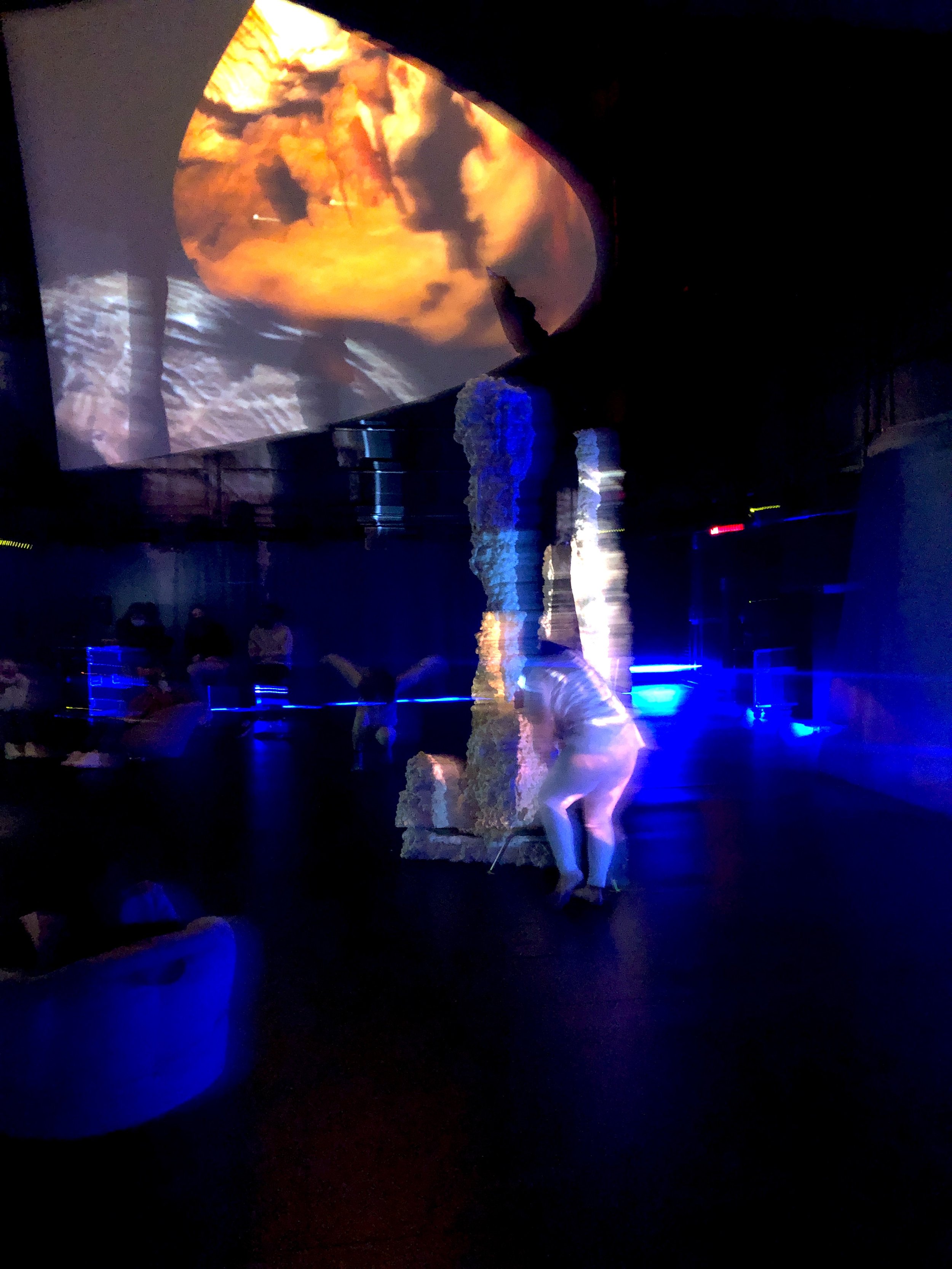
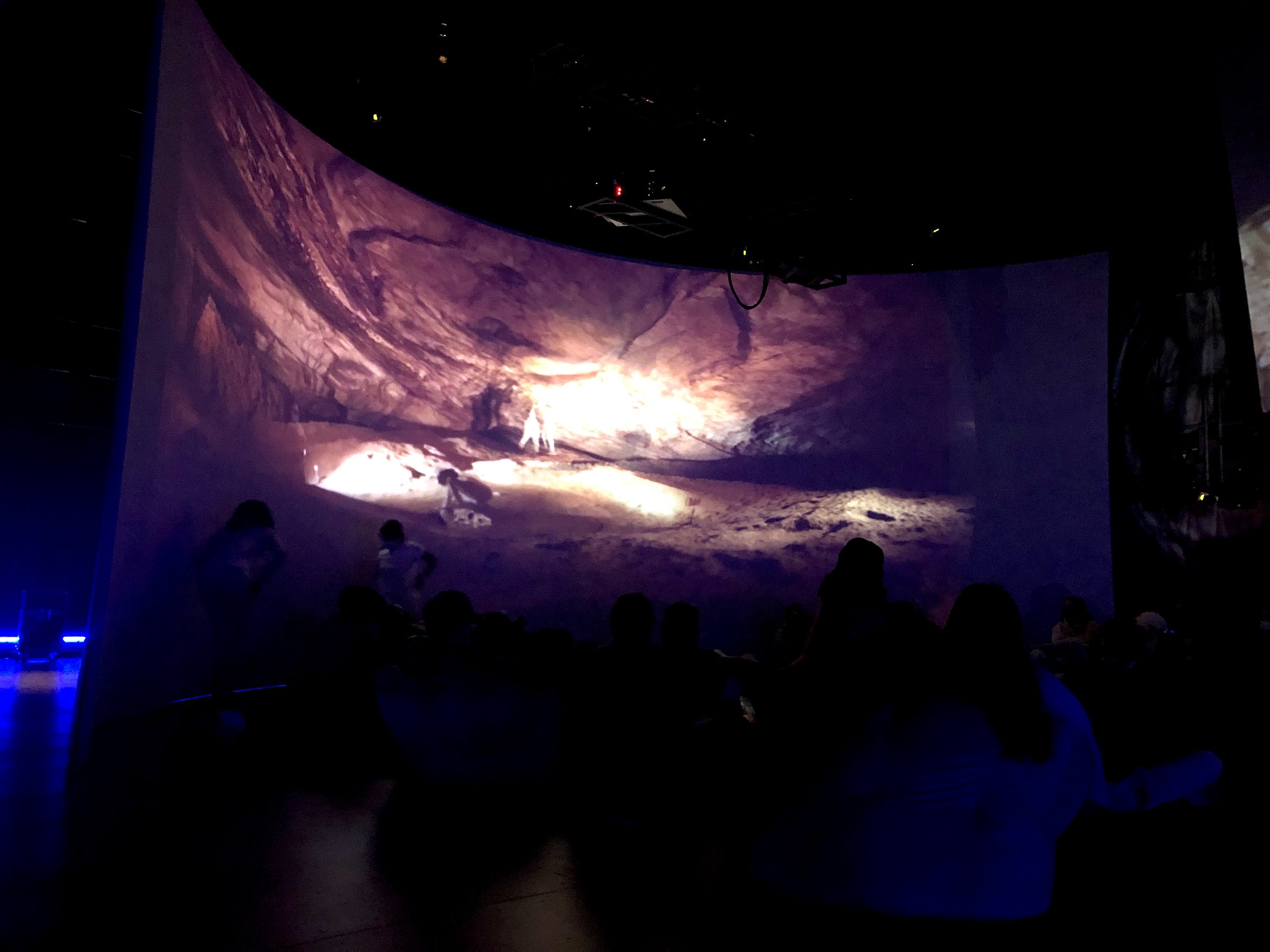
Entrance: Letter Forms
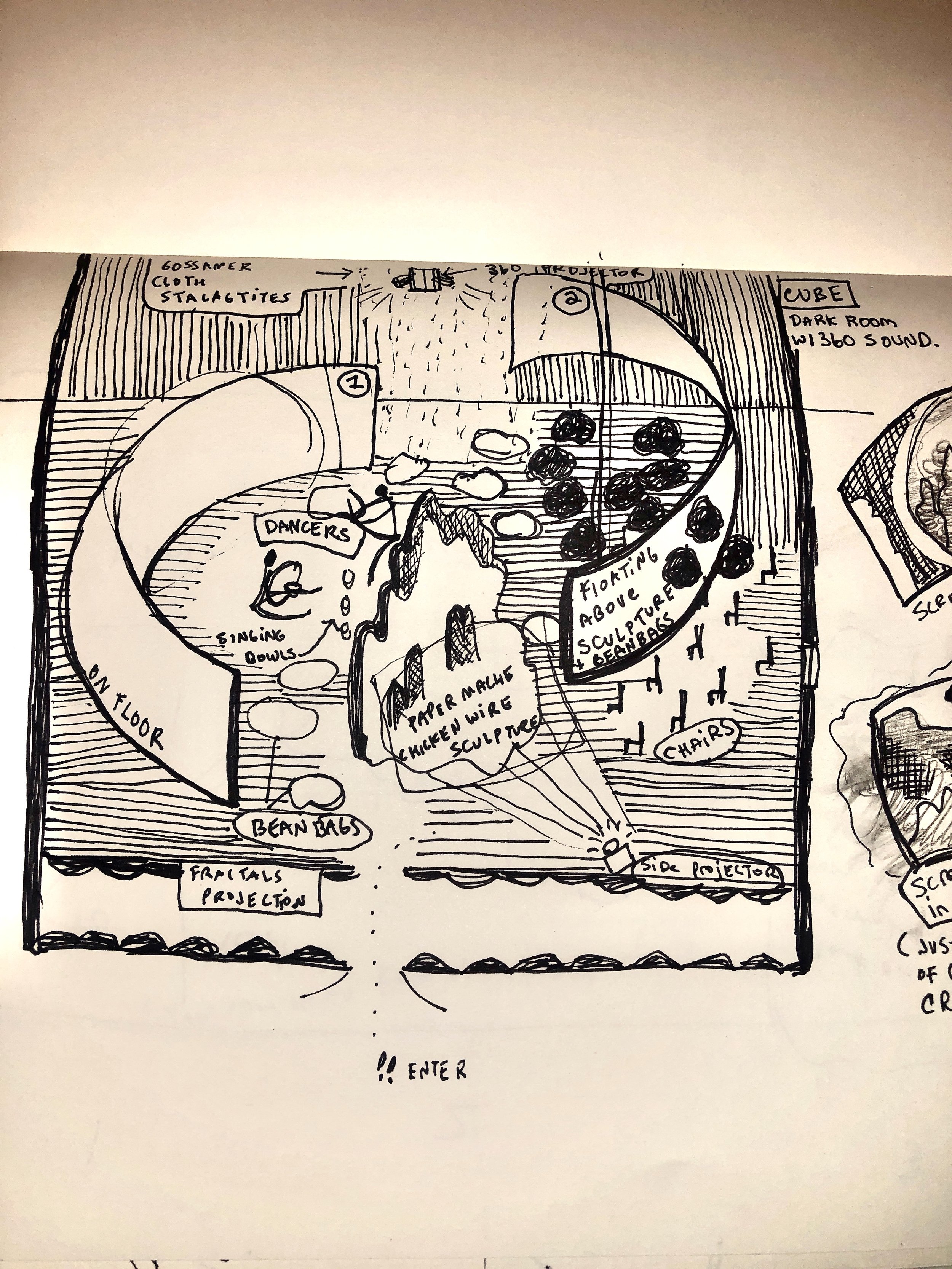
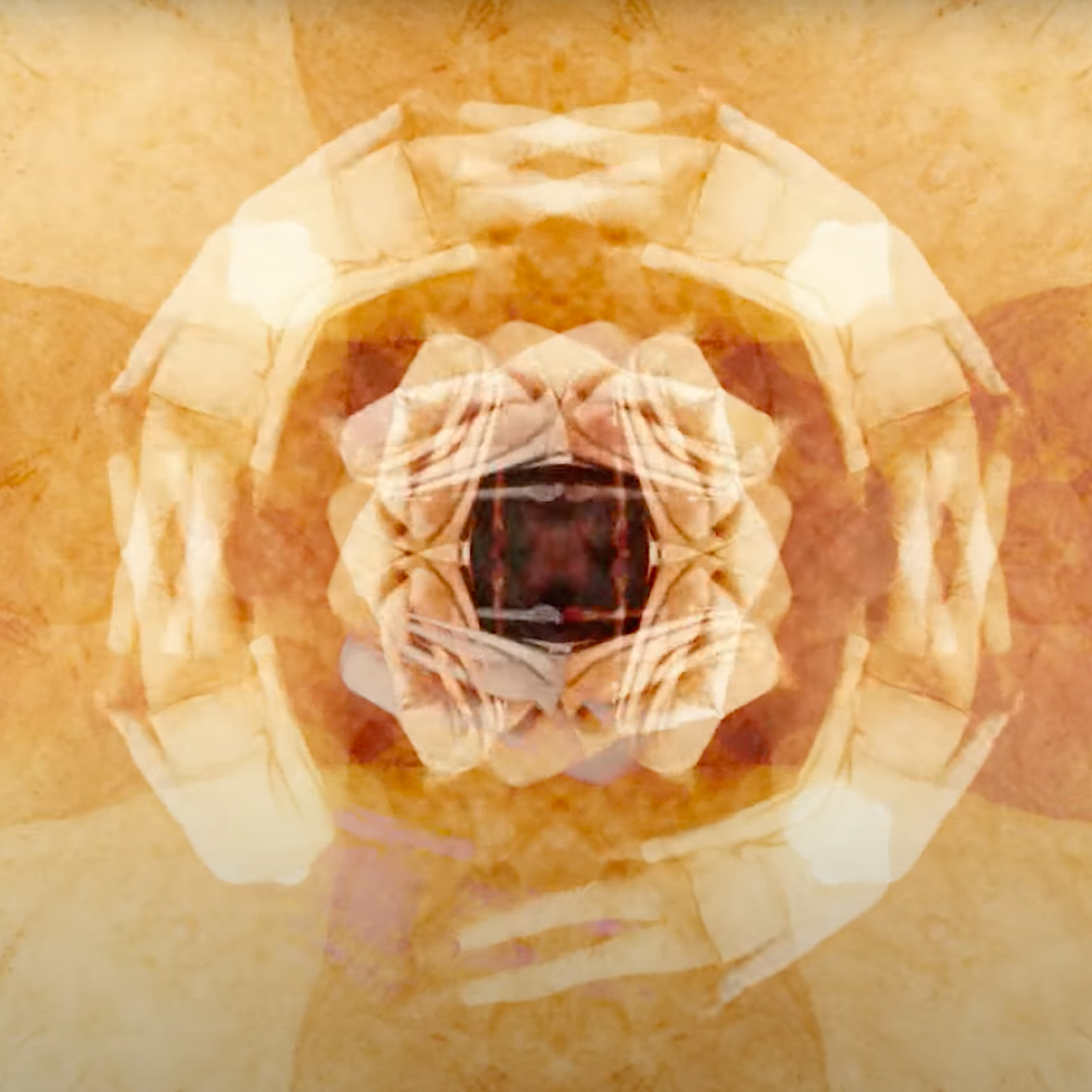
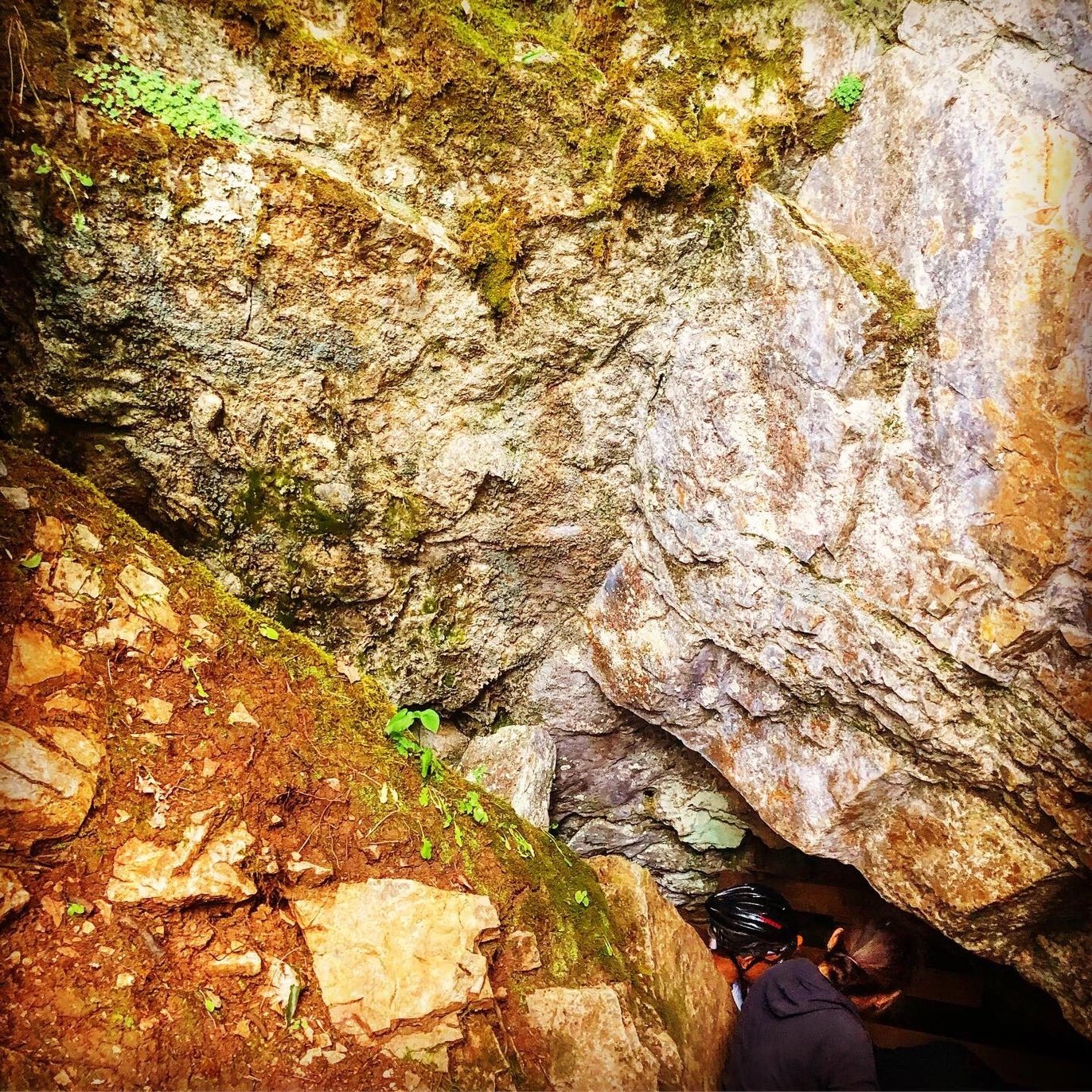
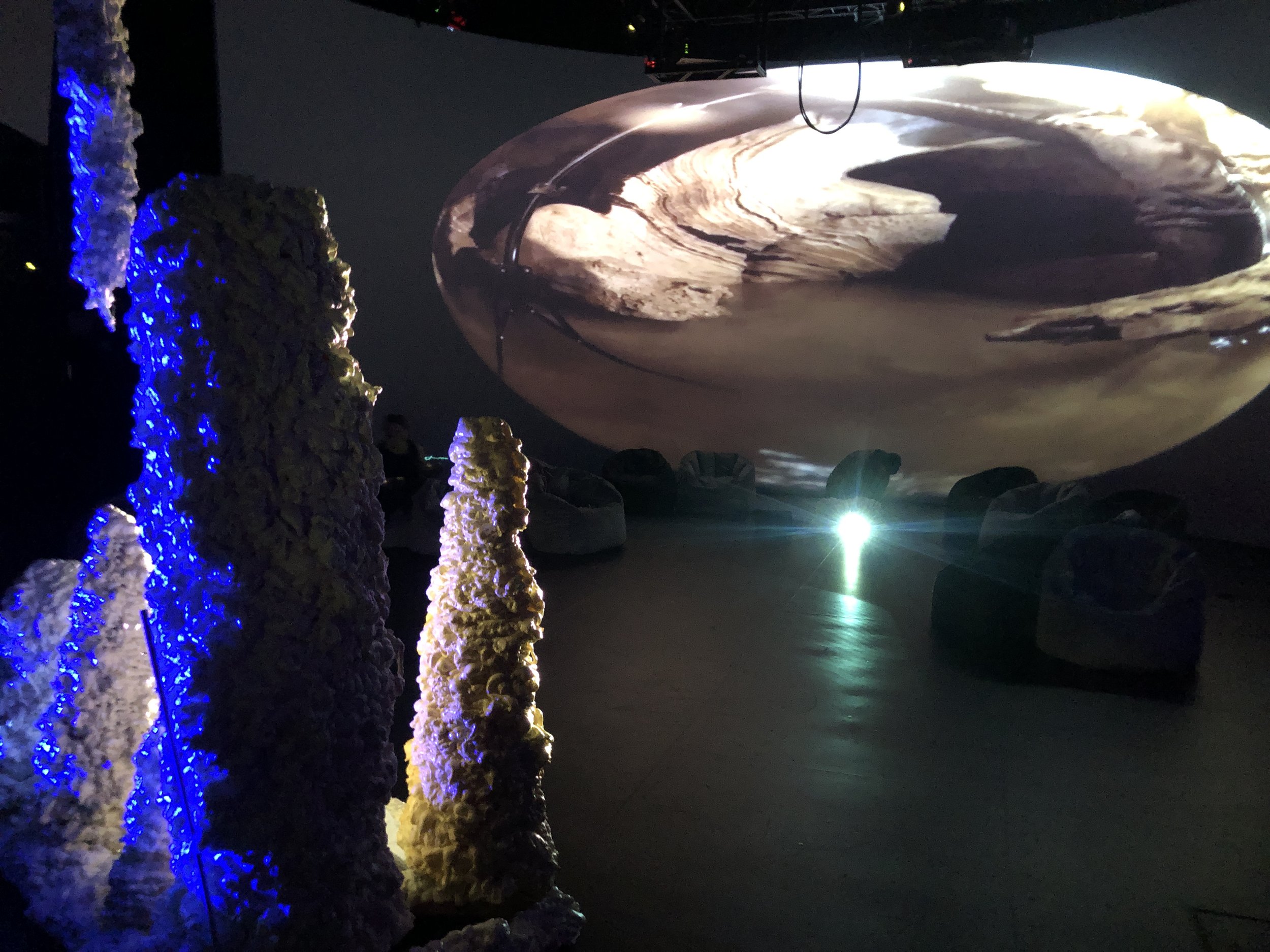
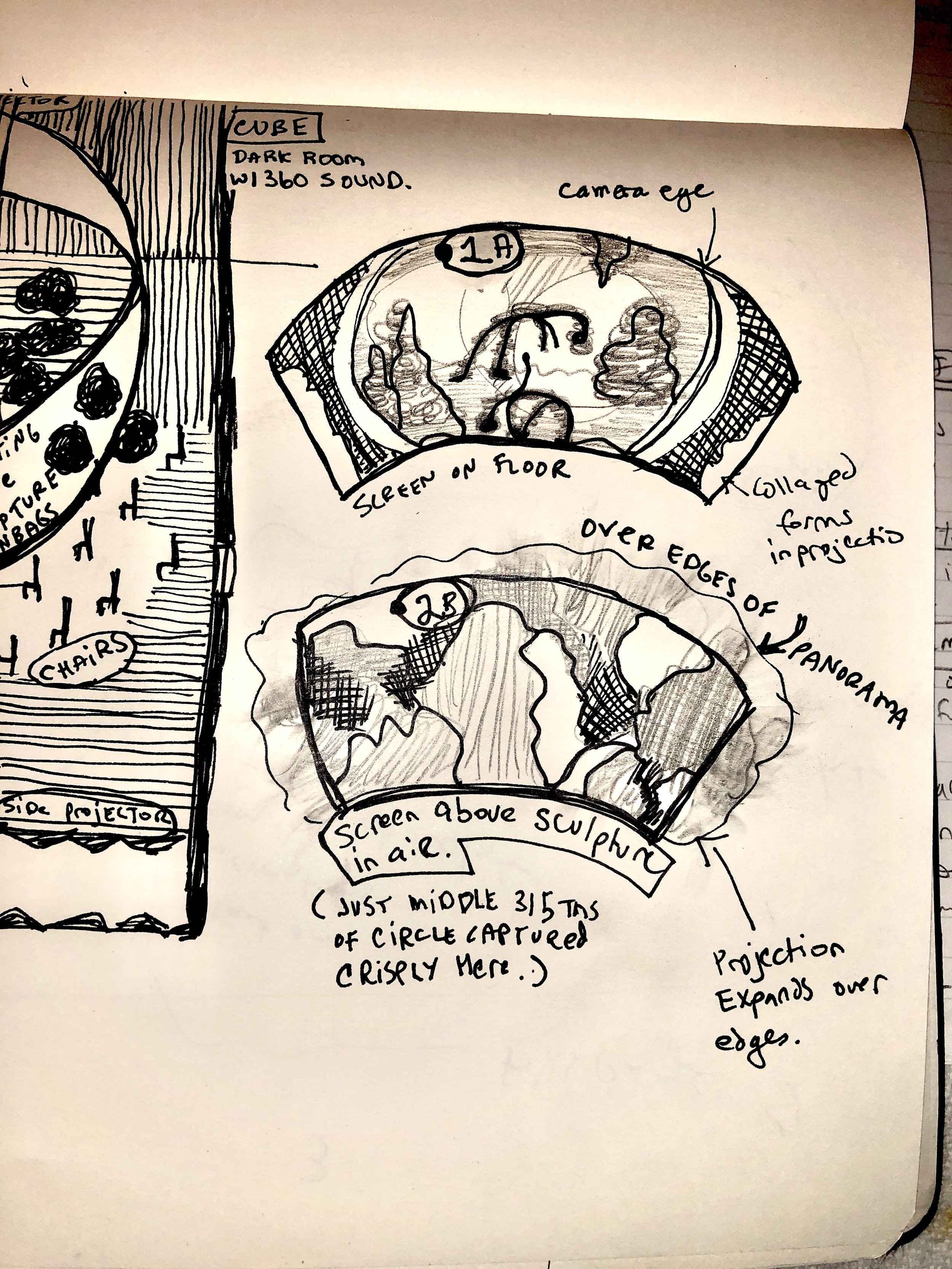
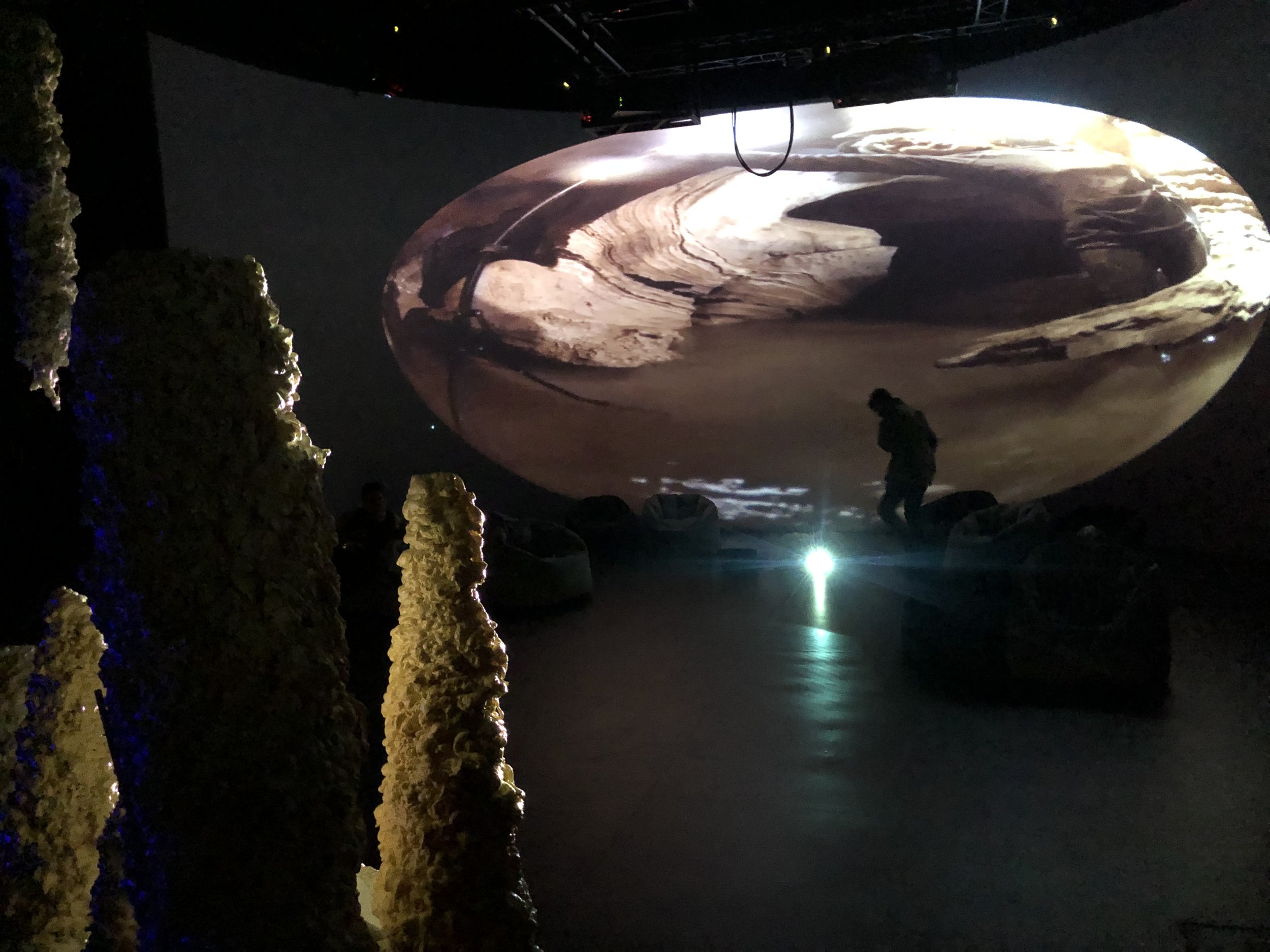
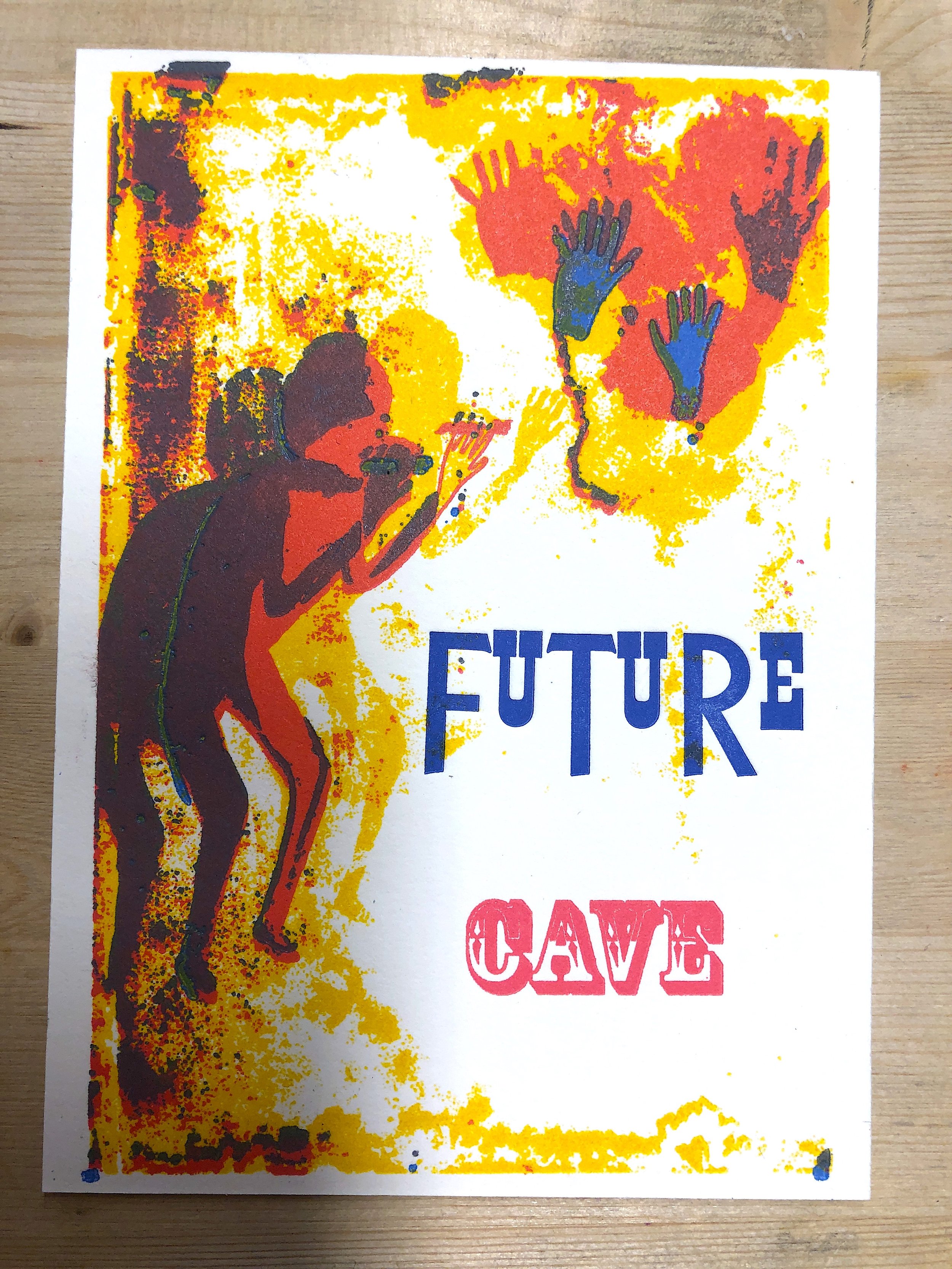
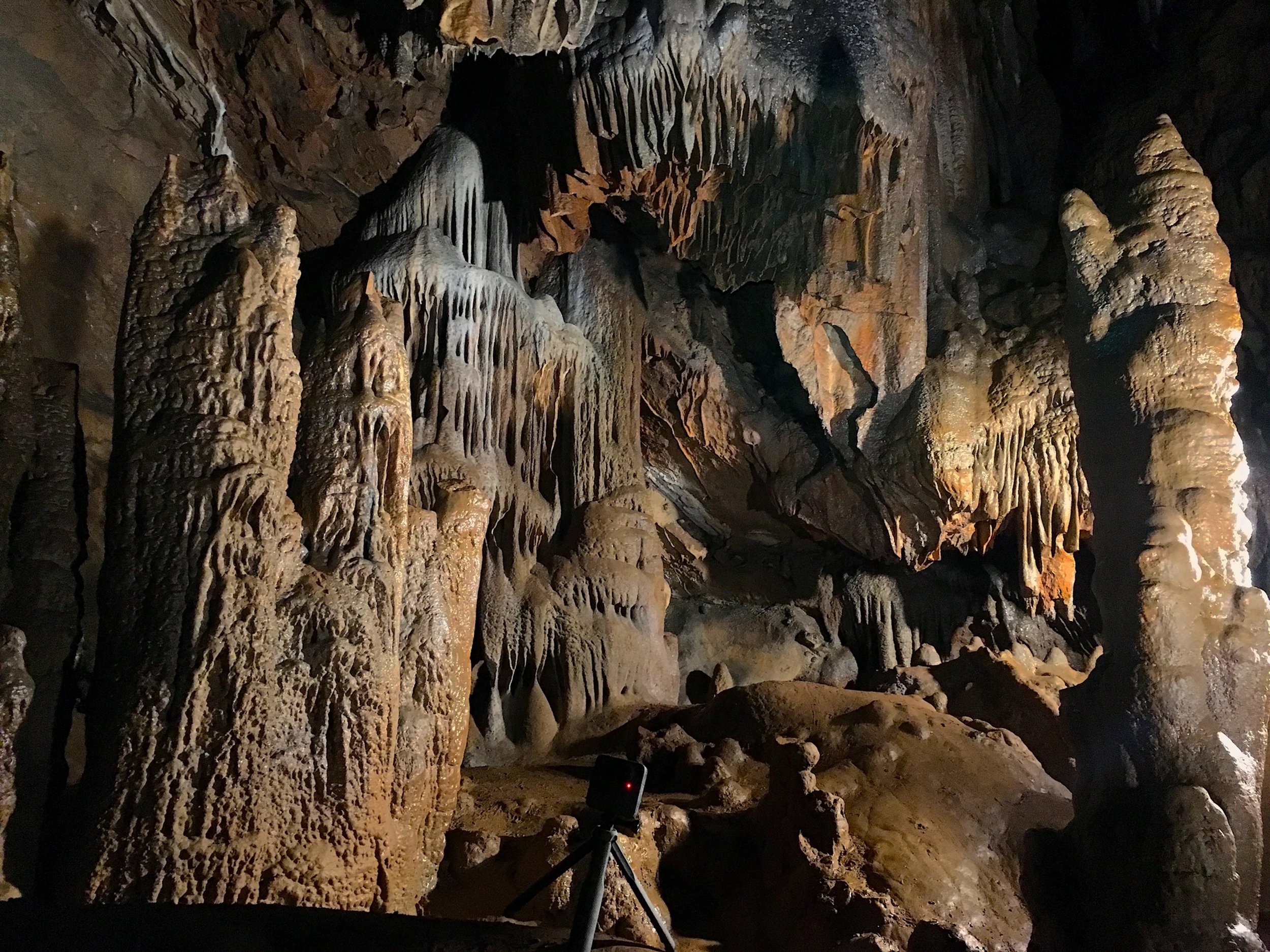
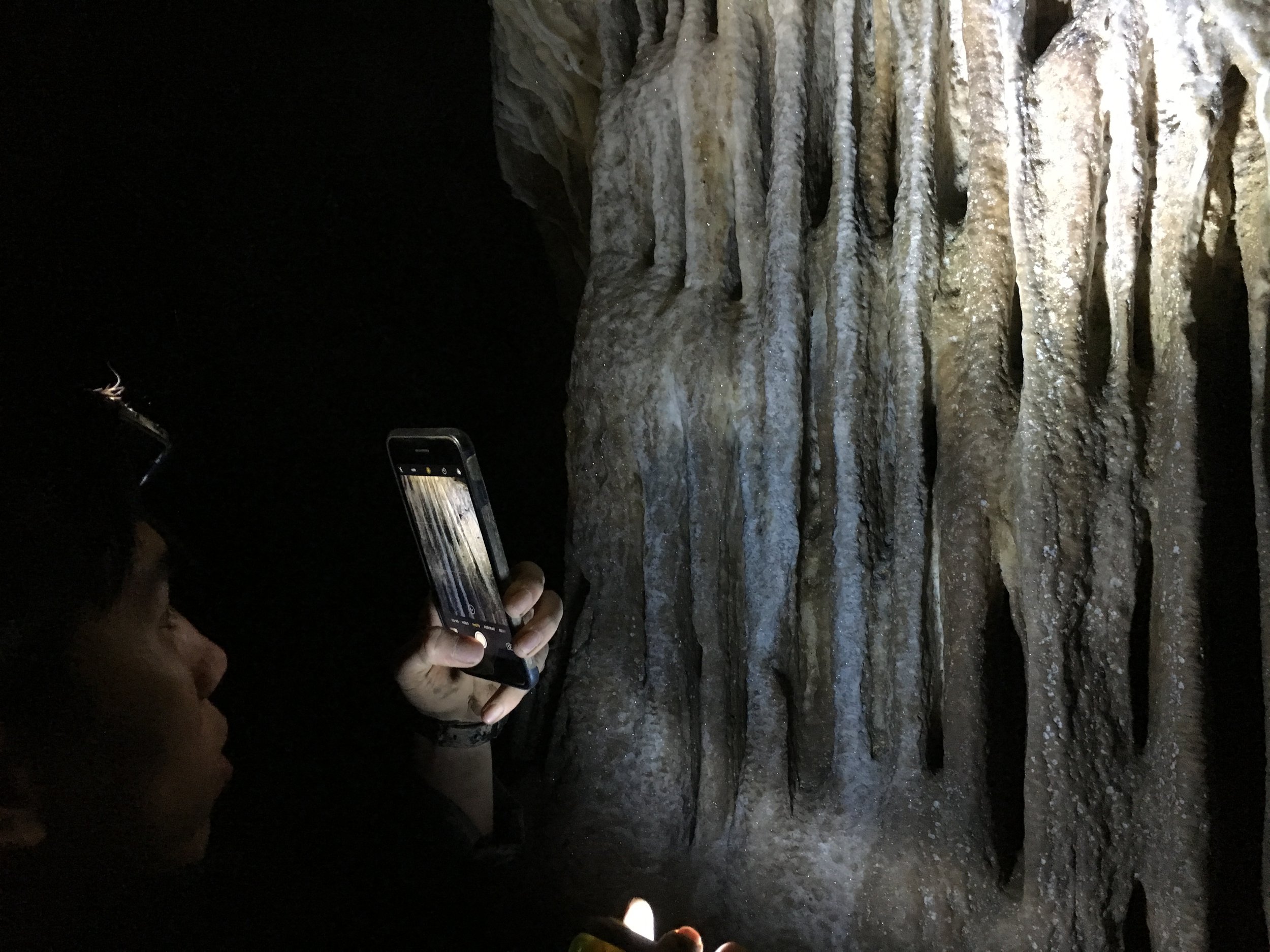
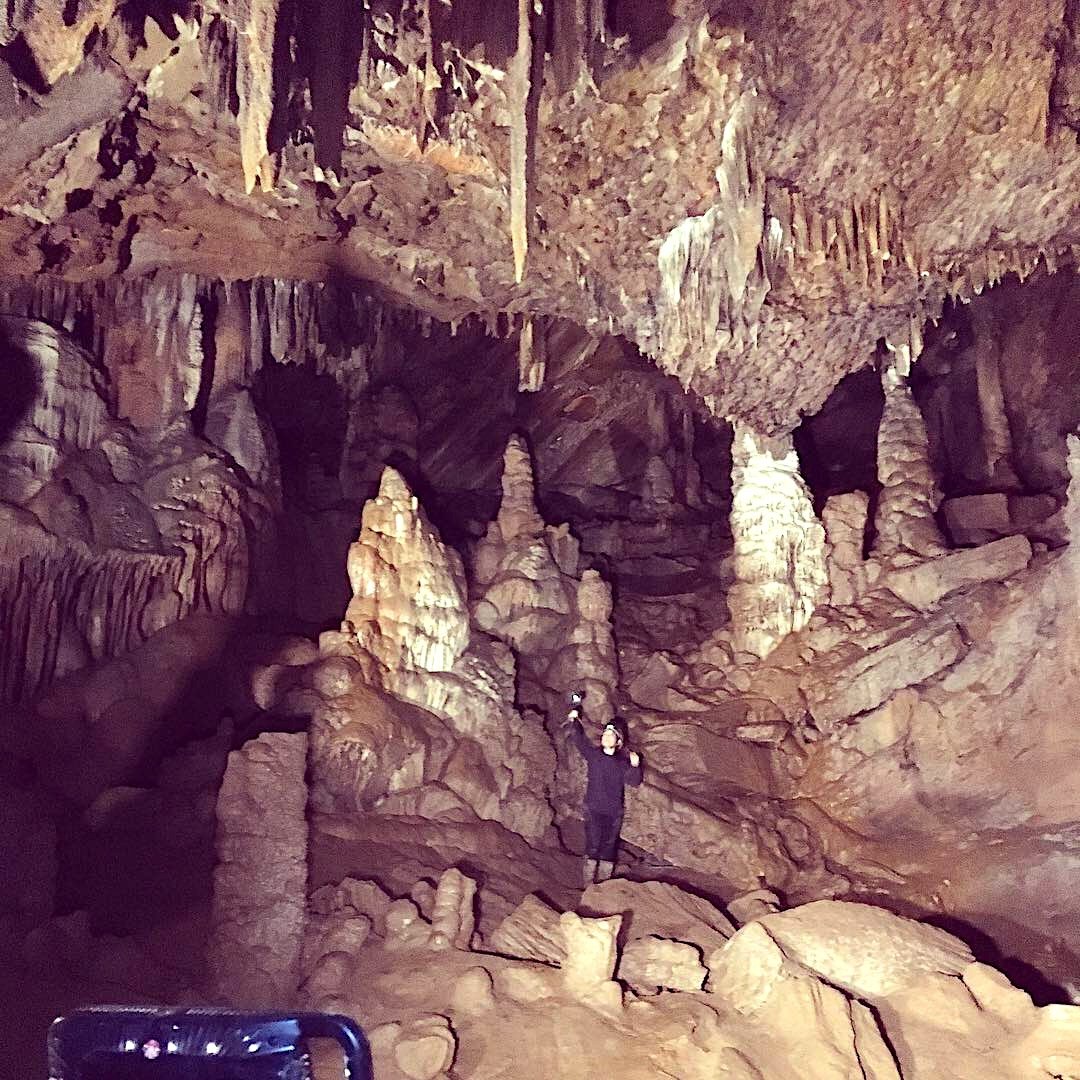
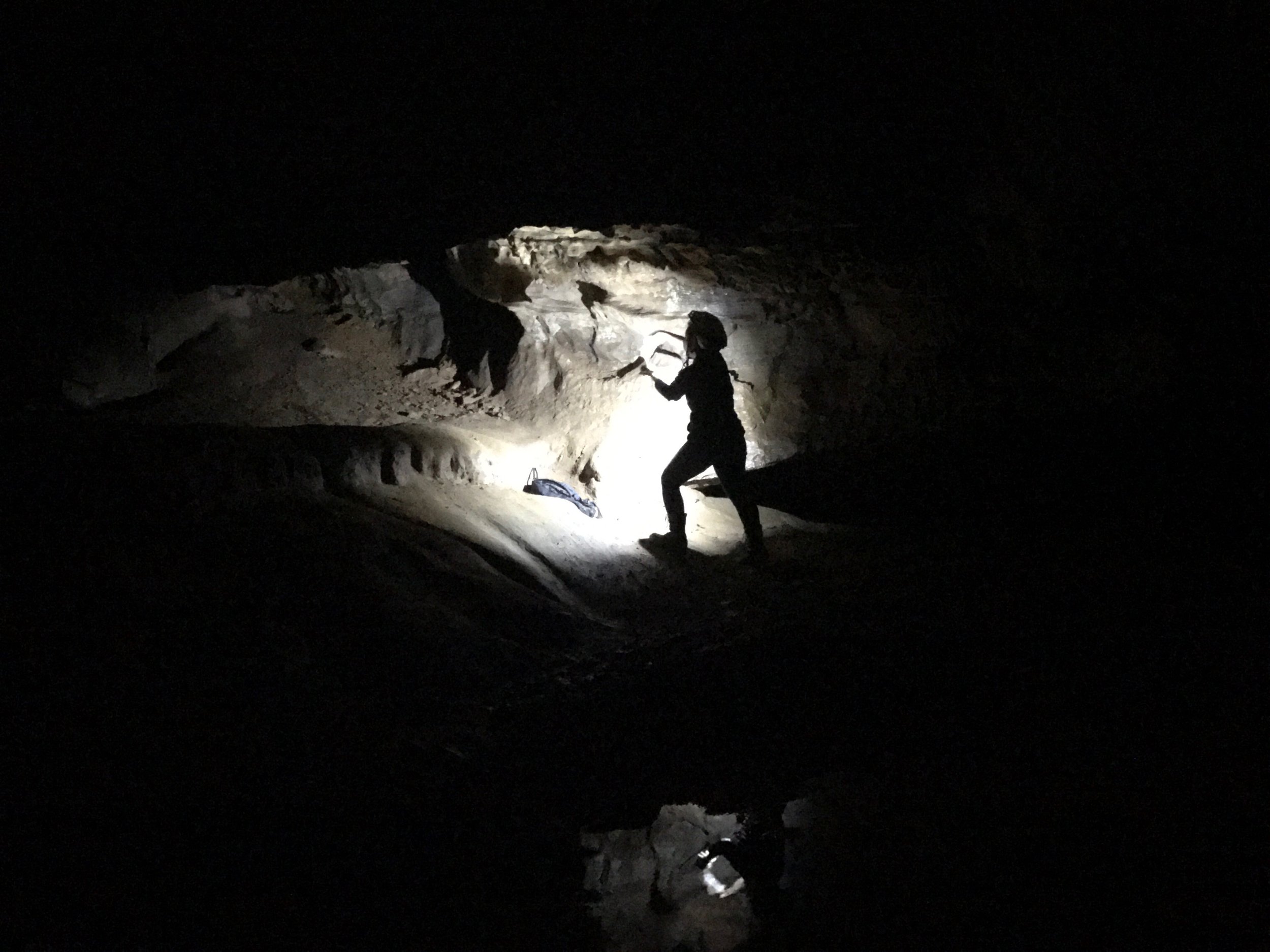
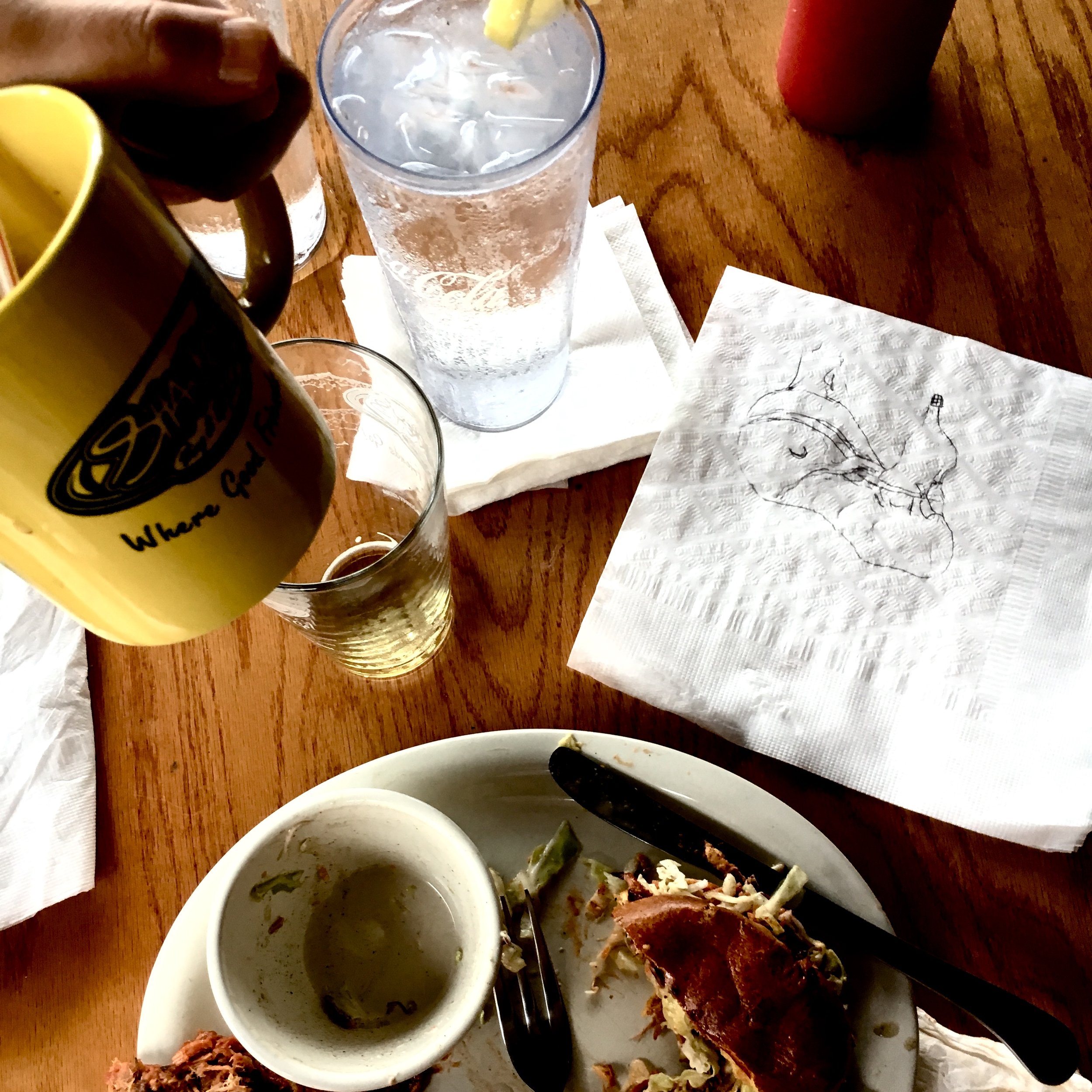
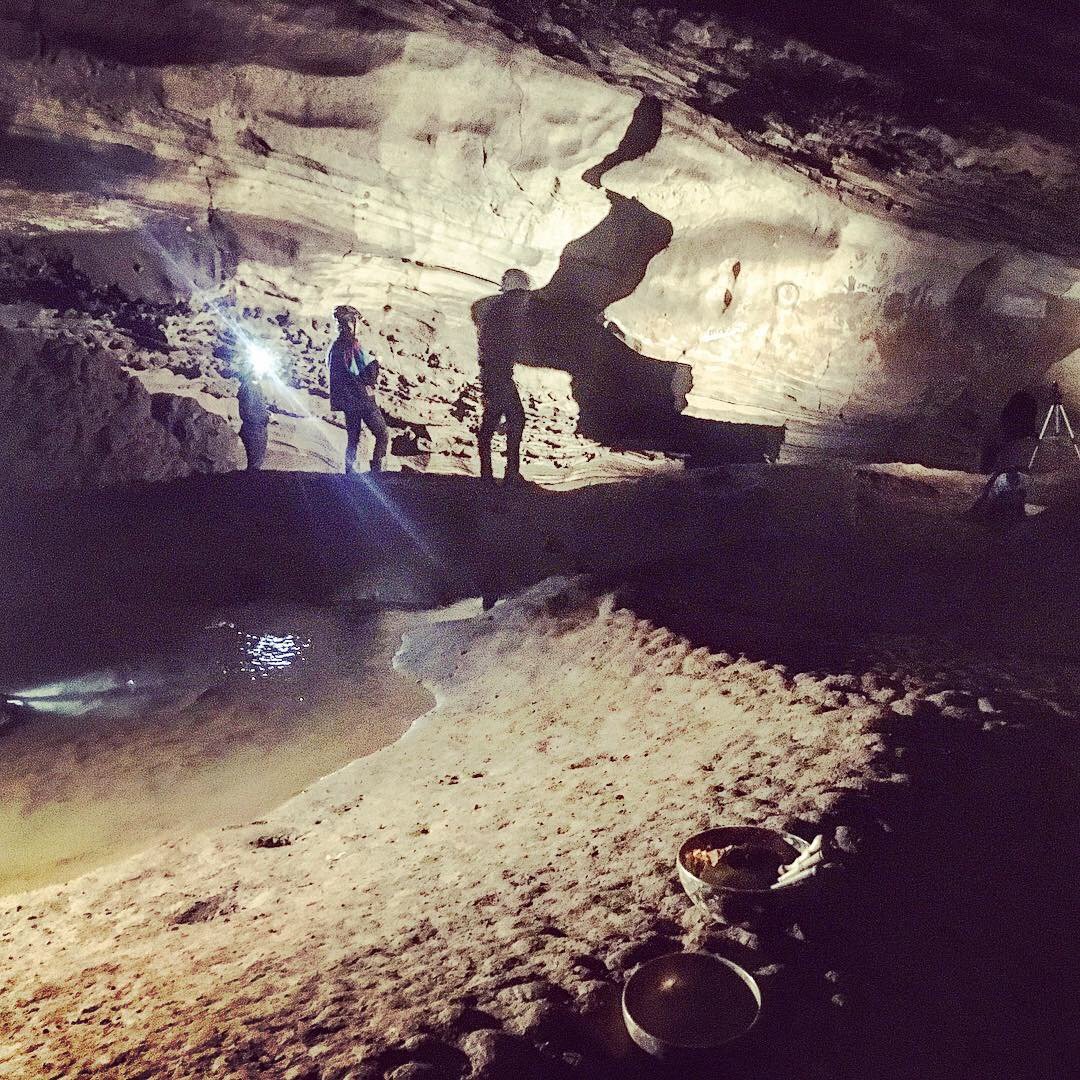
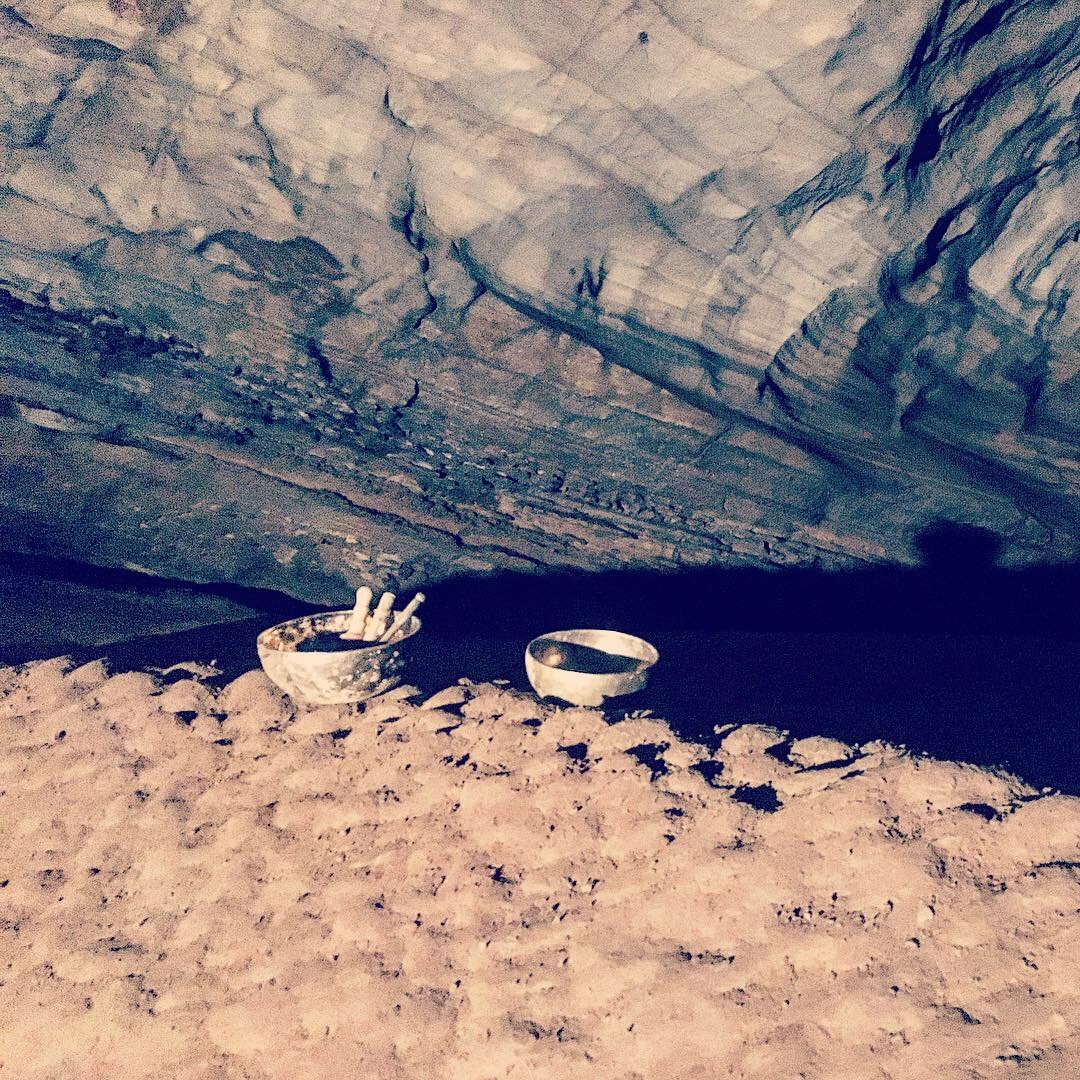

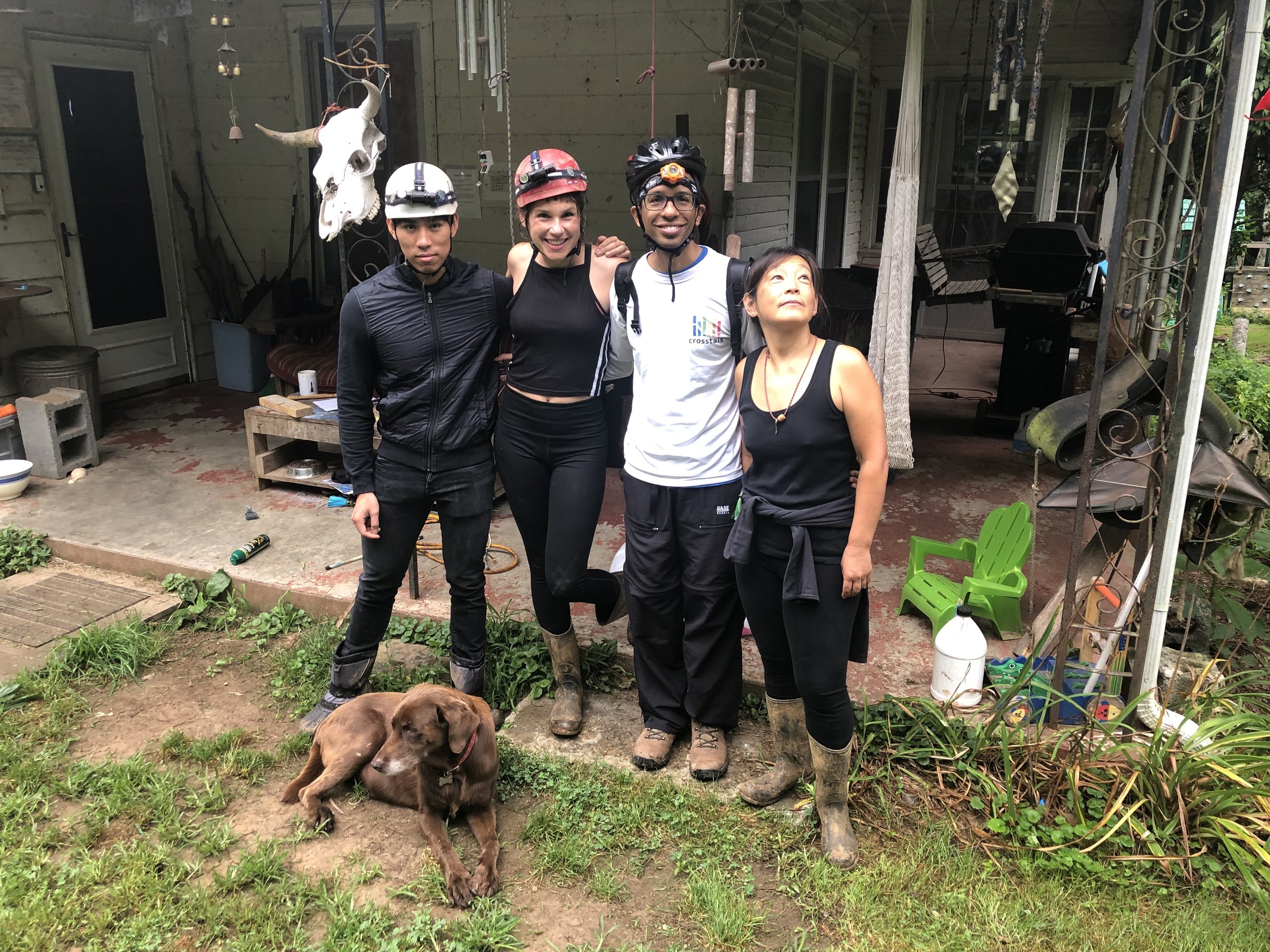
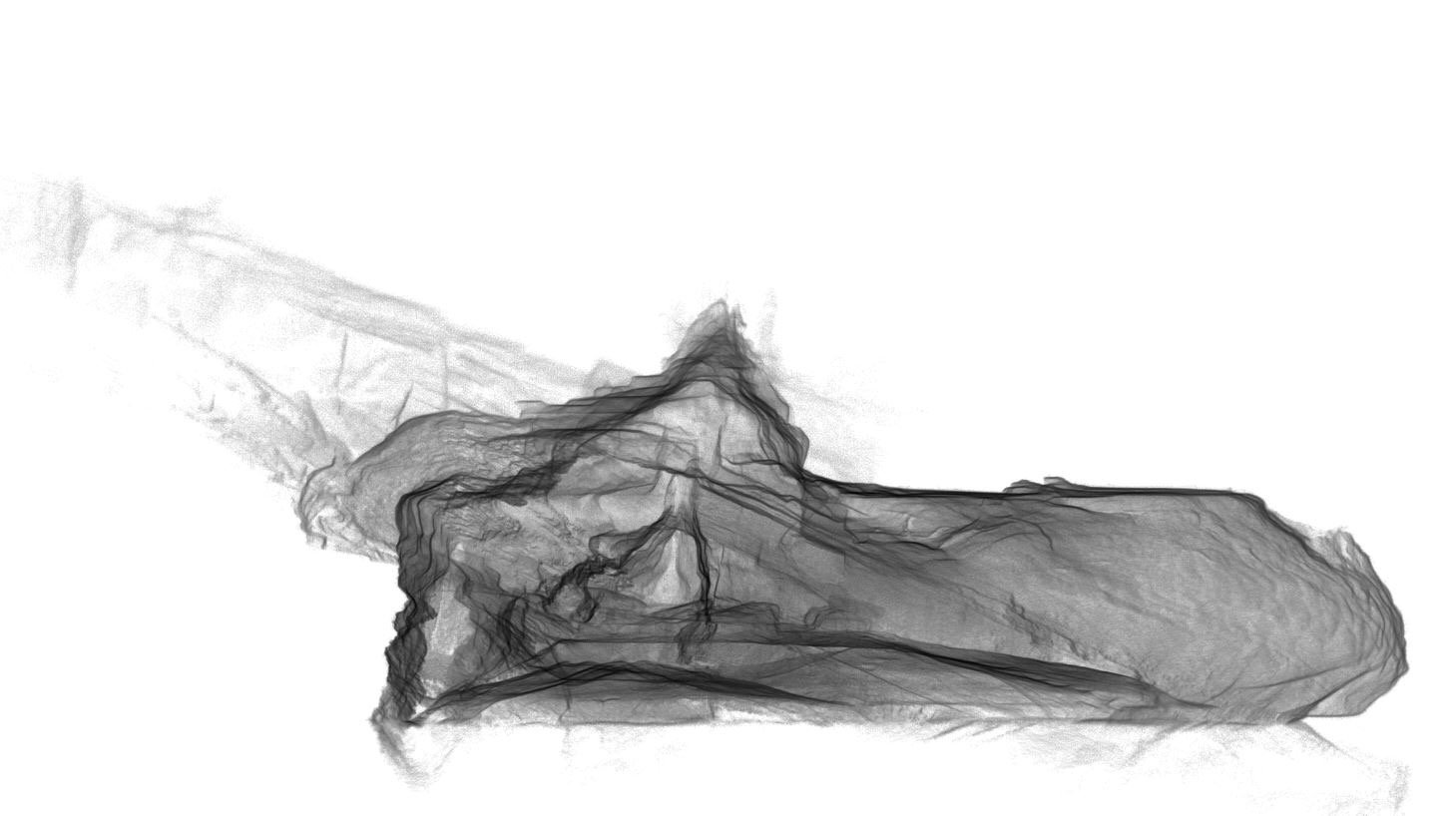
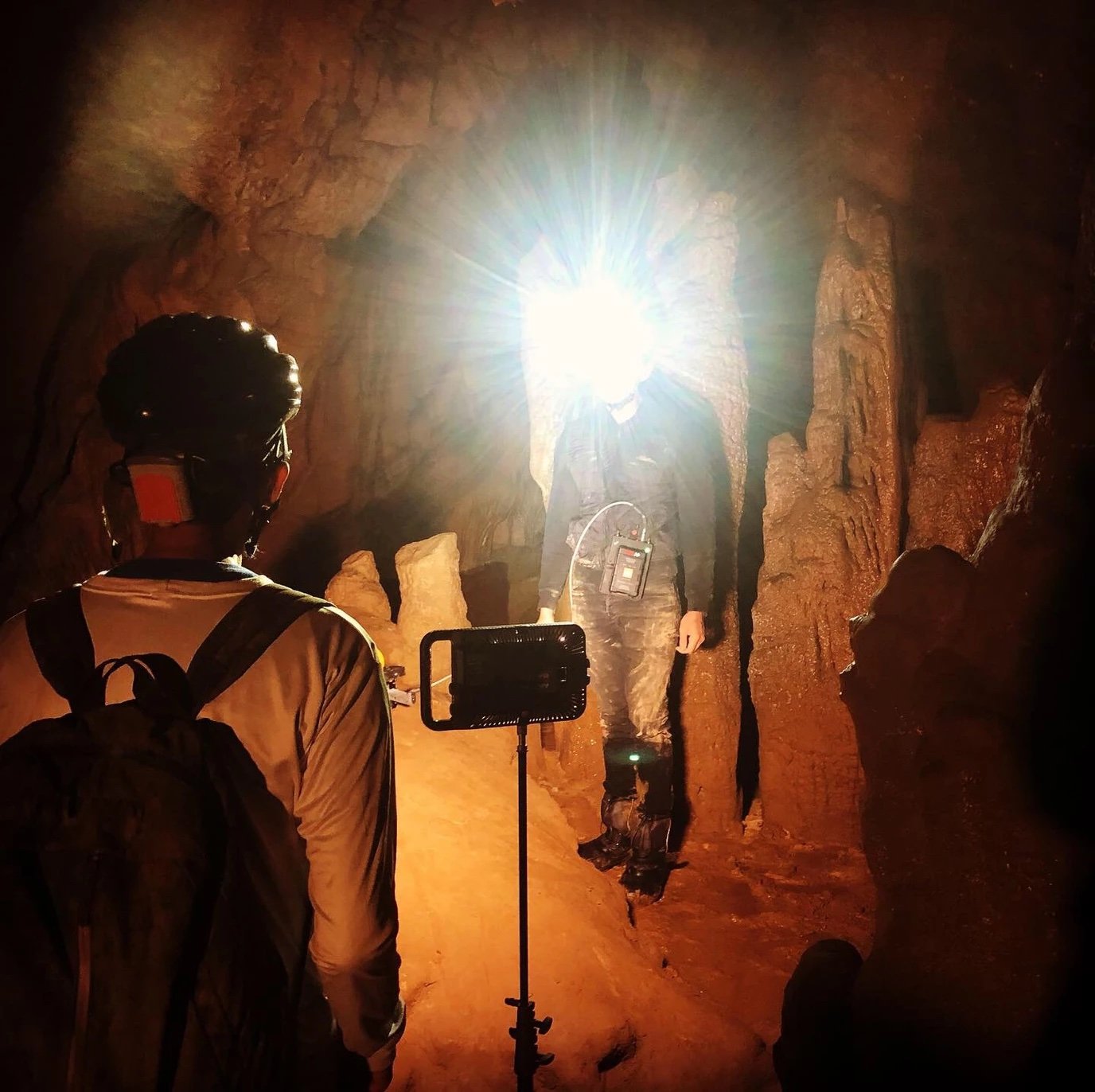
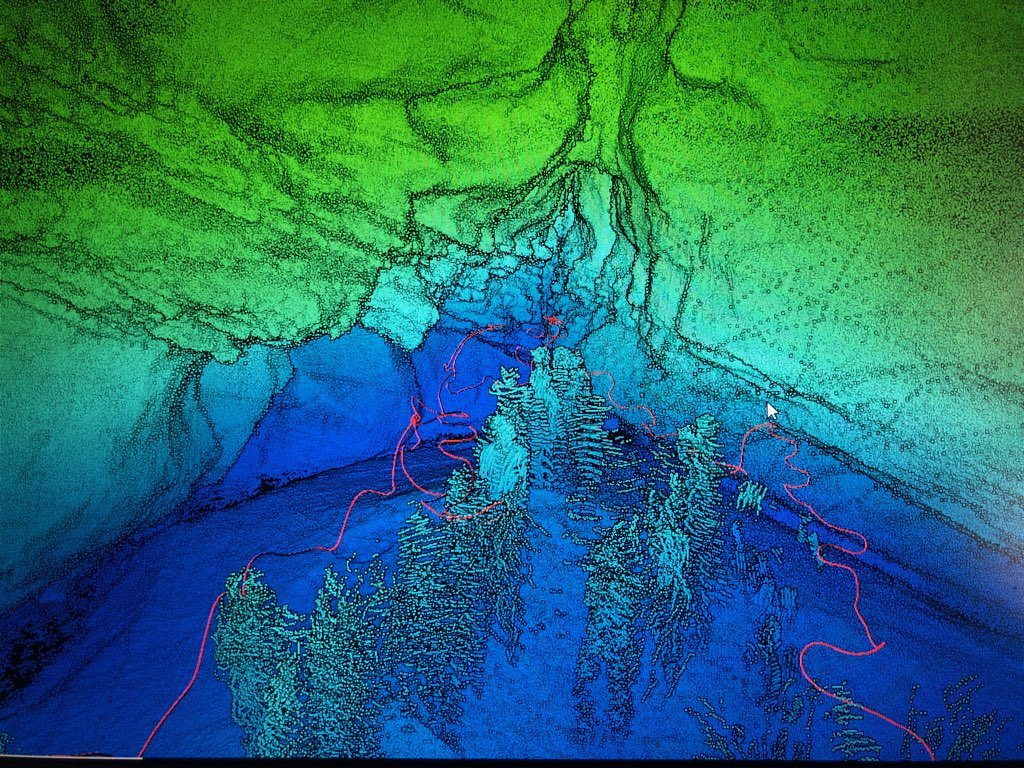
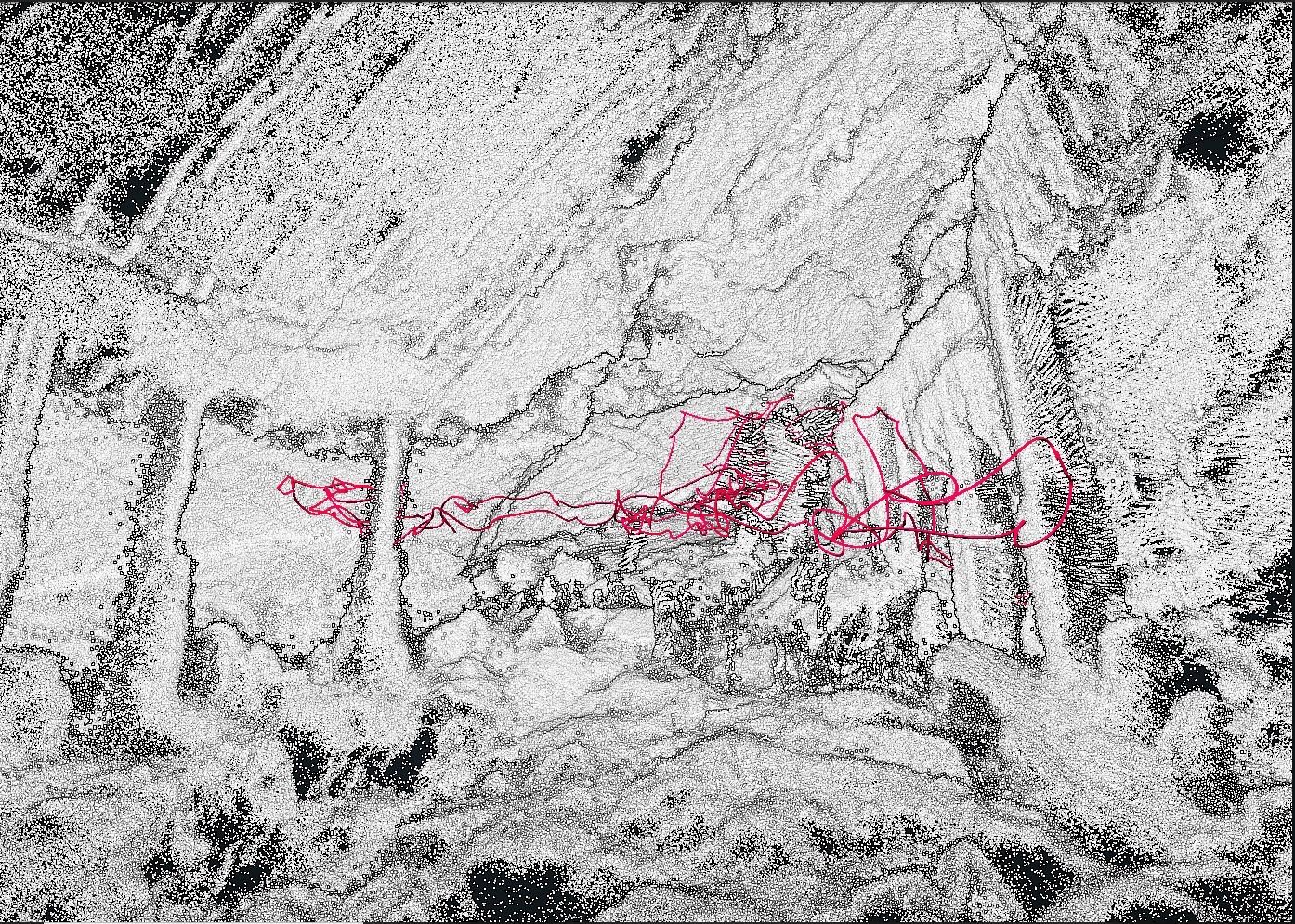
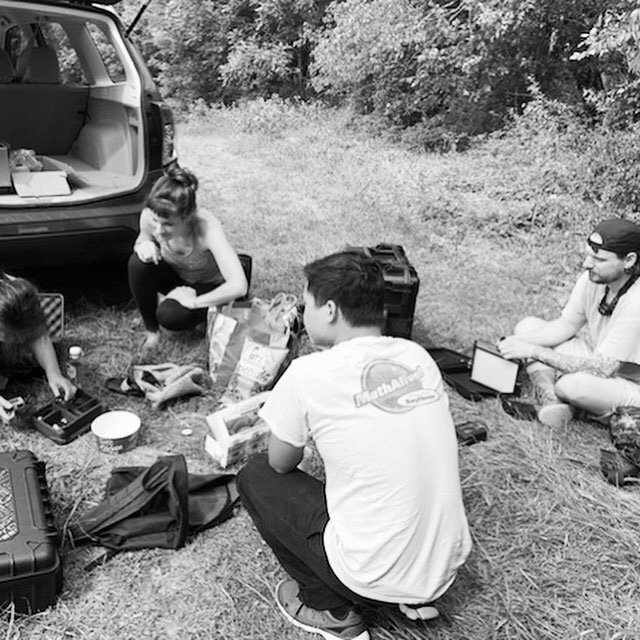


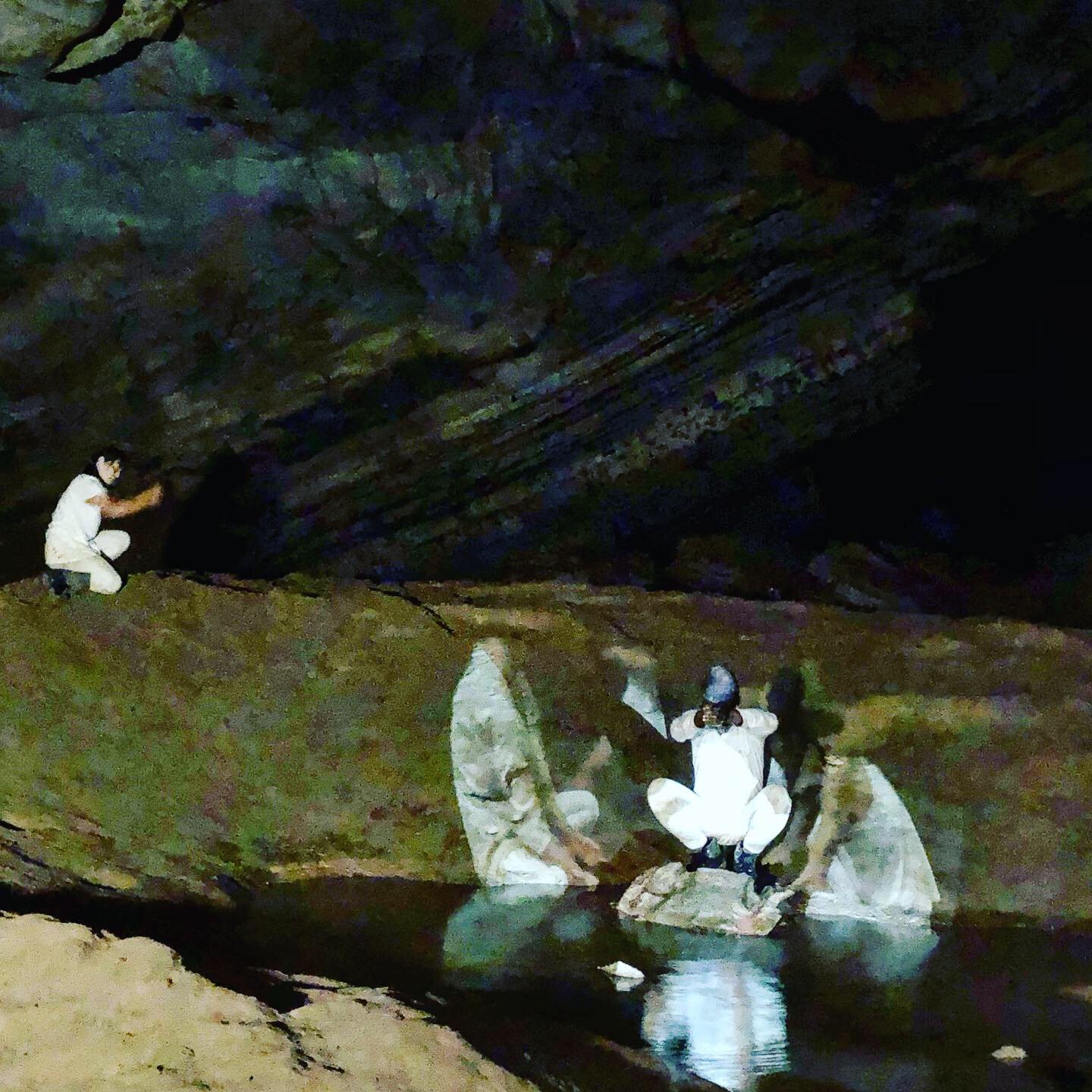
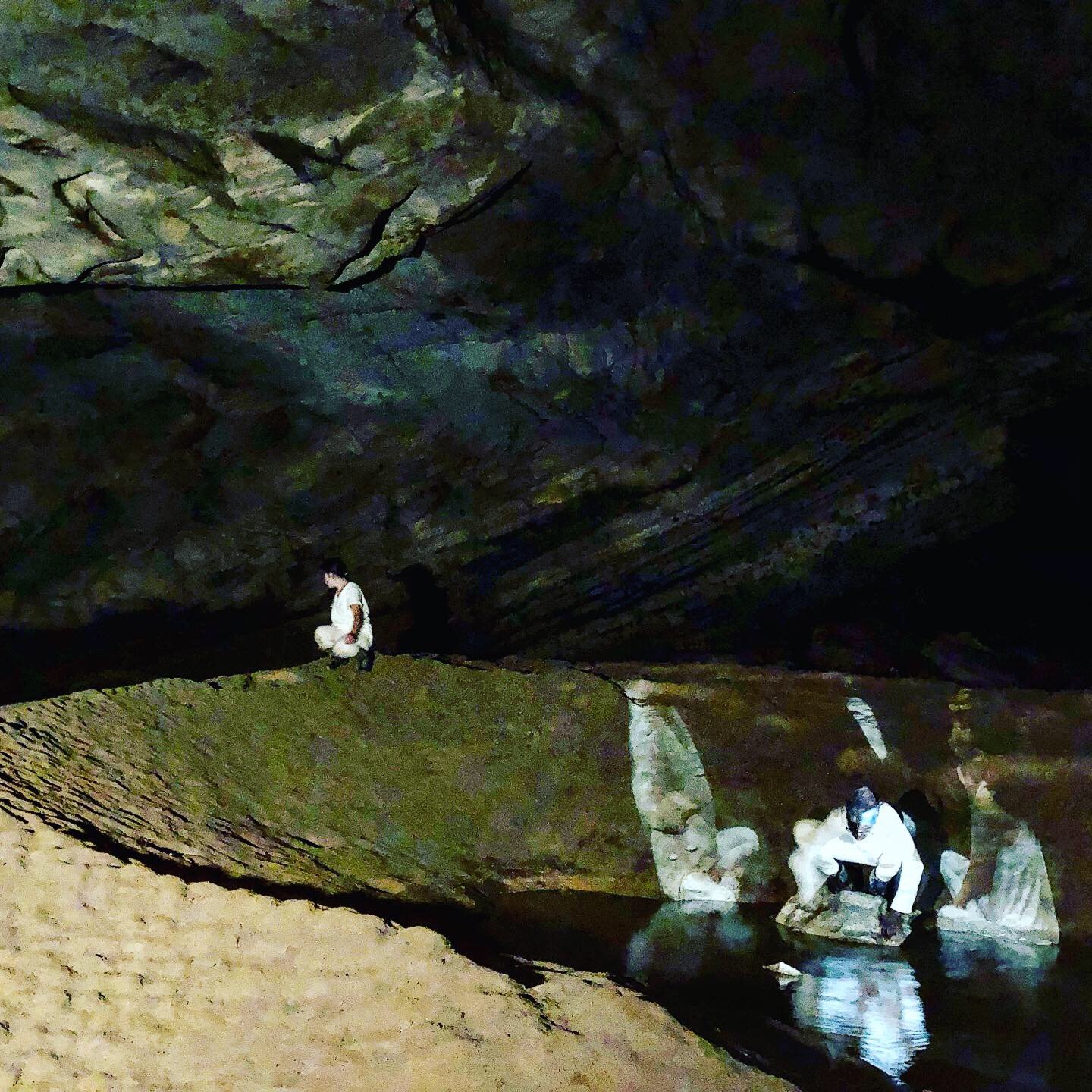
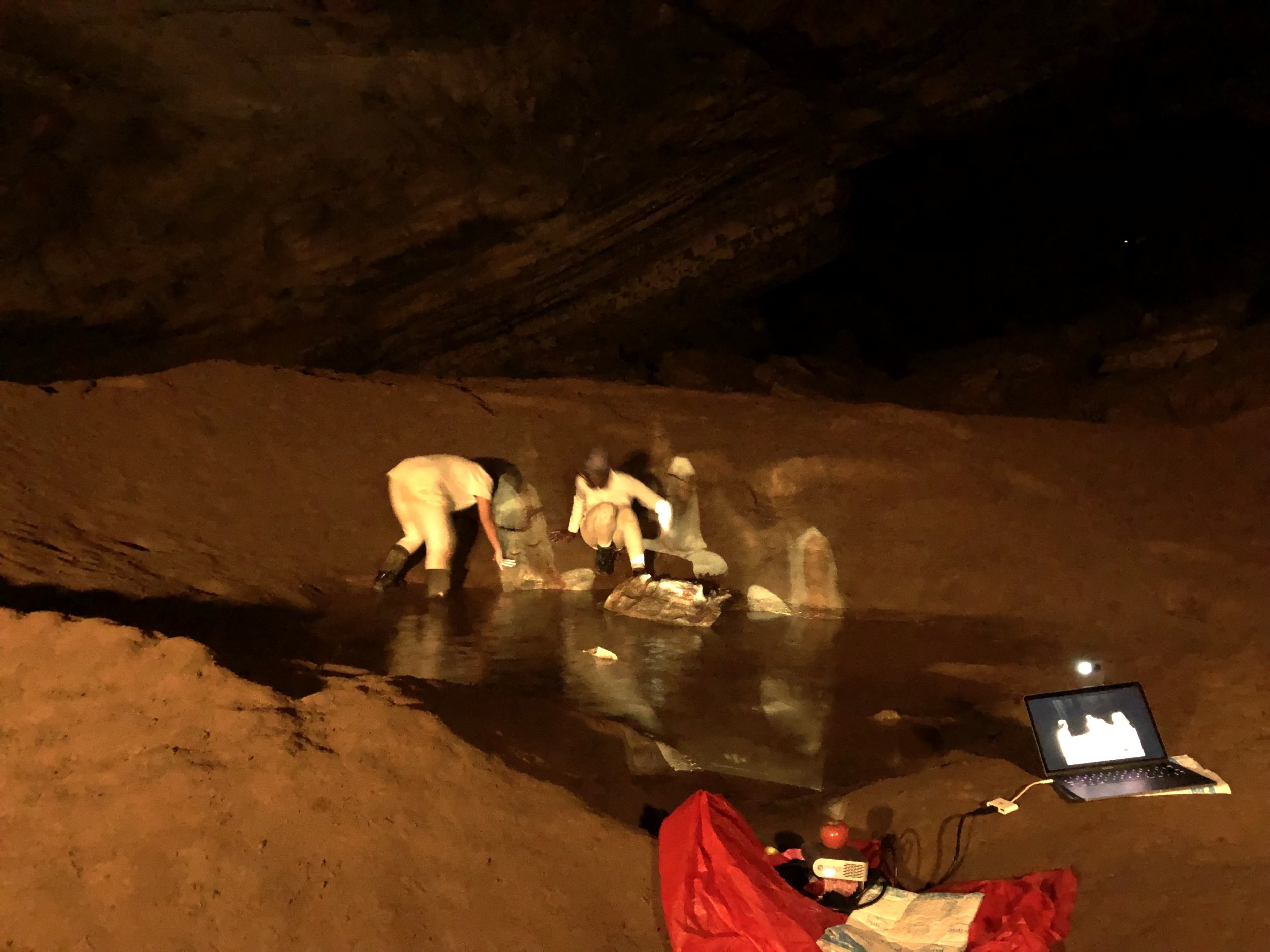

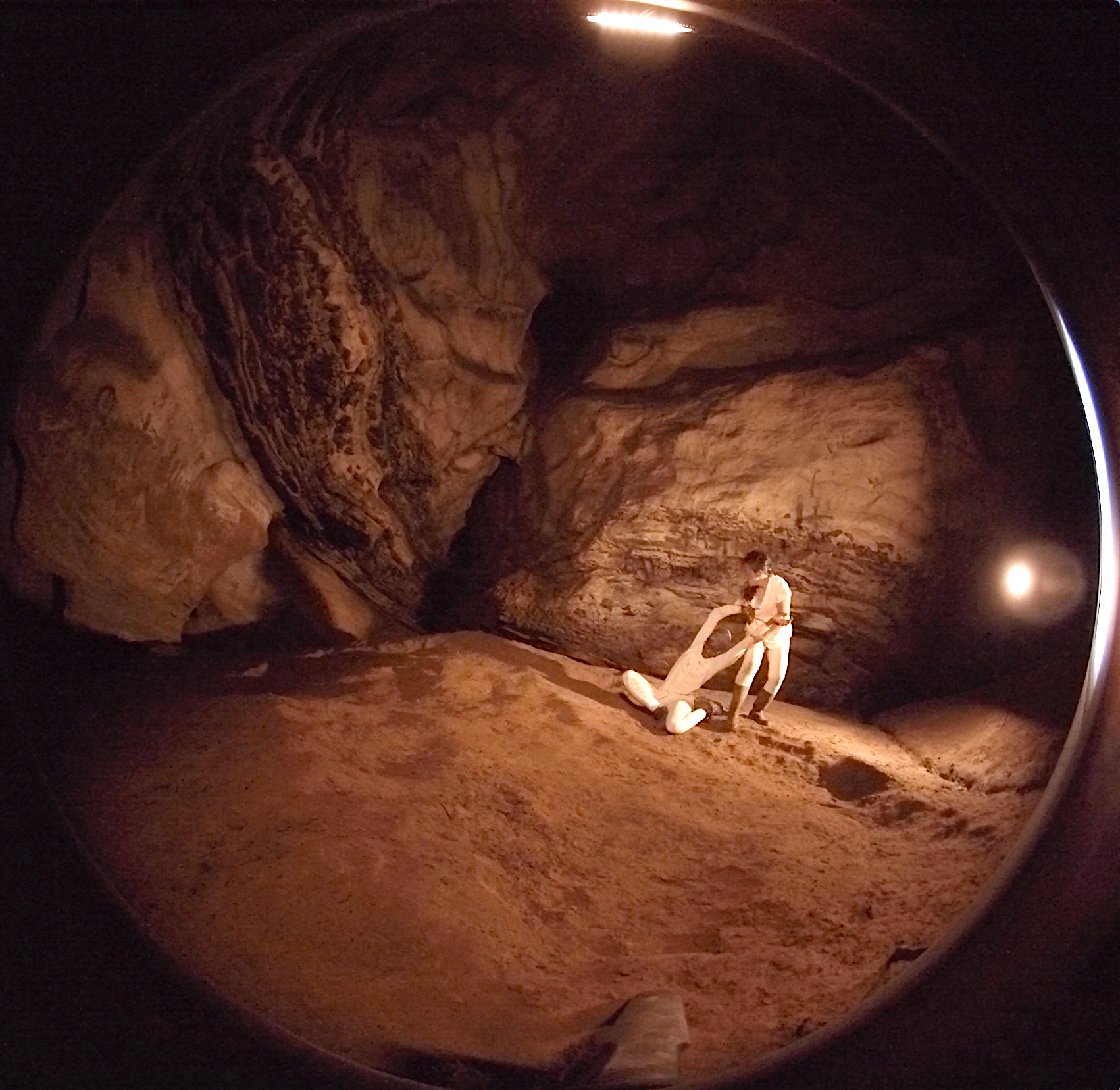
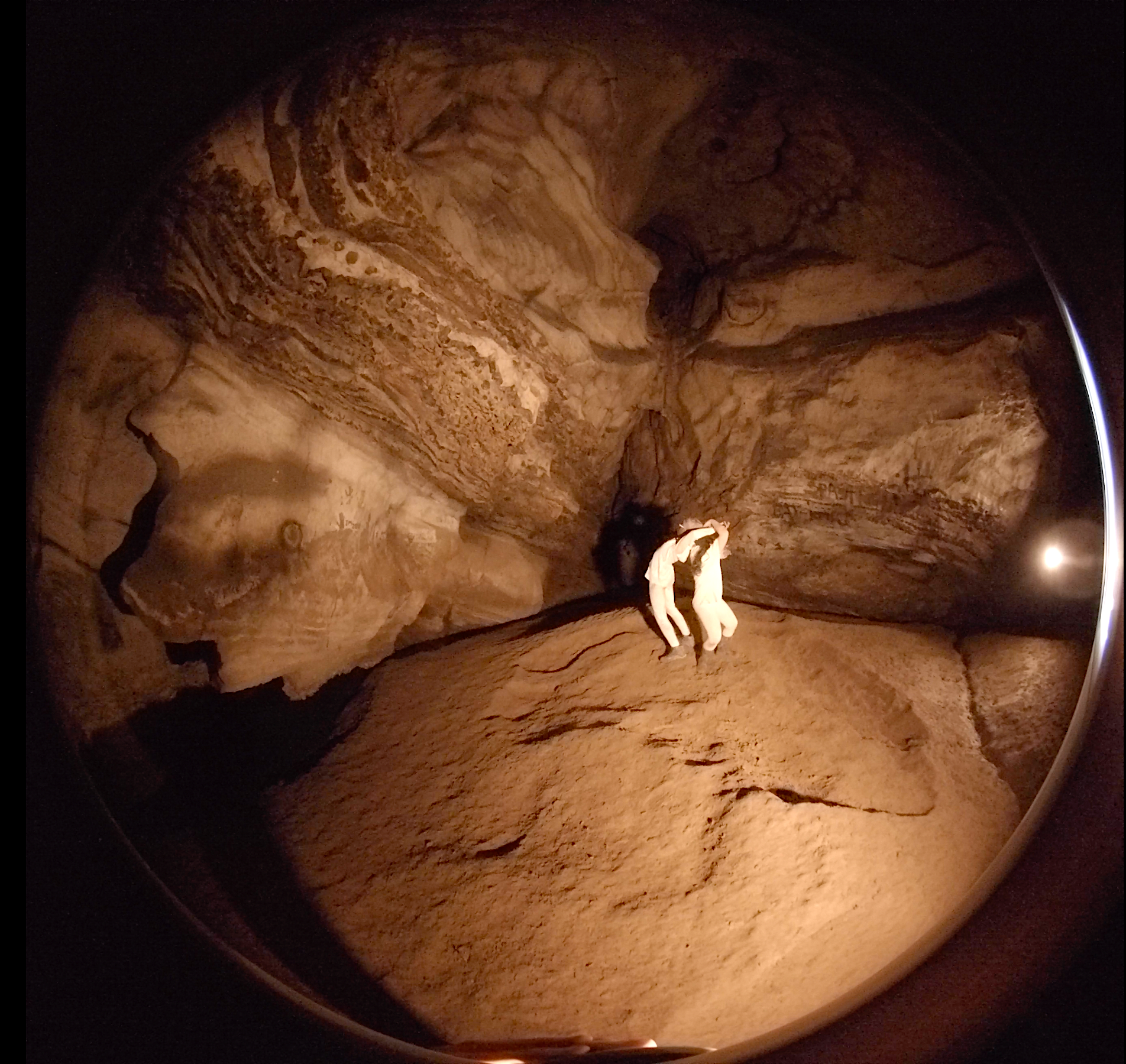
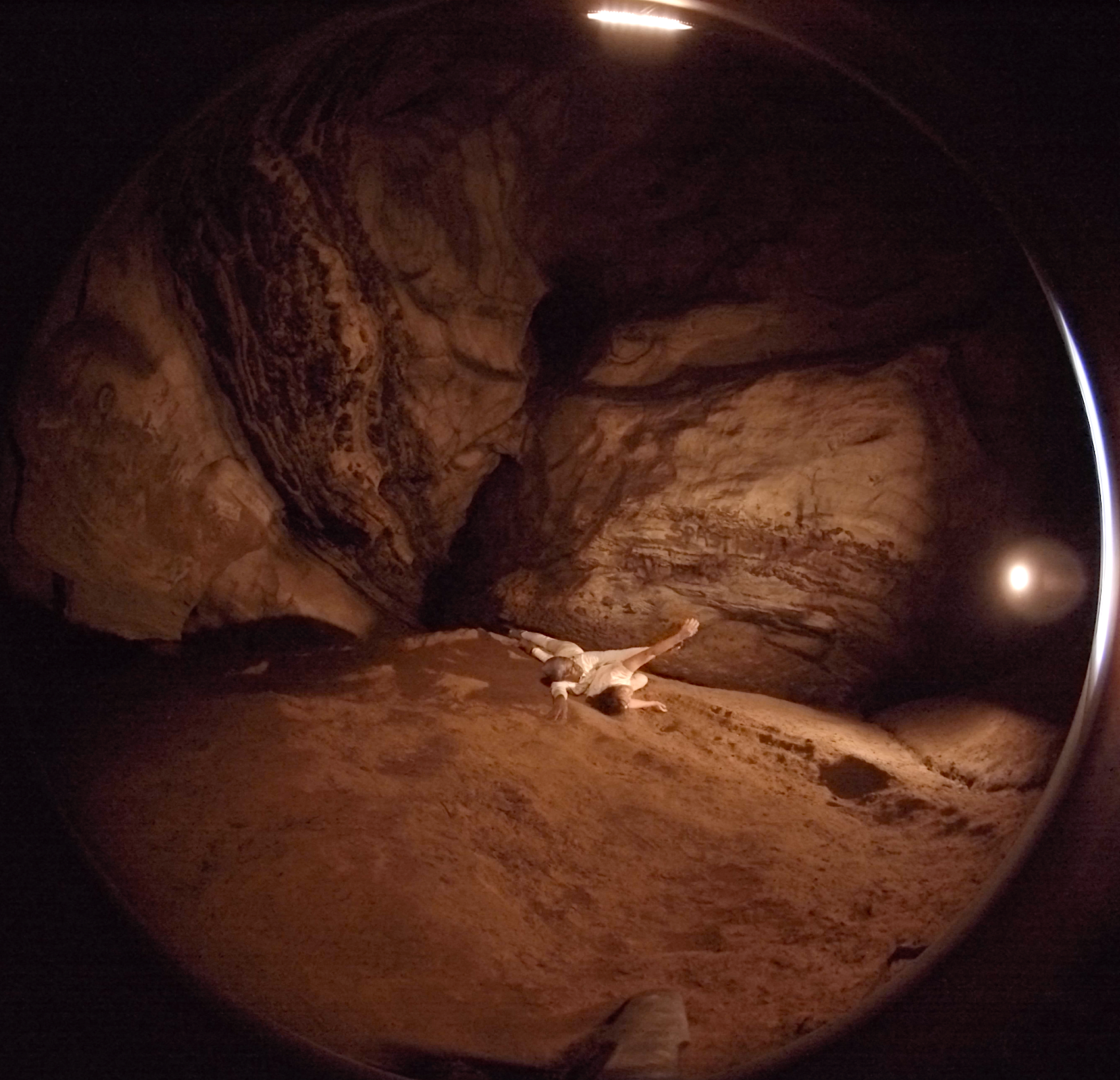
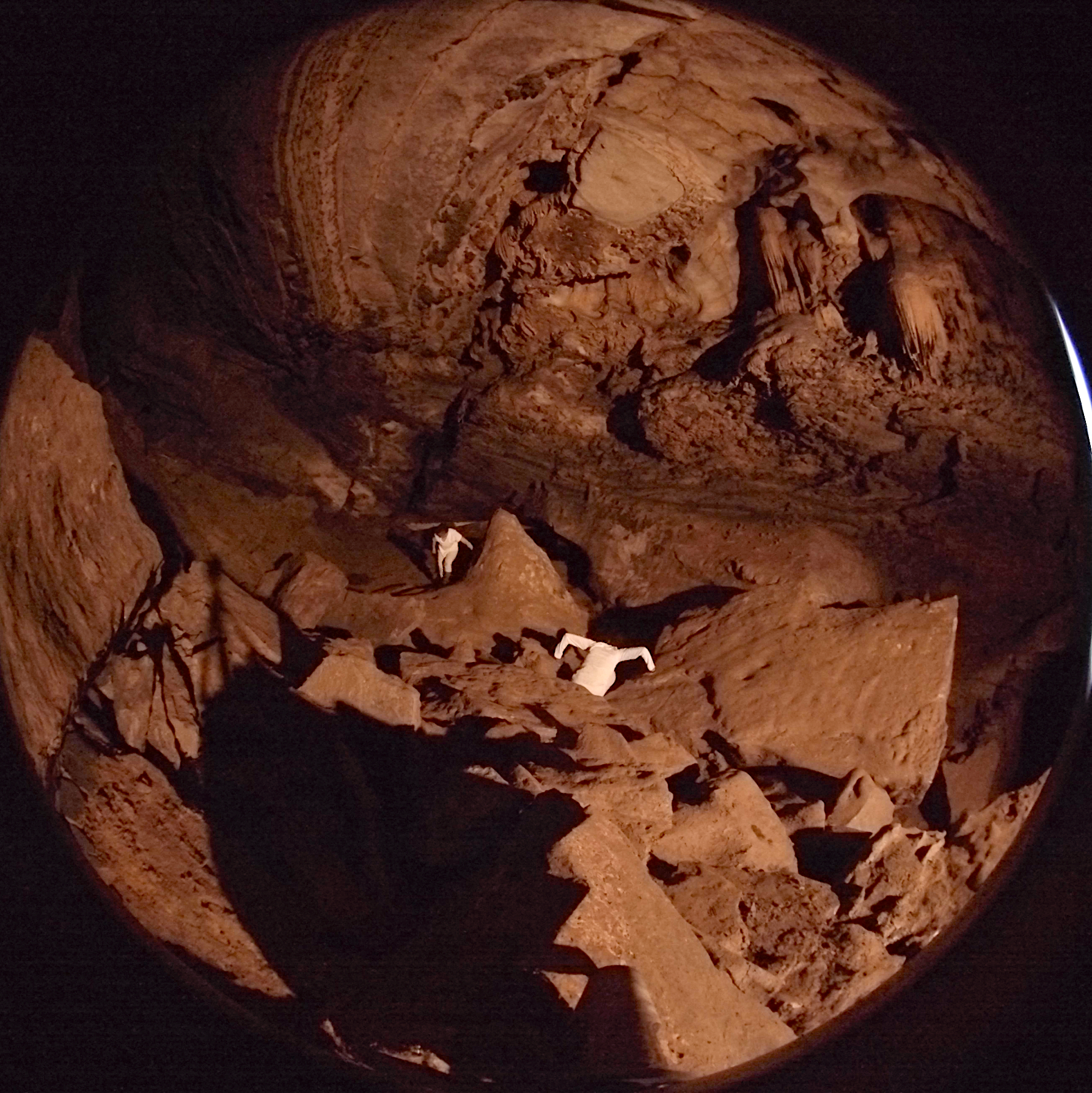
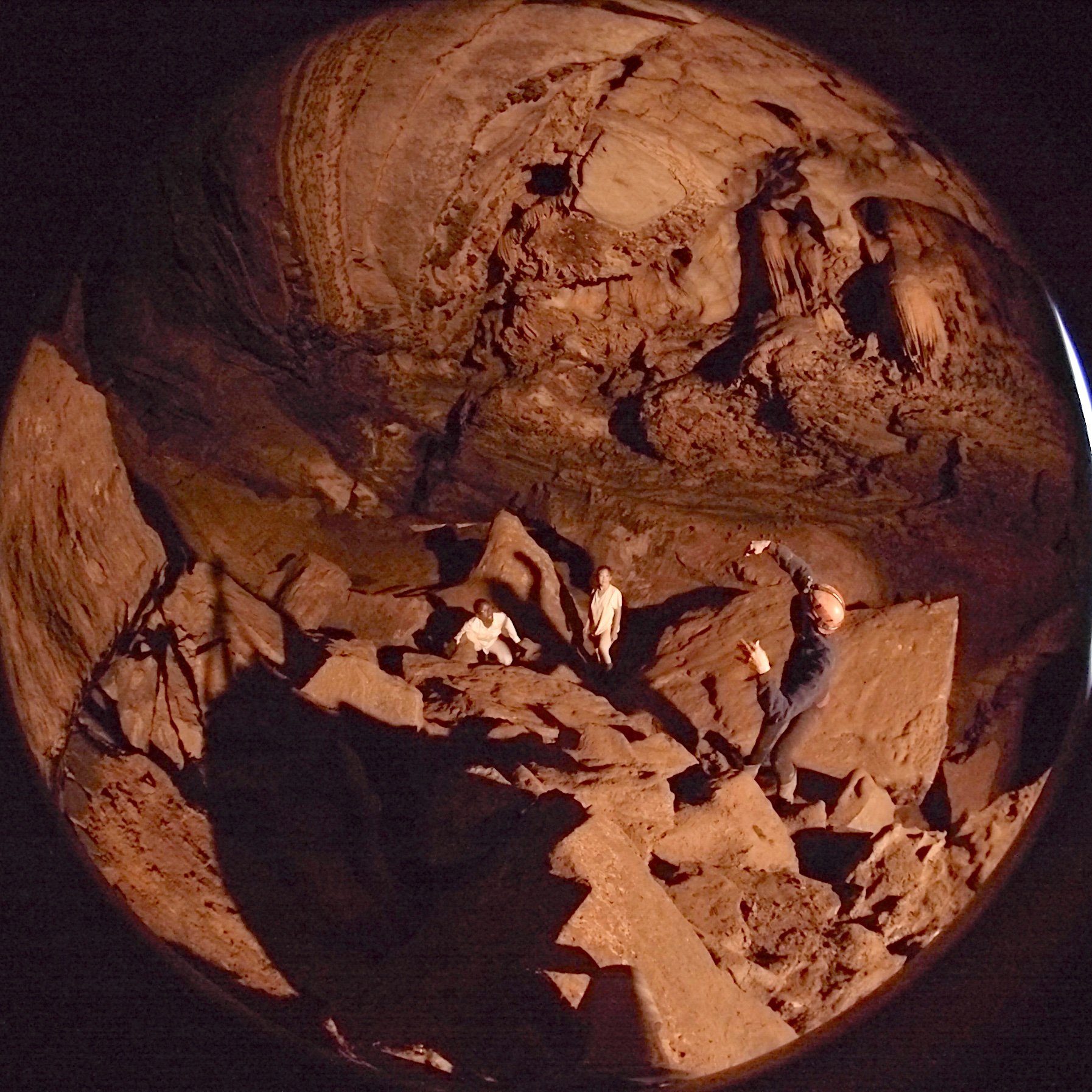
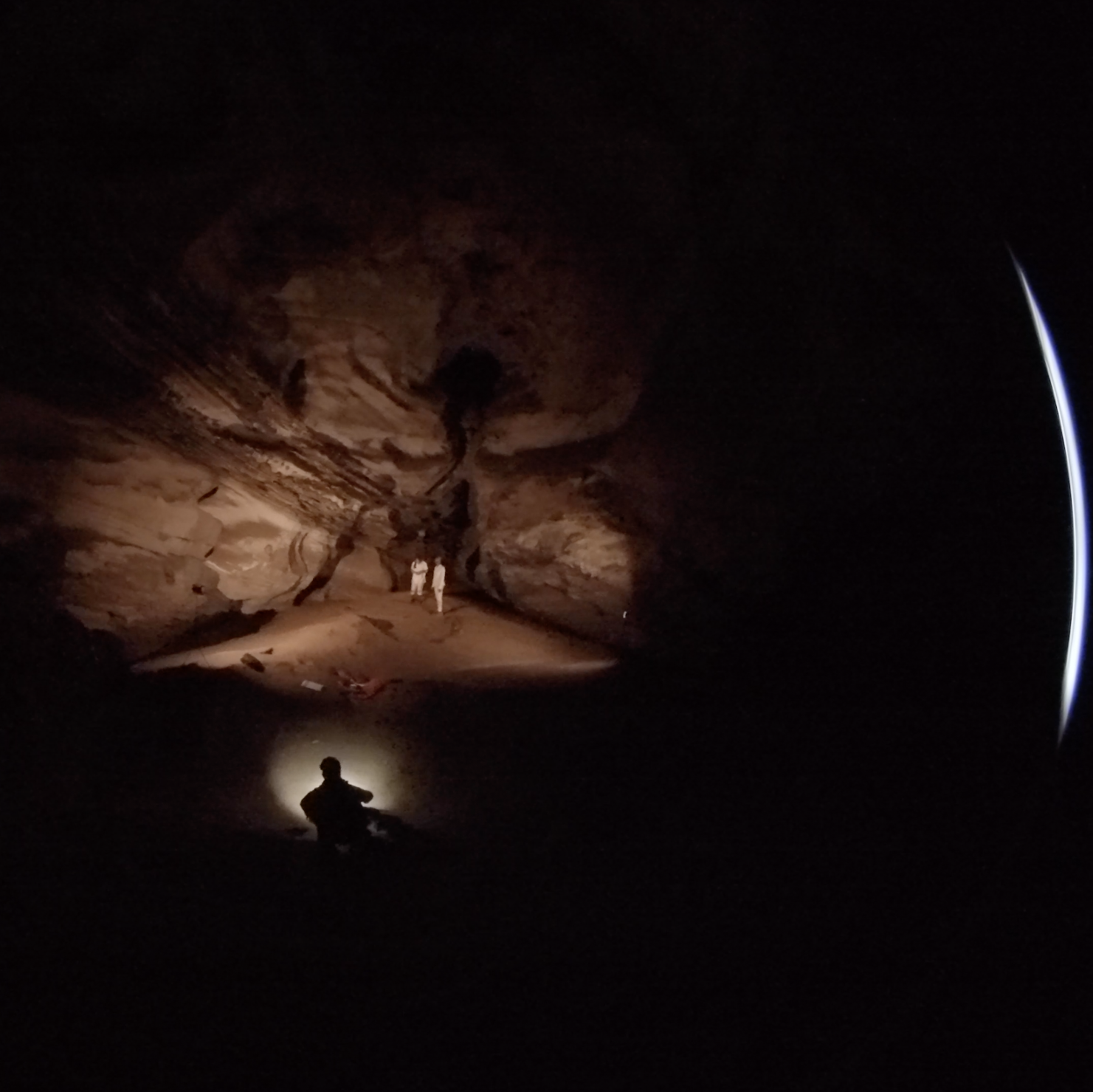
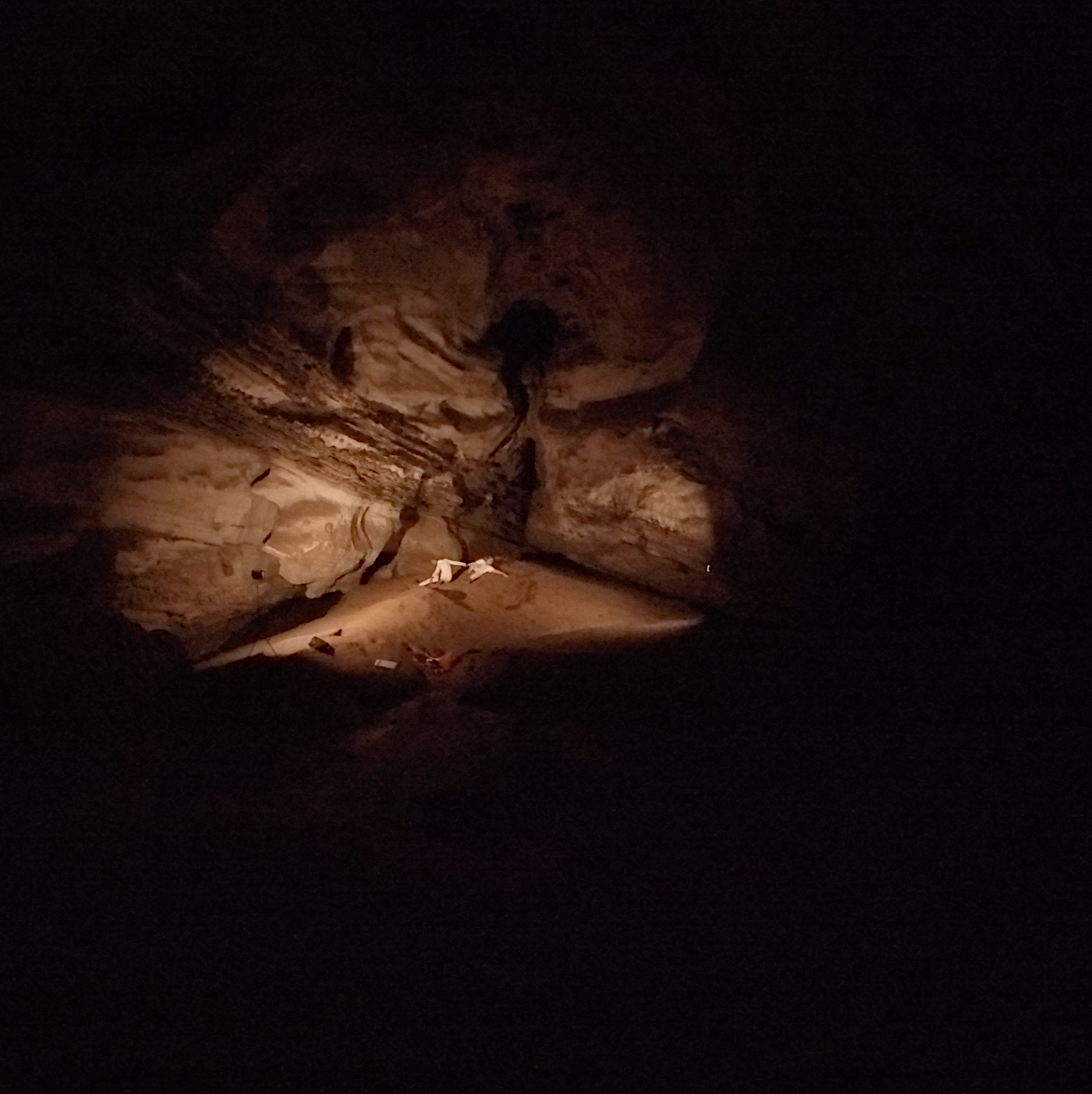
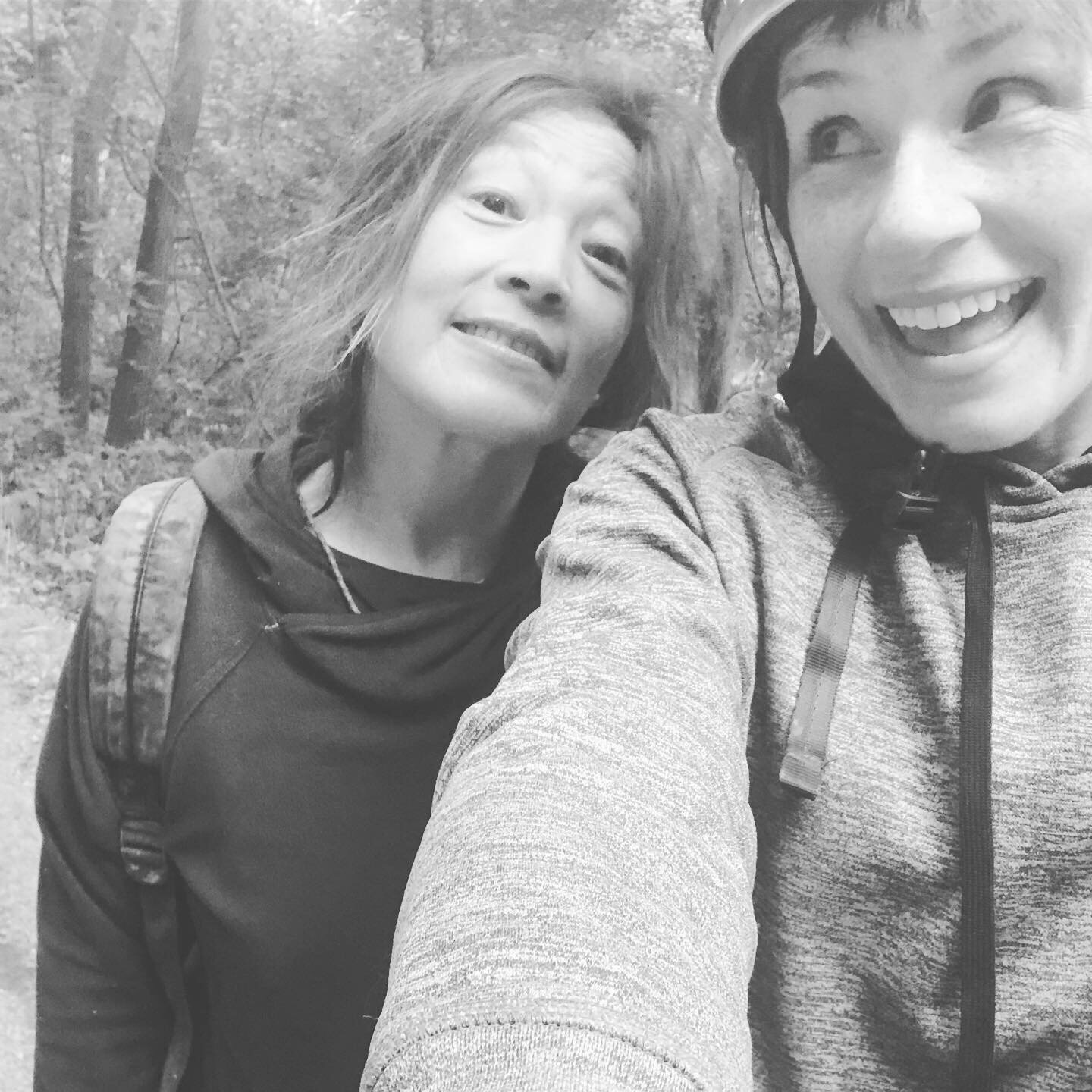

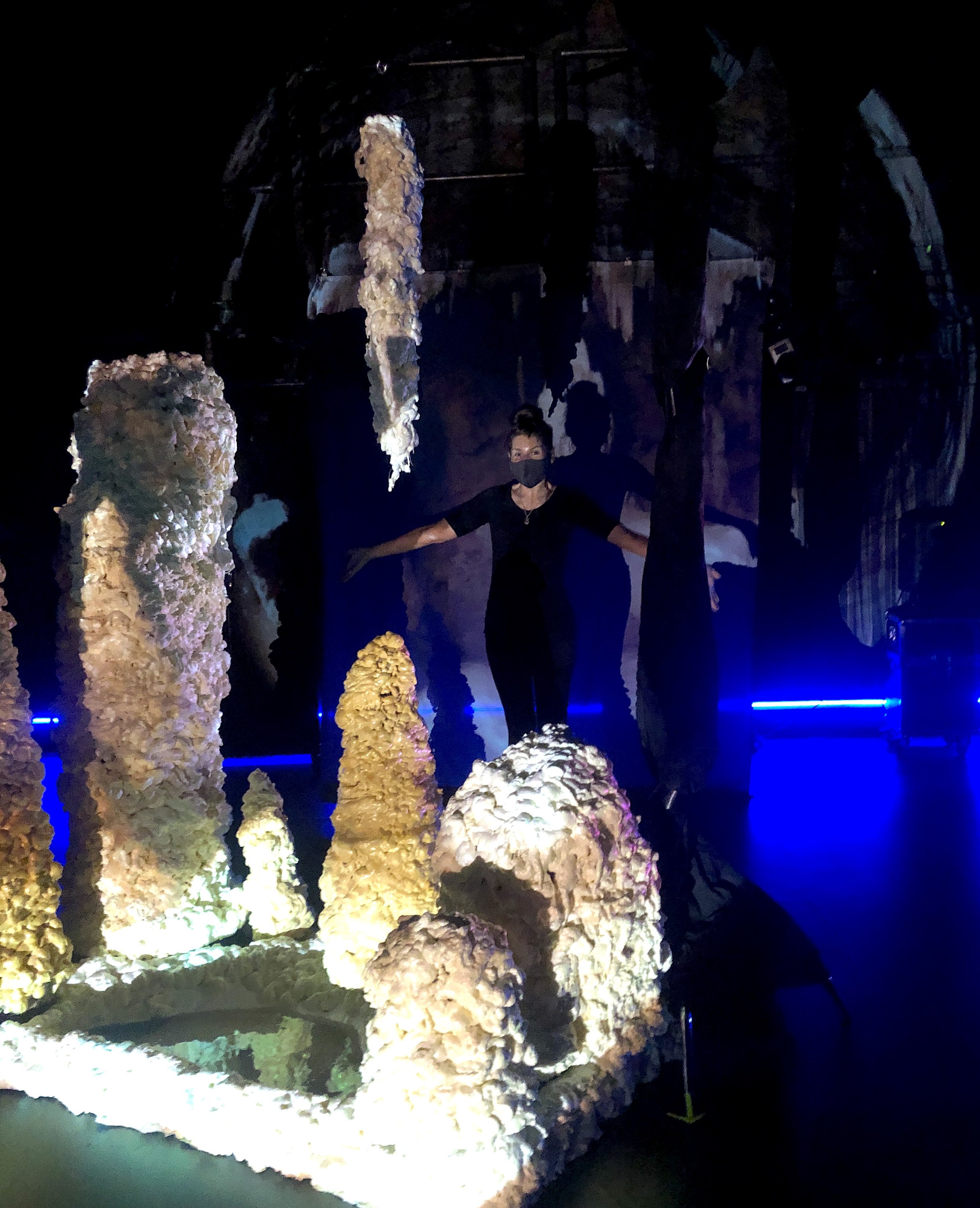
Video Excerpts Along the Way
Excerpts from Future Cave, a Collaborative Experiment by Millie Salisbury, Phat Nguyen, and Hiromi Okumura. Collaborative video capture with Hiromi Okumura. Performers: Millie, Hiromi, and Nathan. Raw audio by Miles Washington, layered by Millie. Funded by an ICAT Sead Grant, at Virginia Tech.




